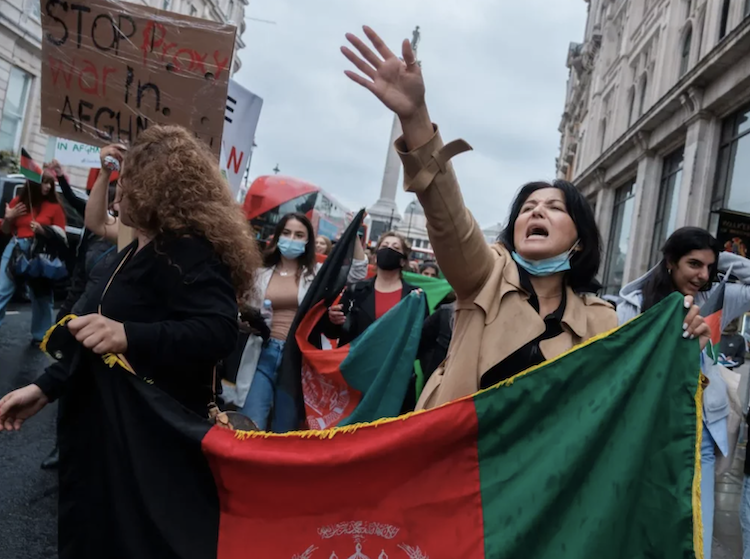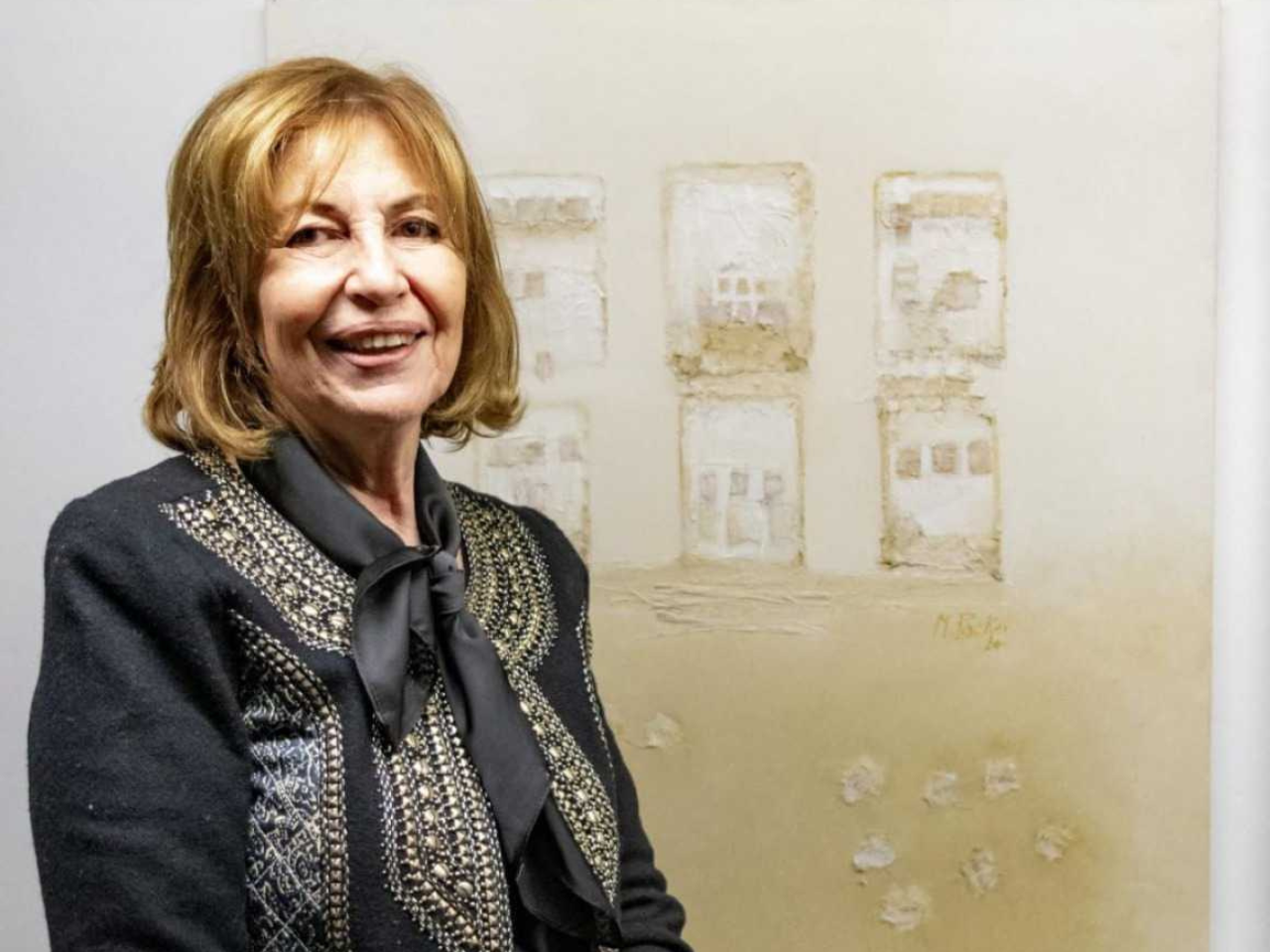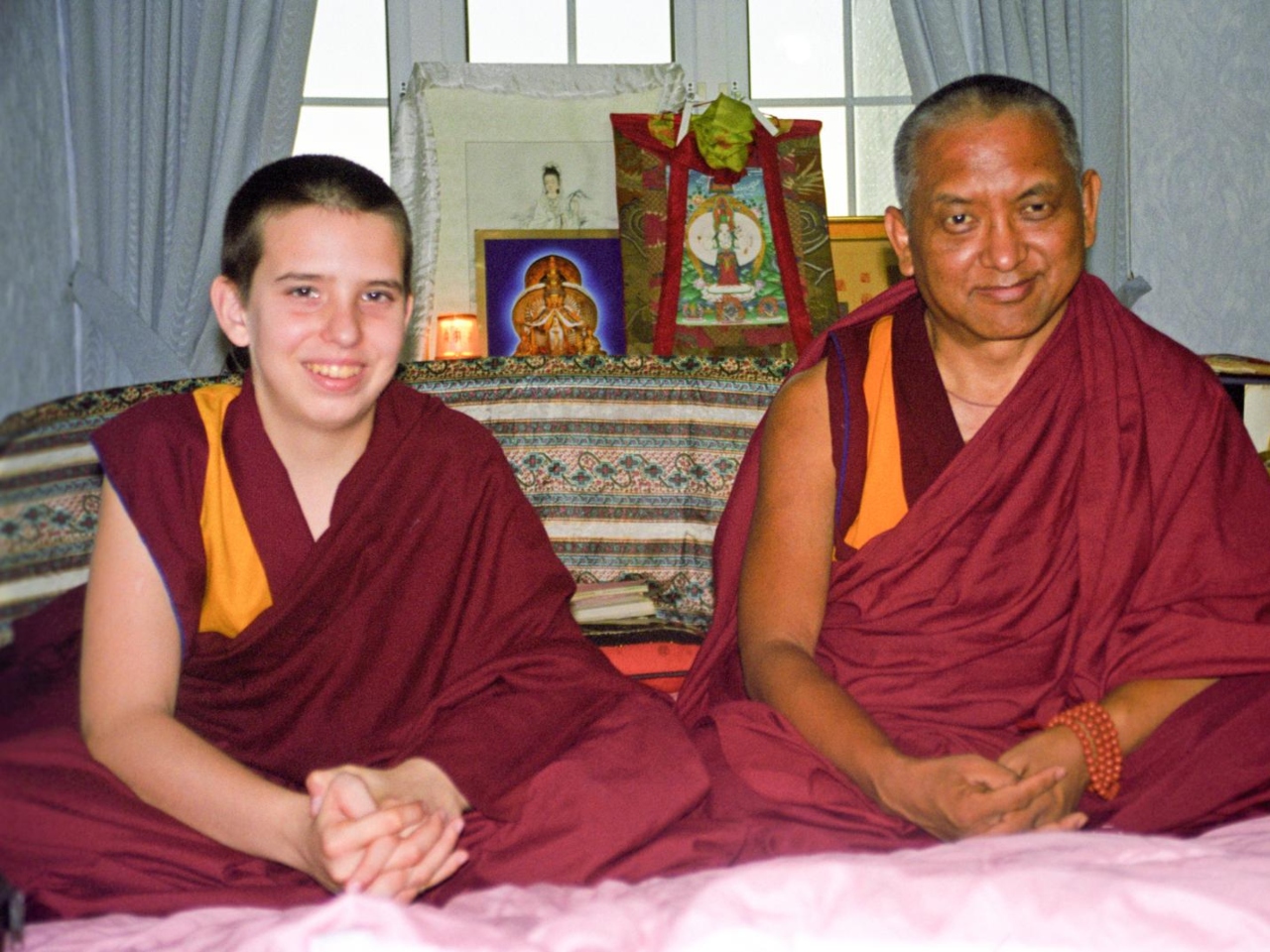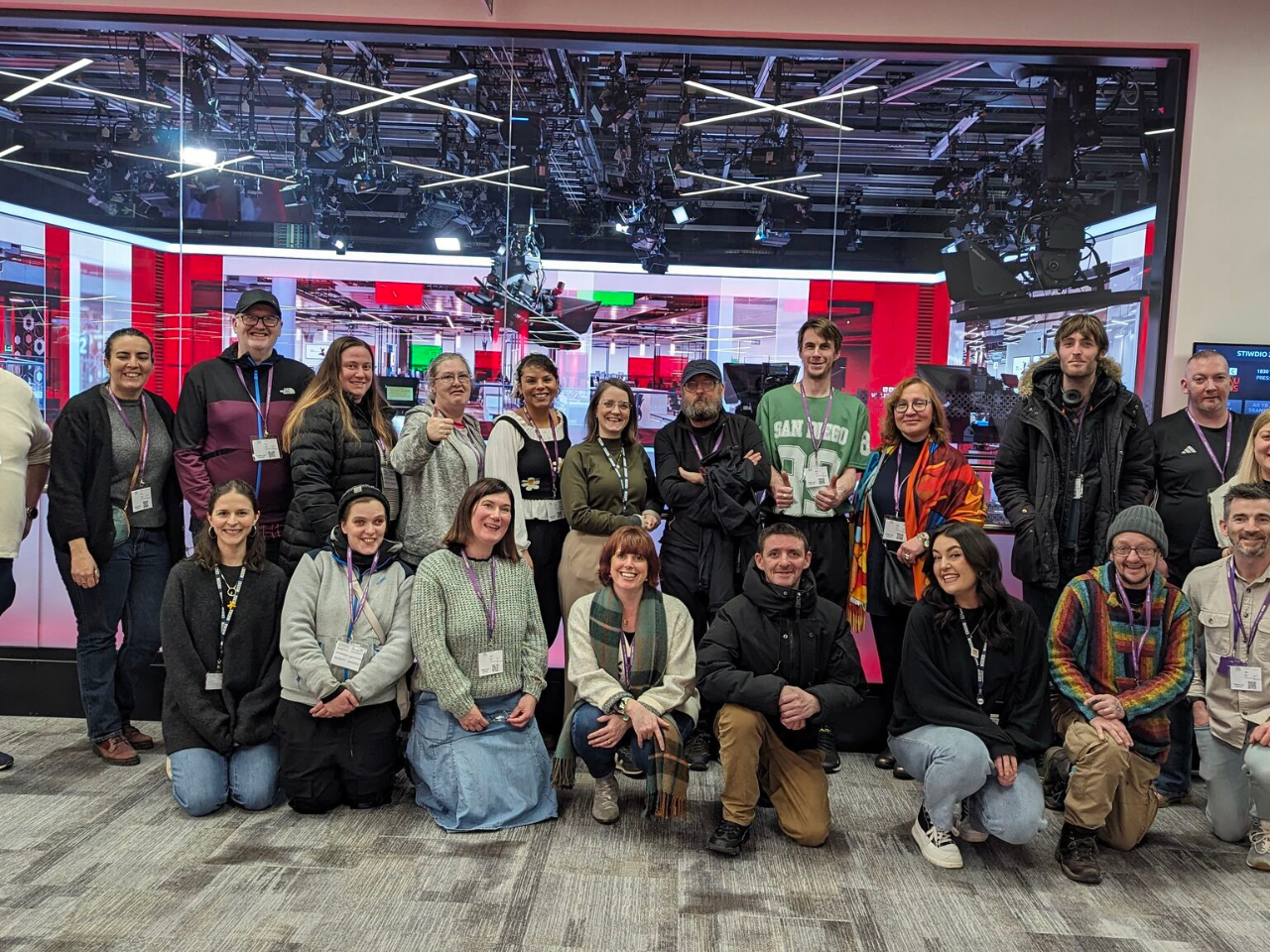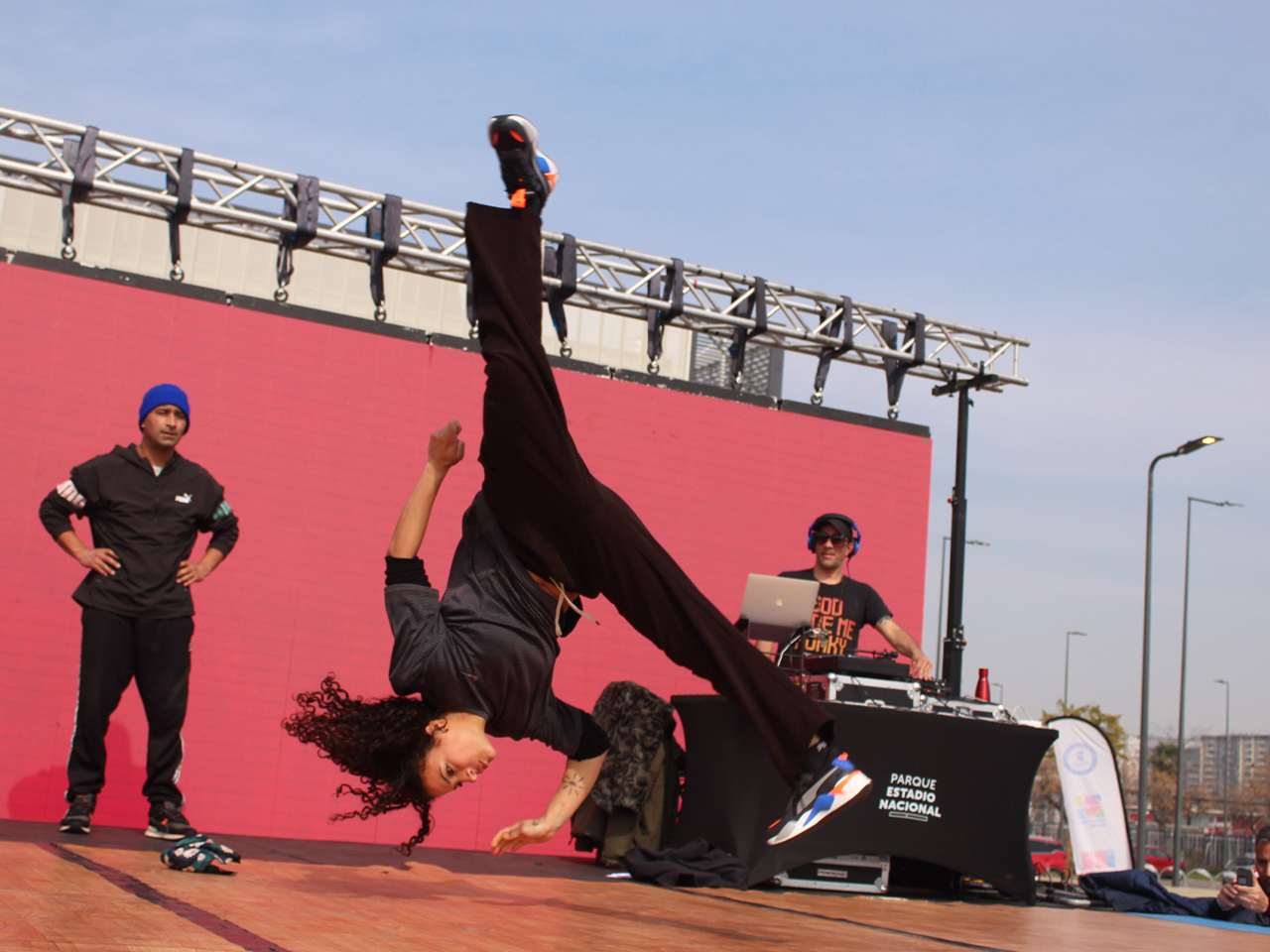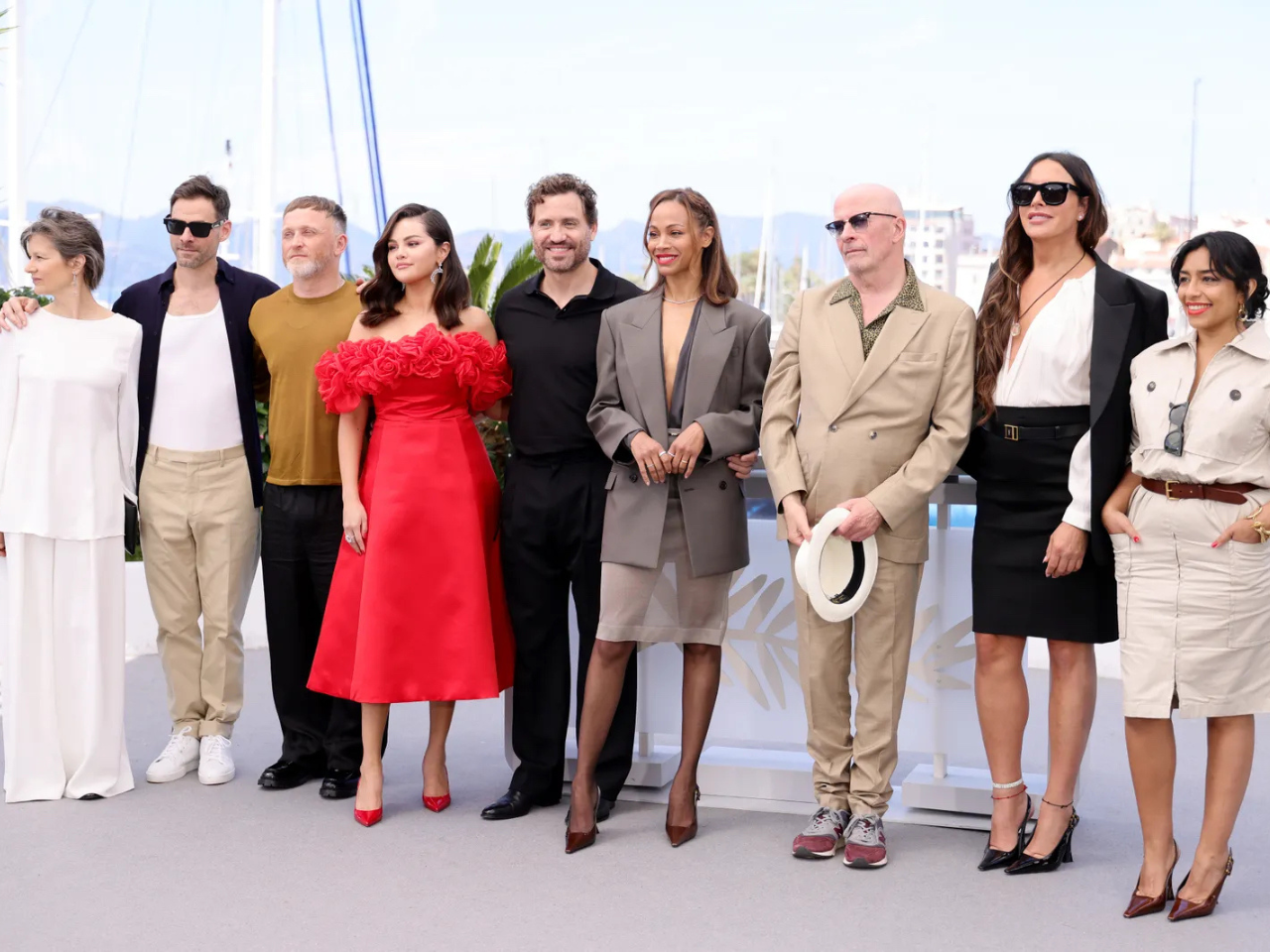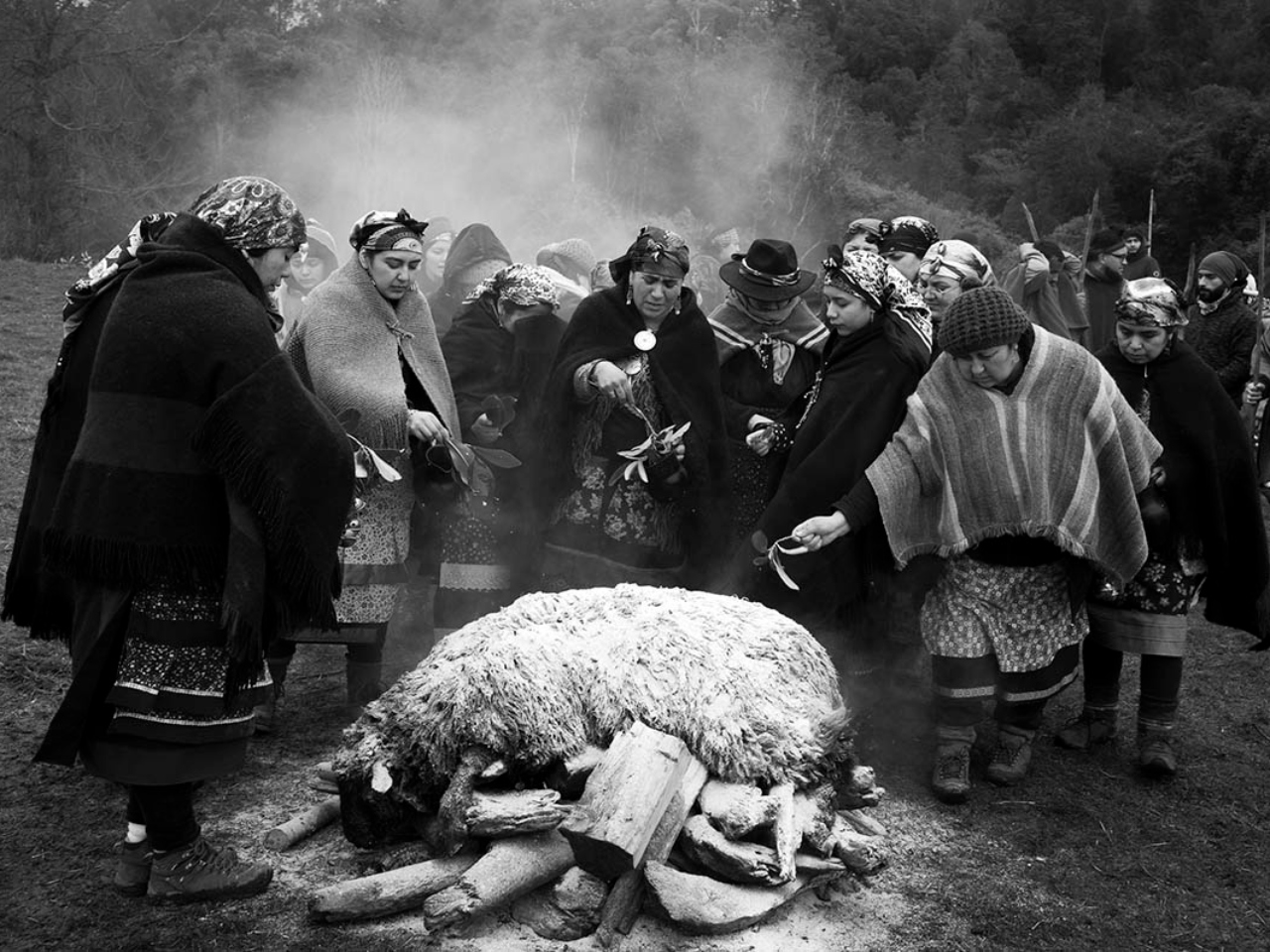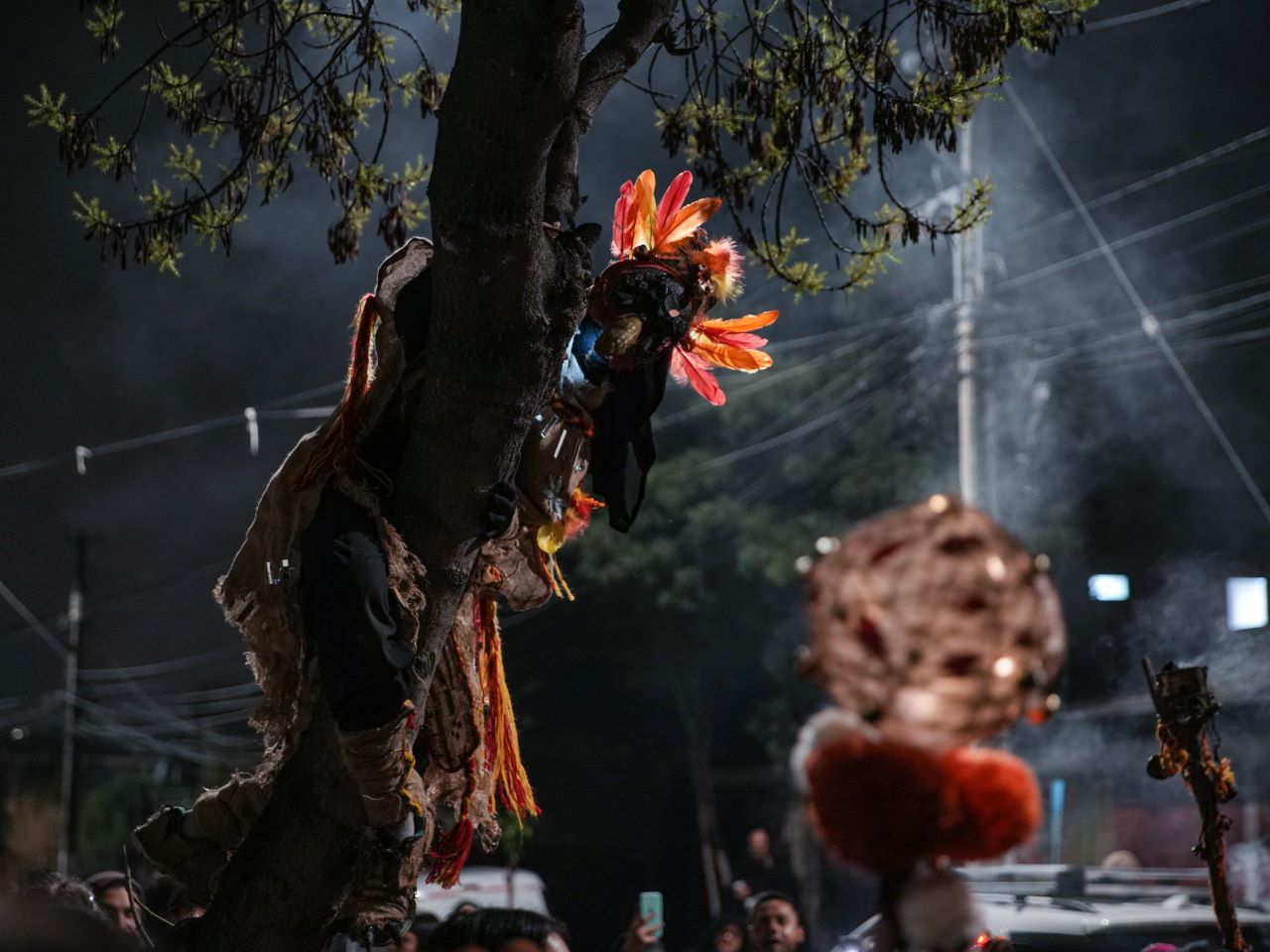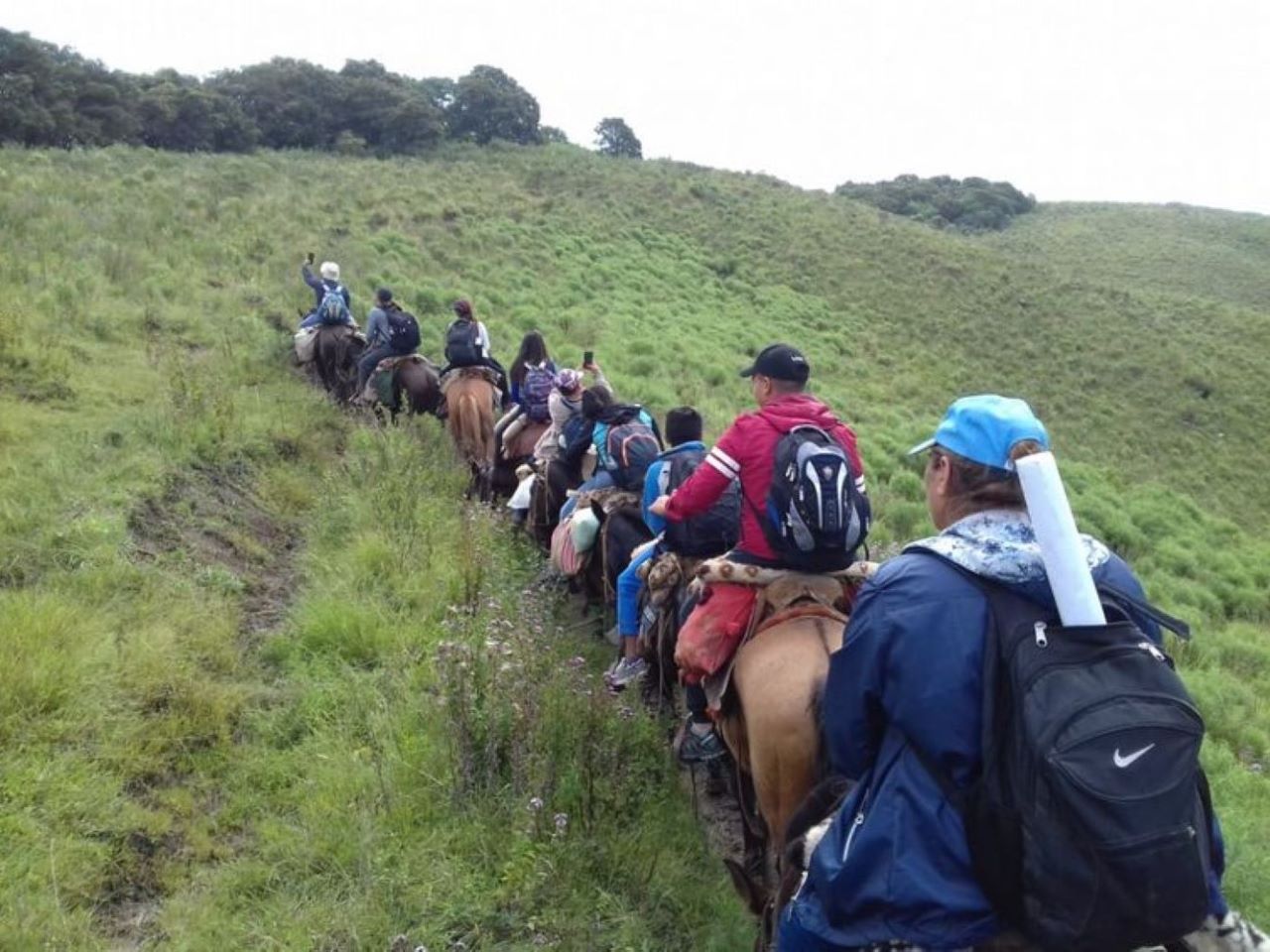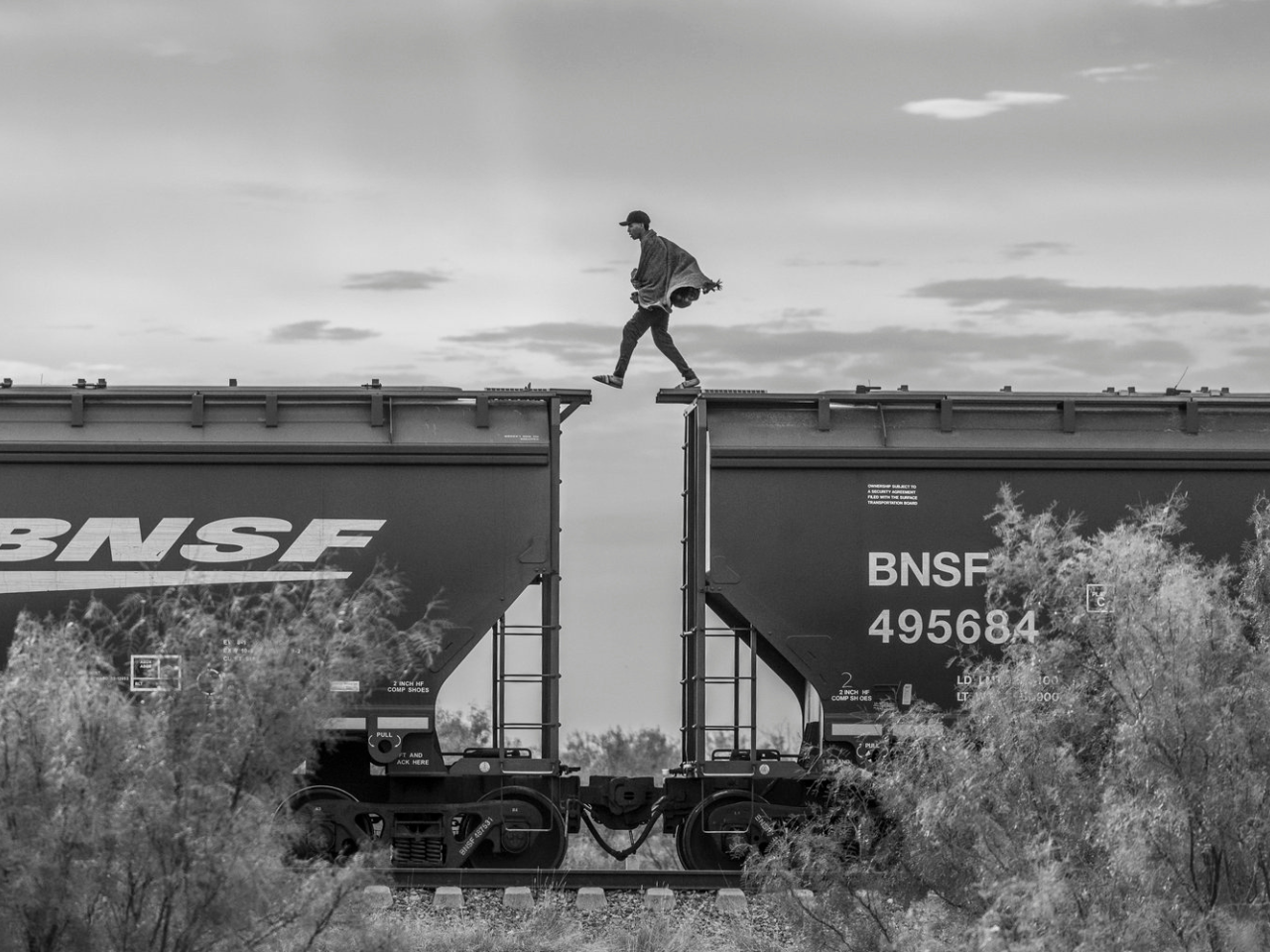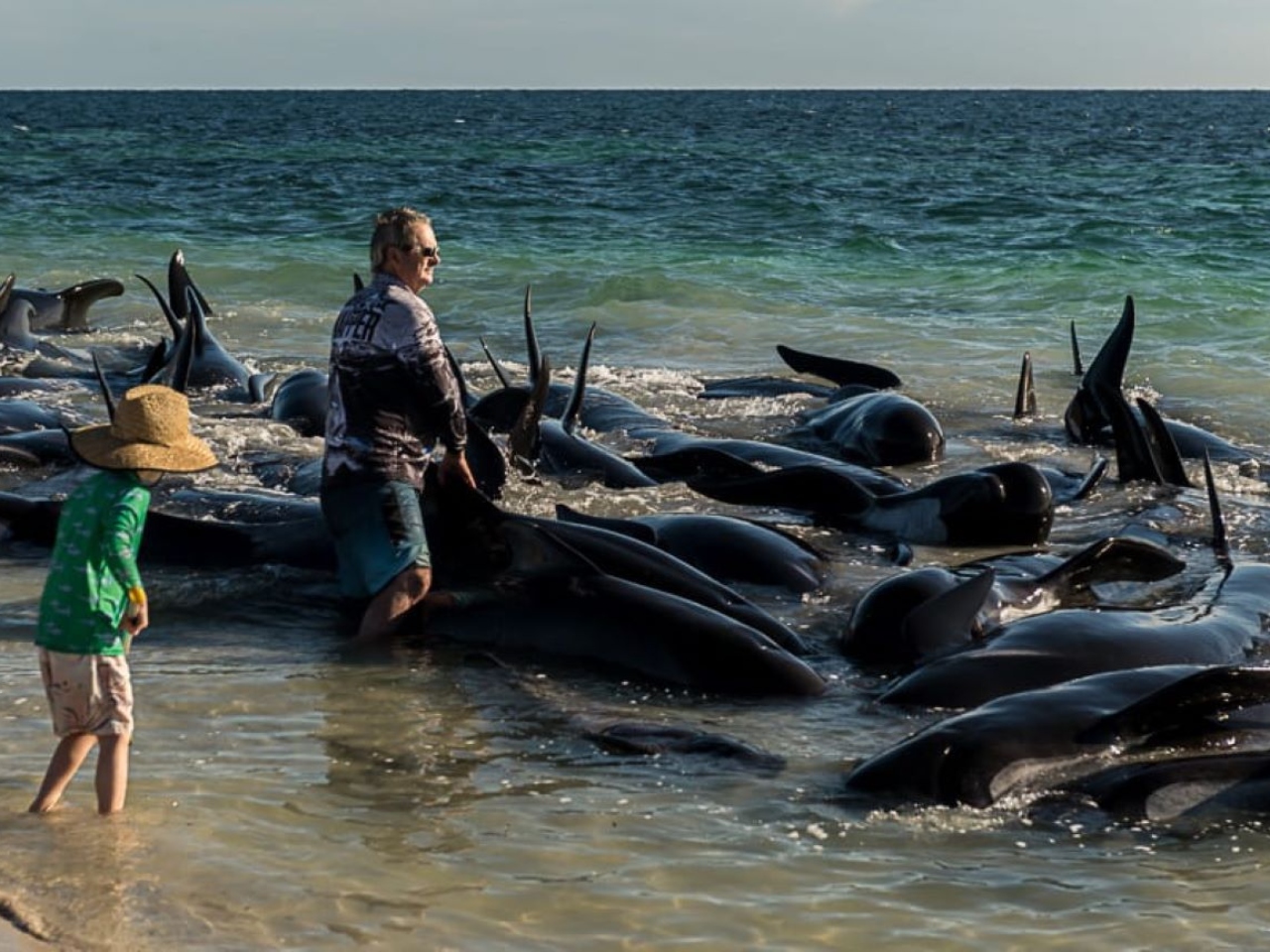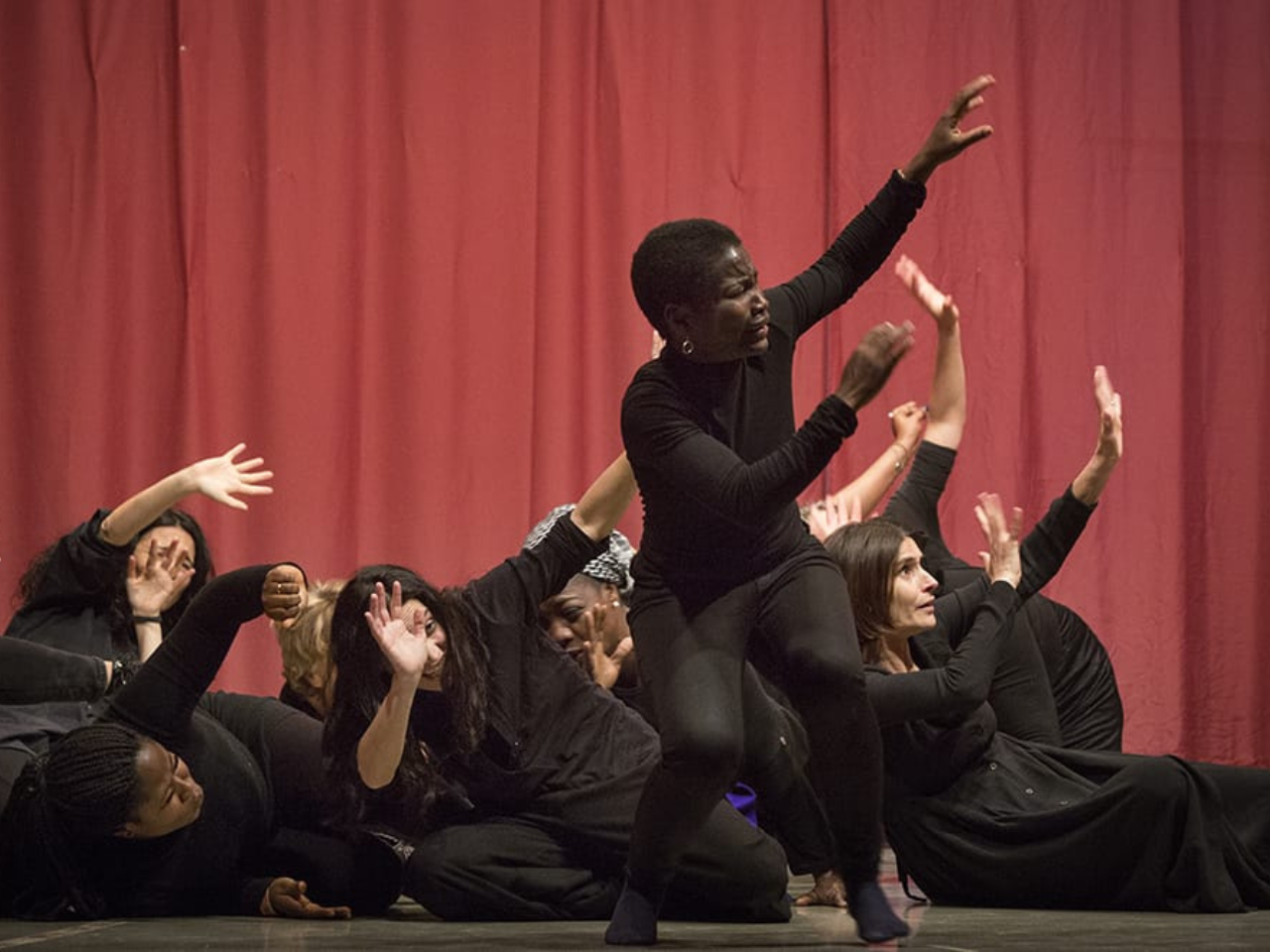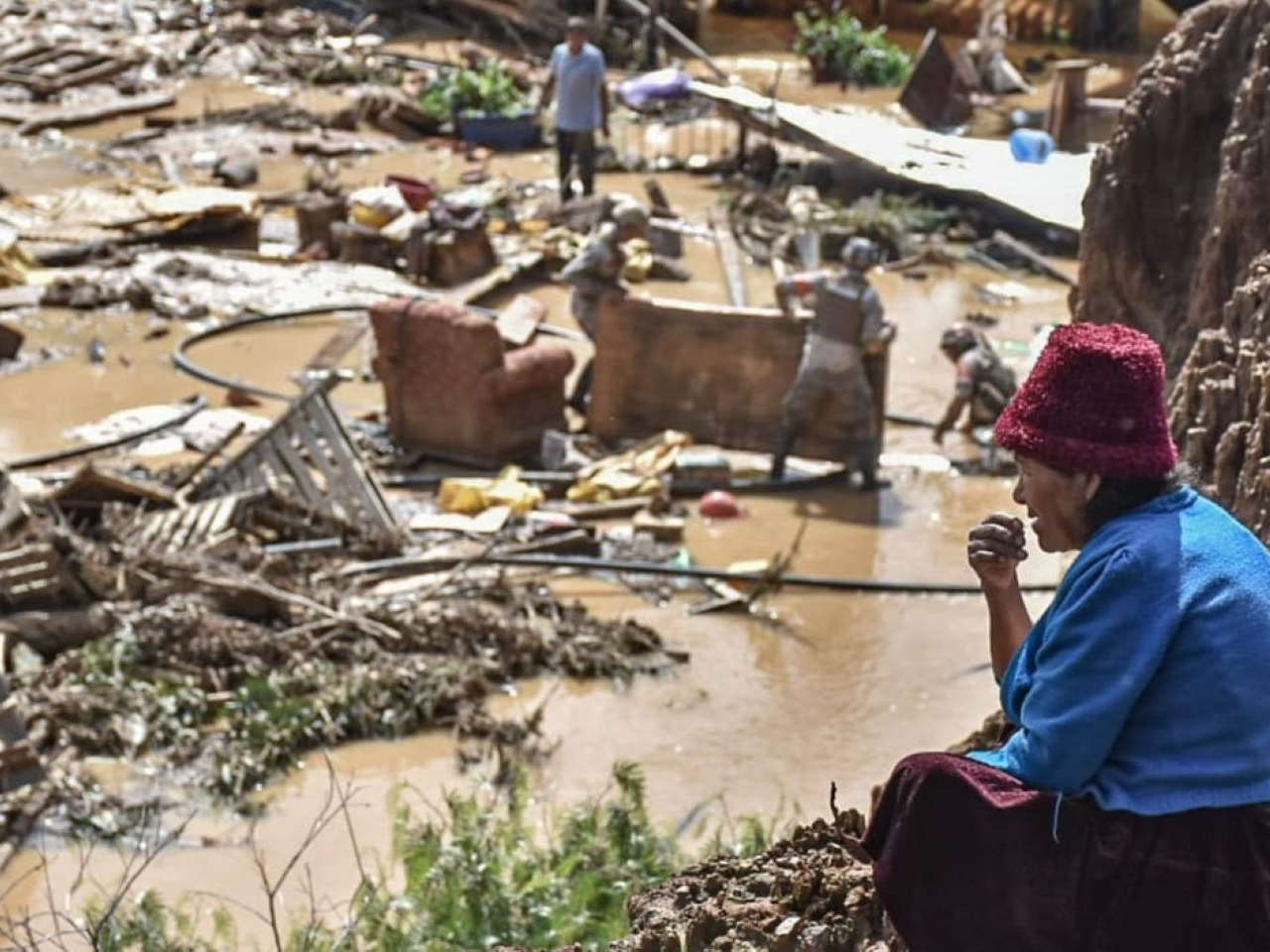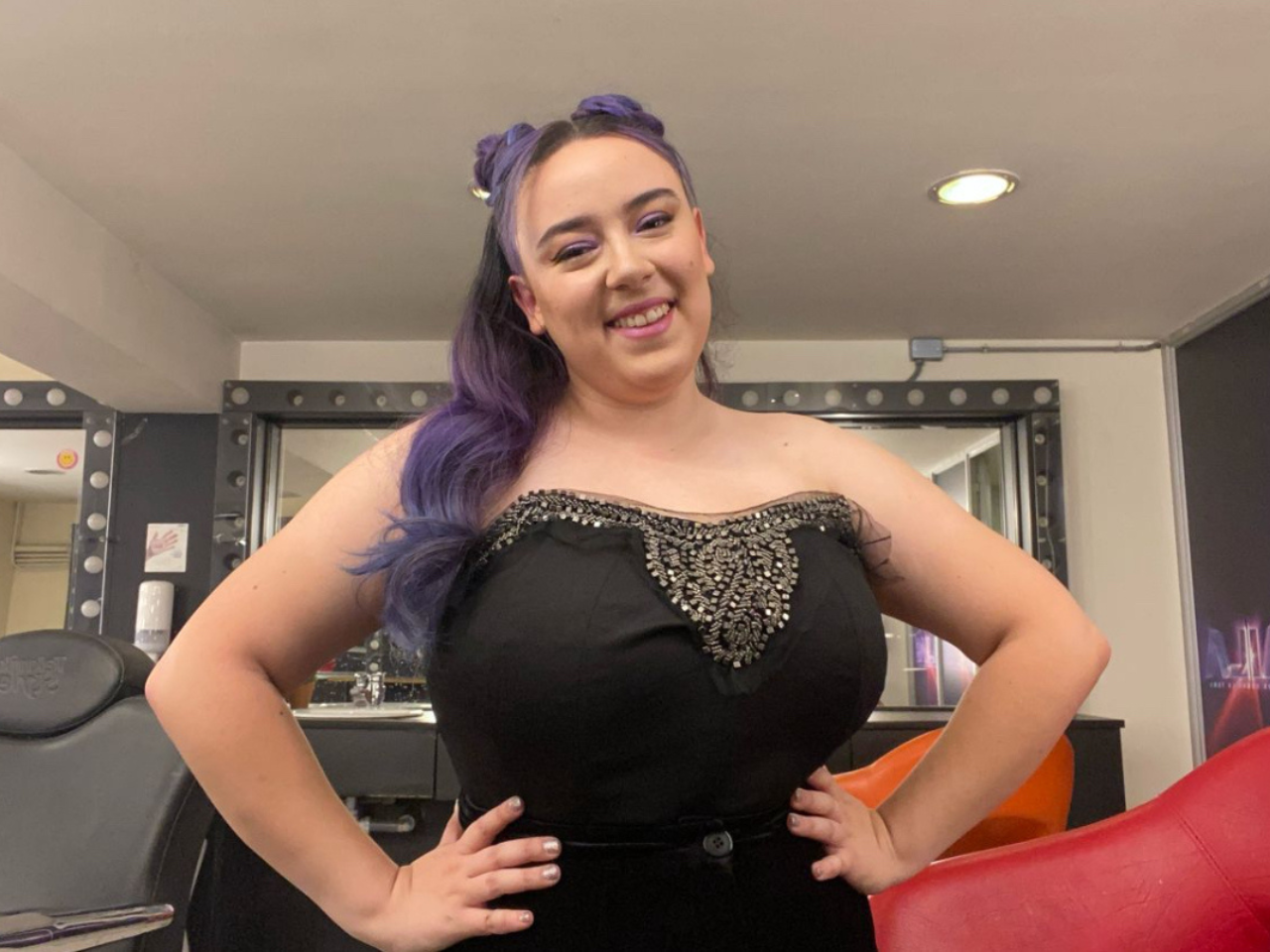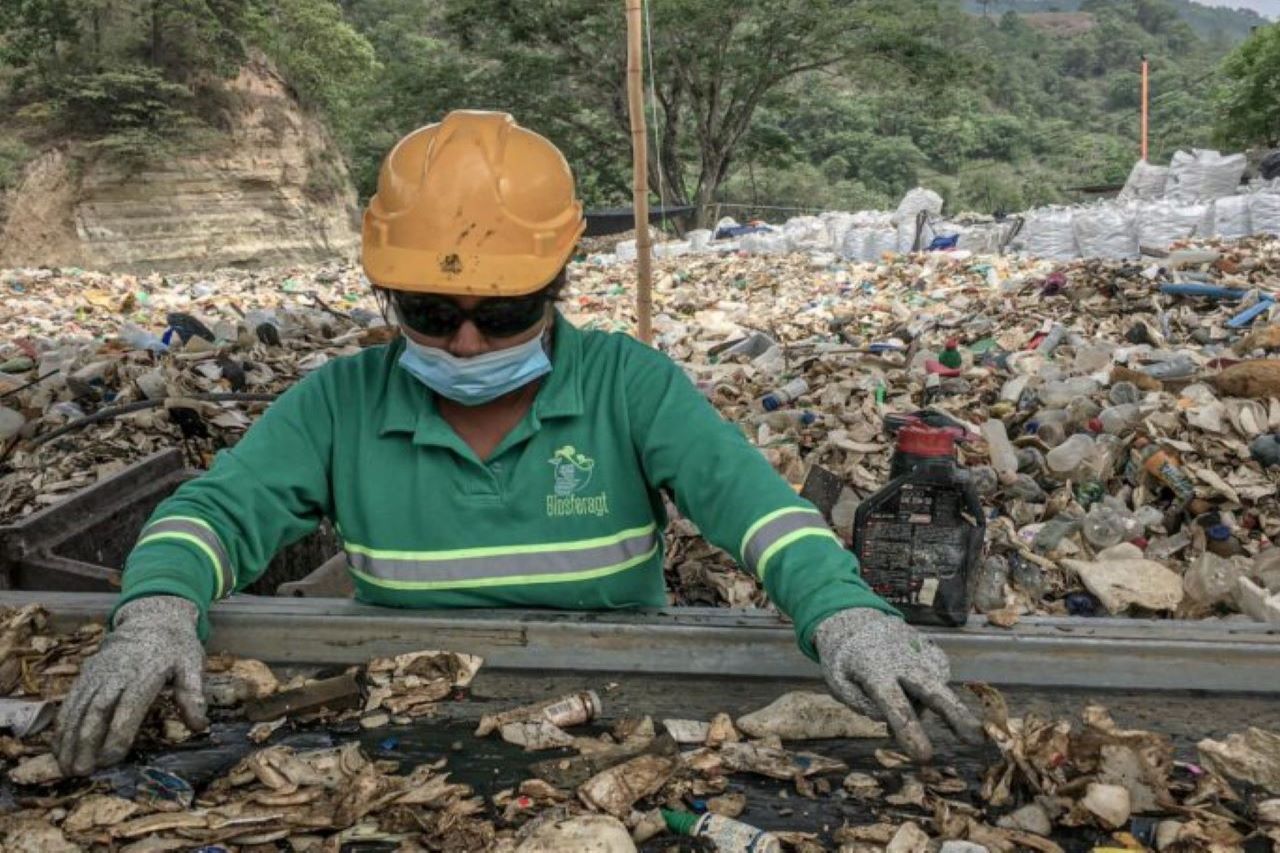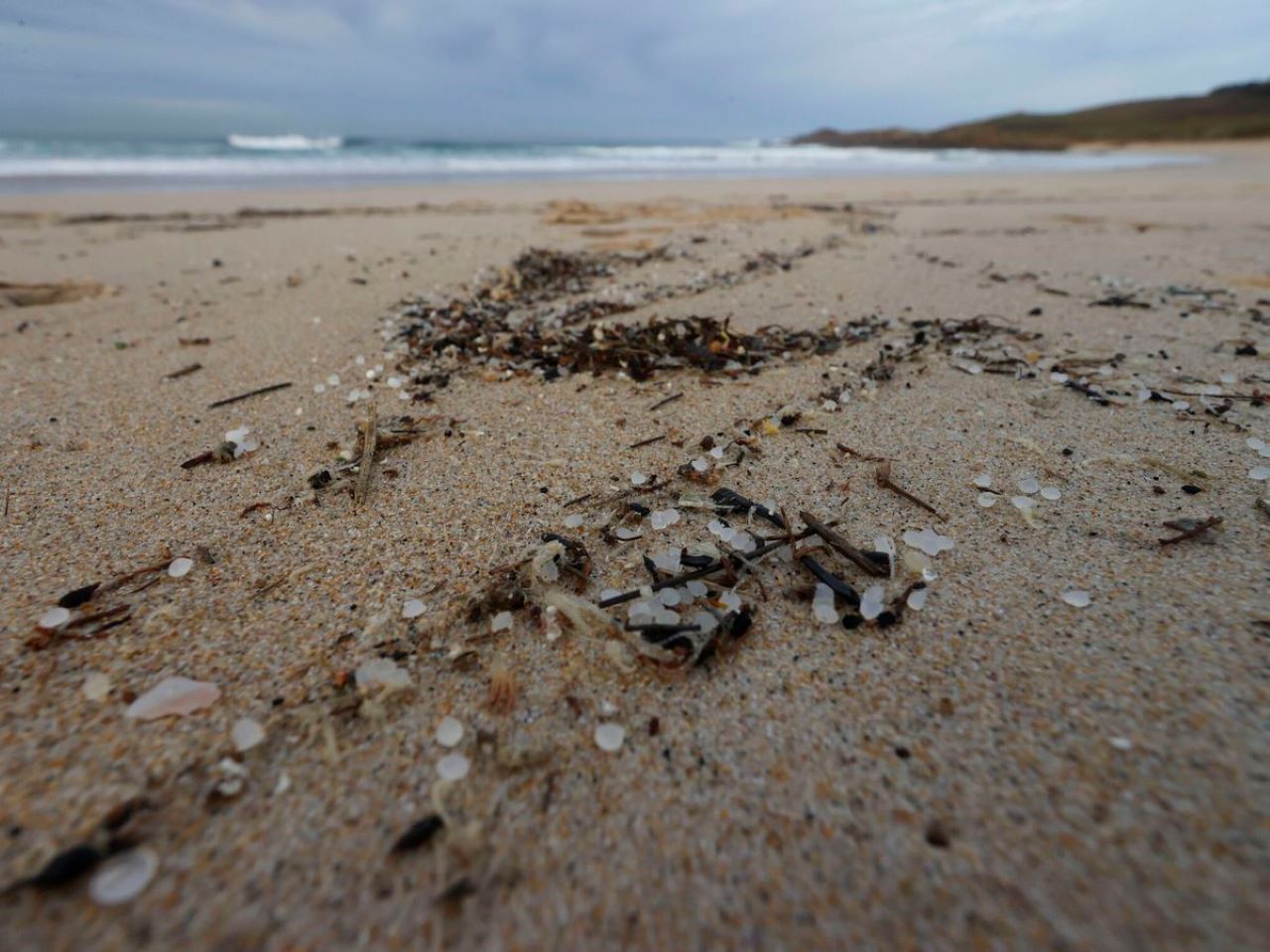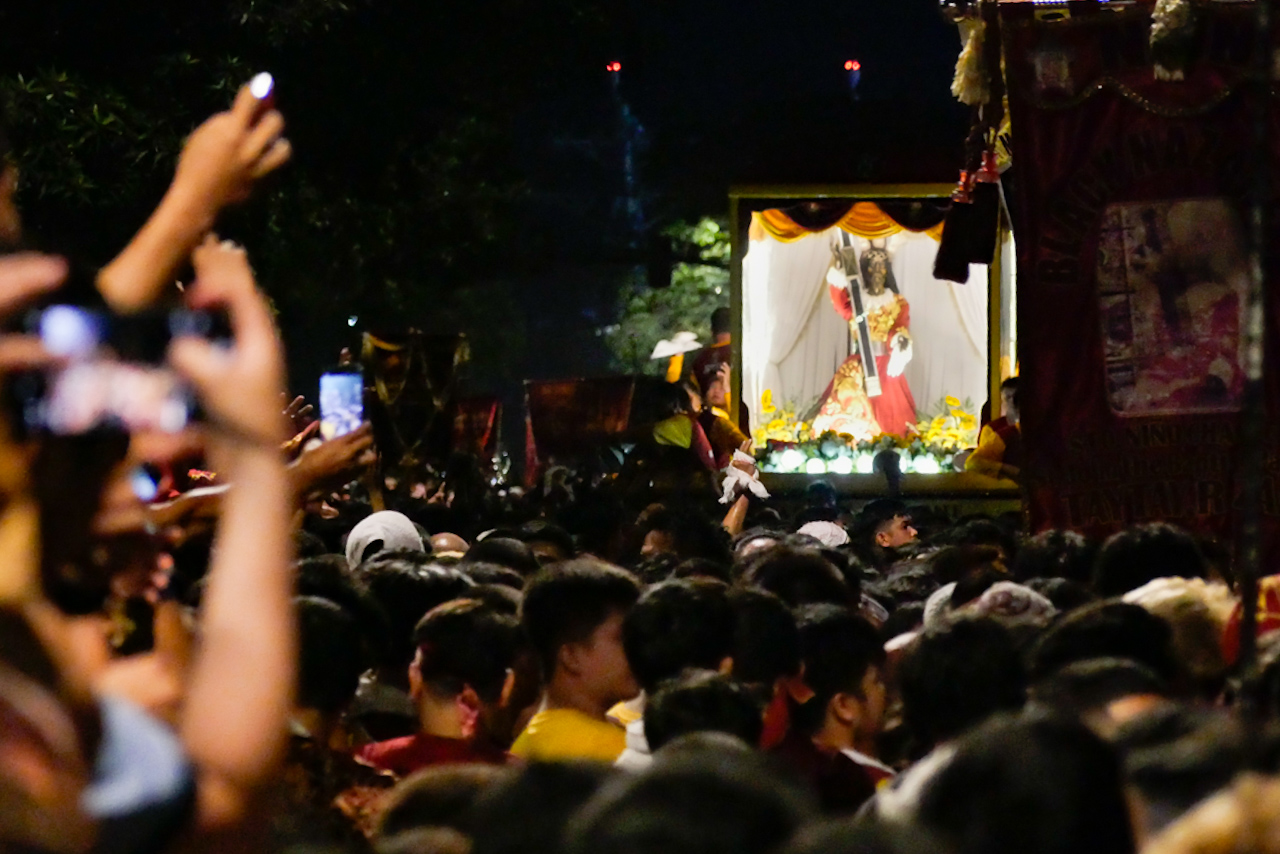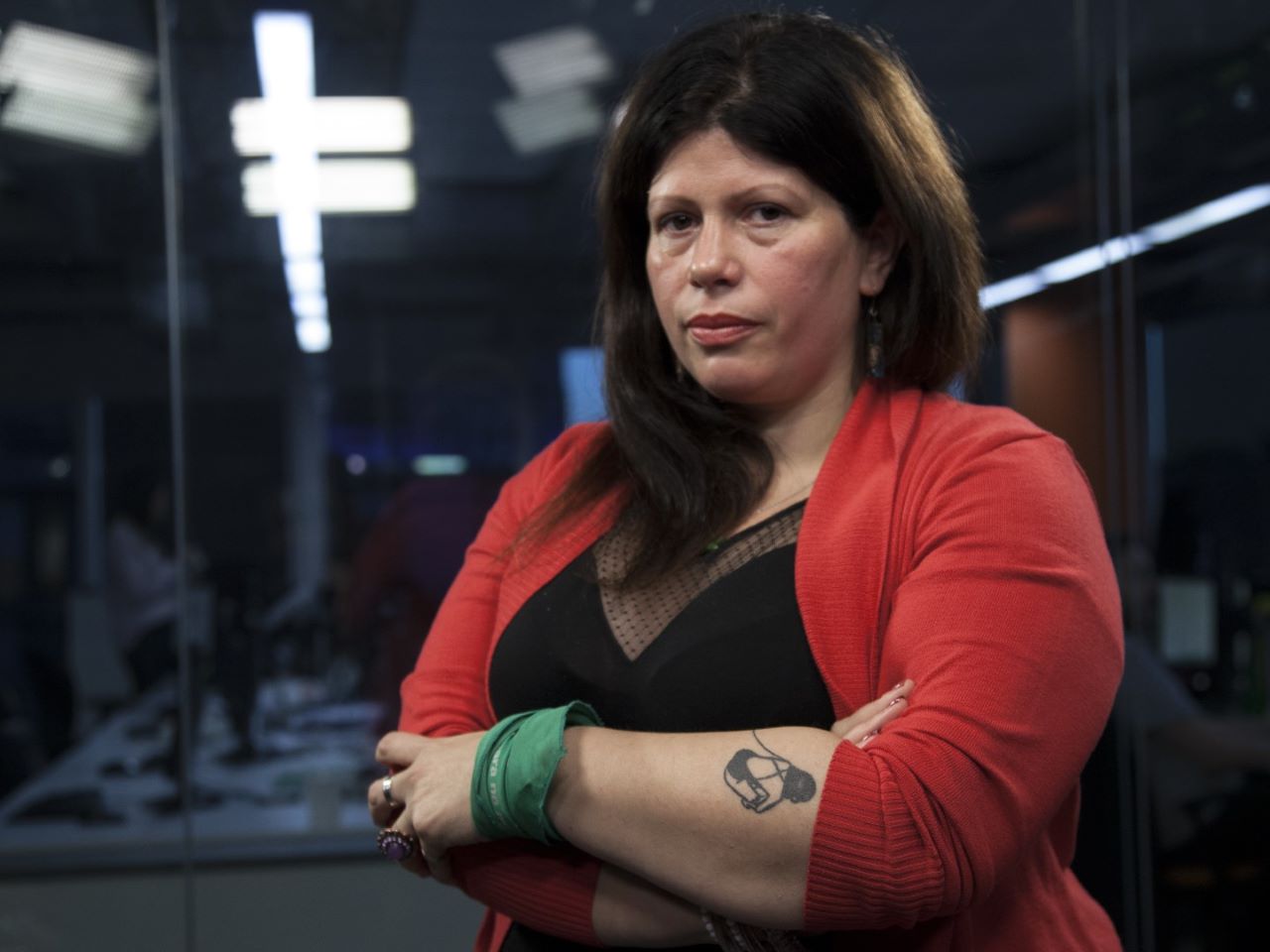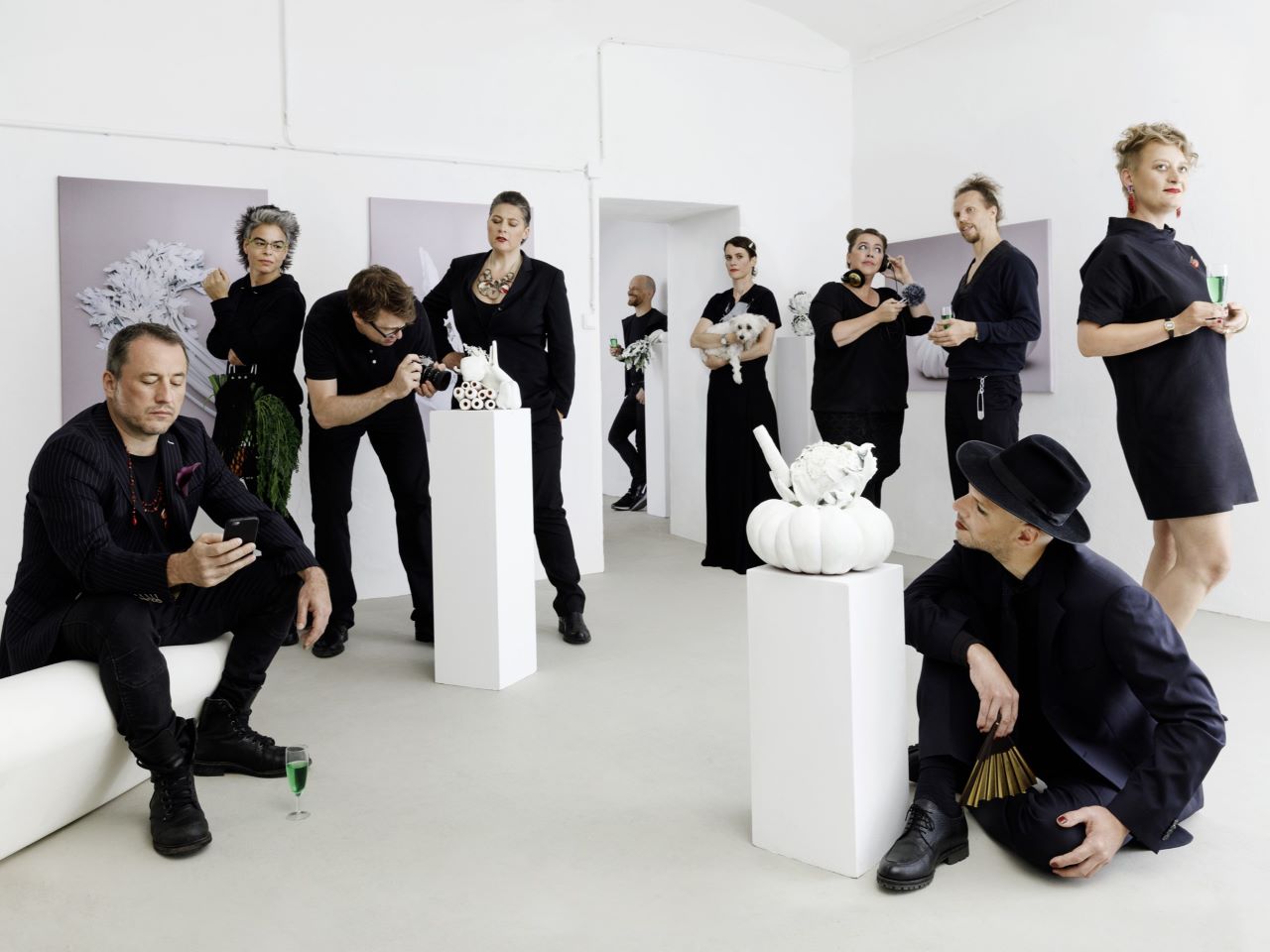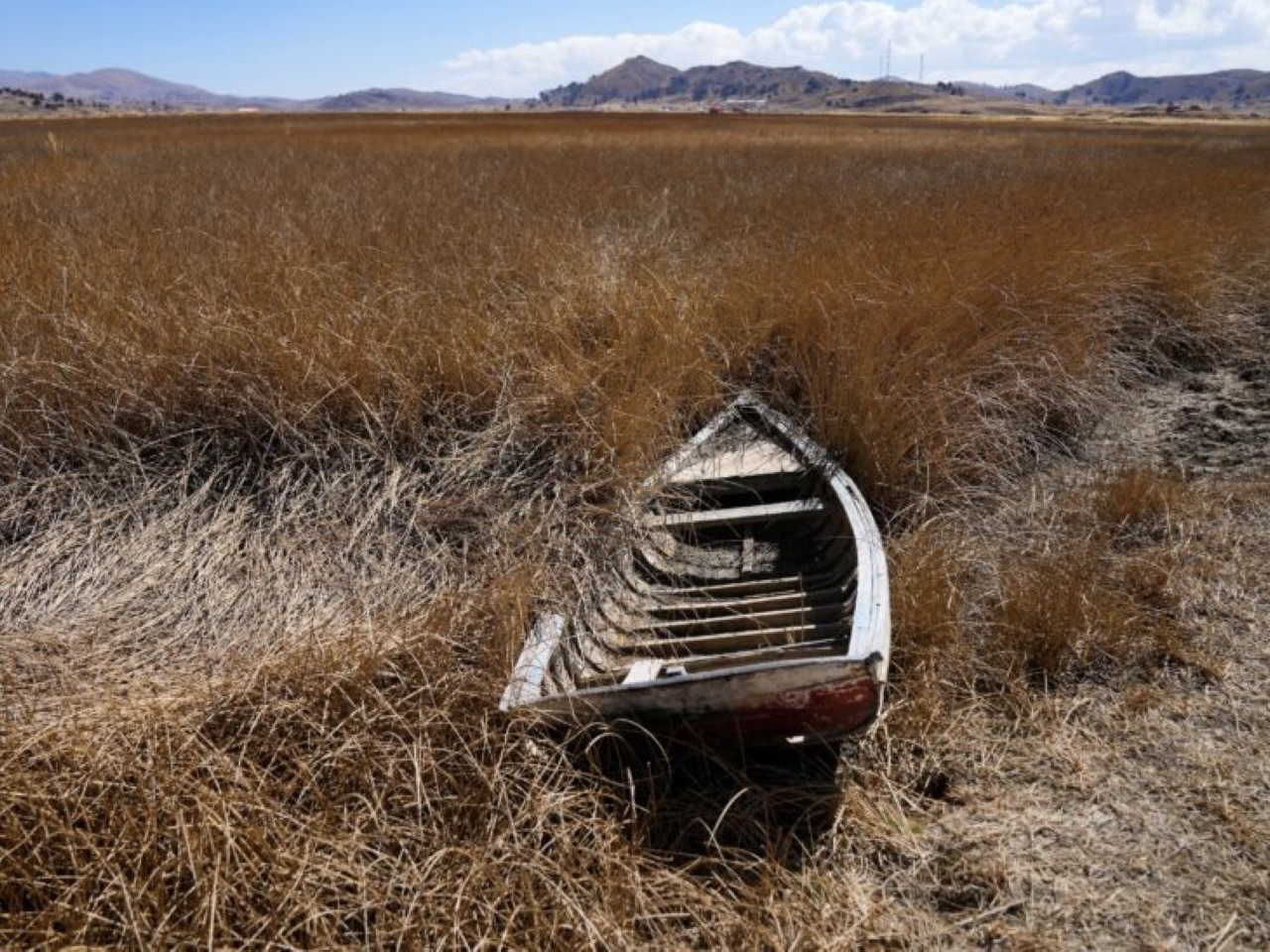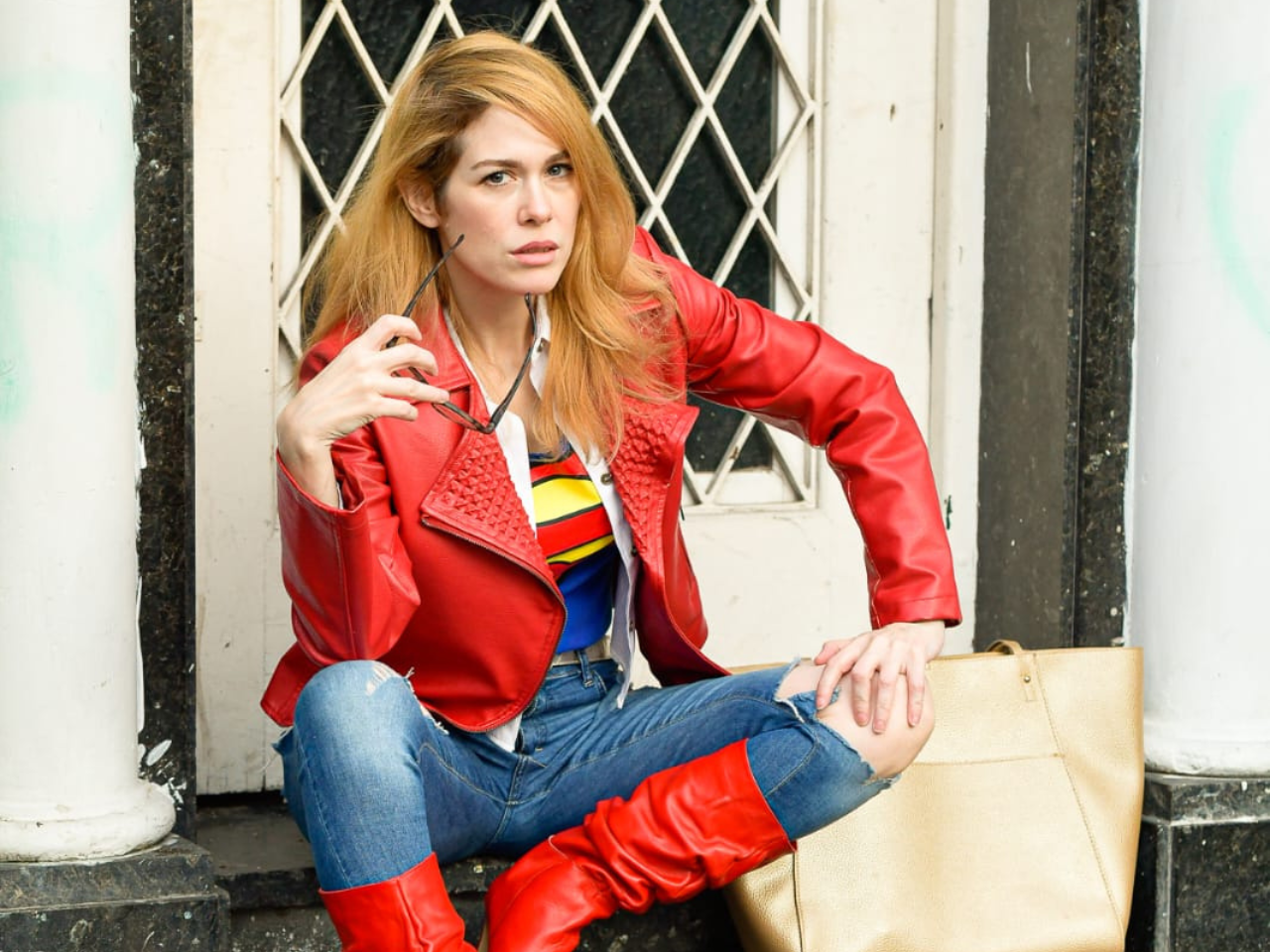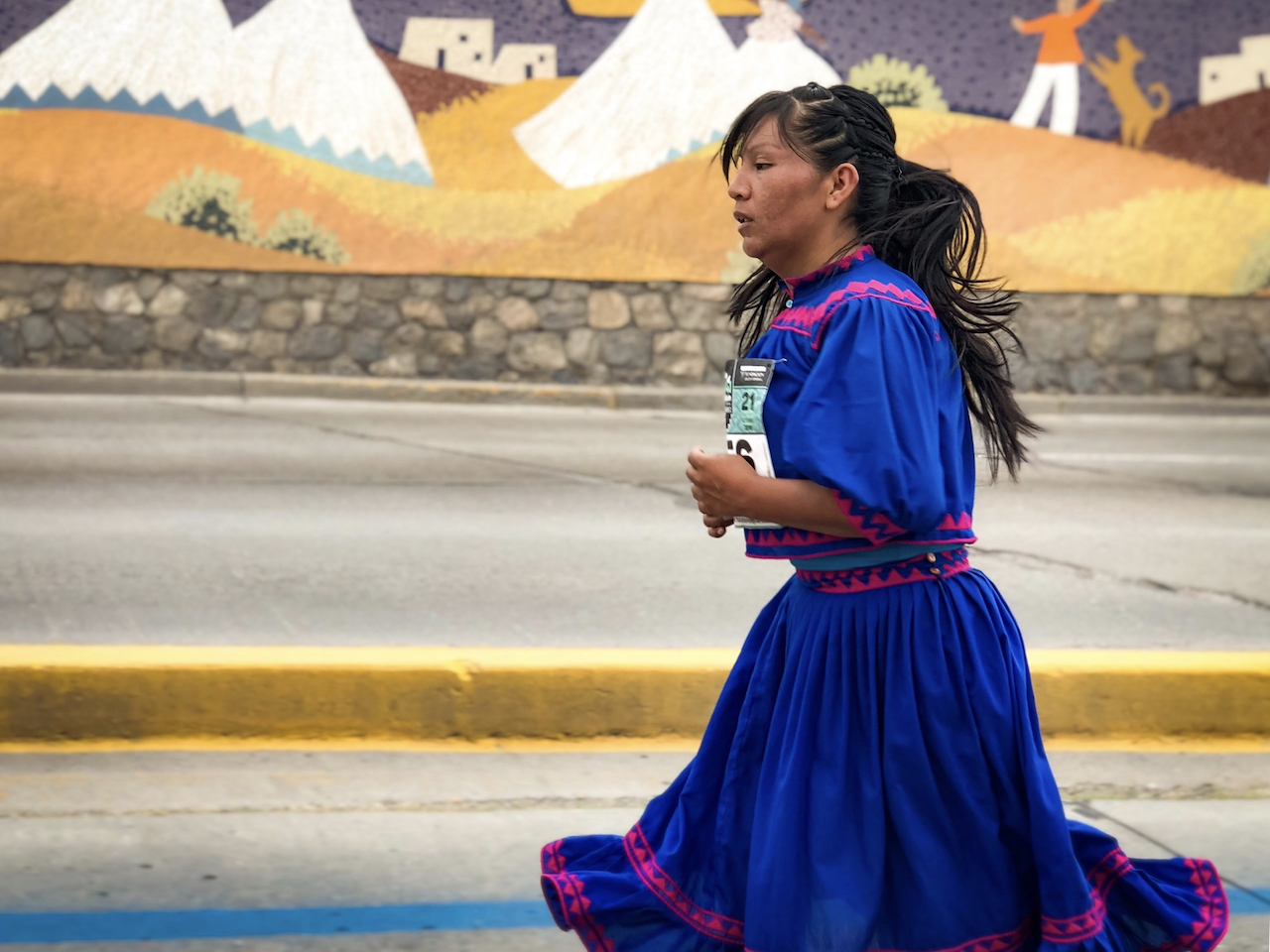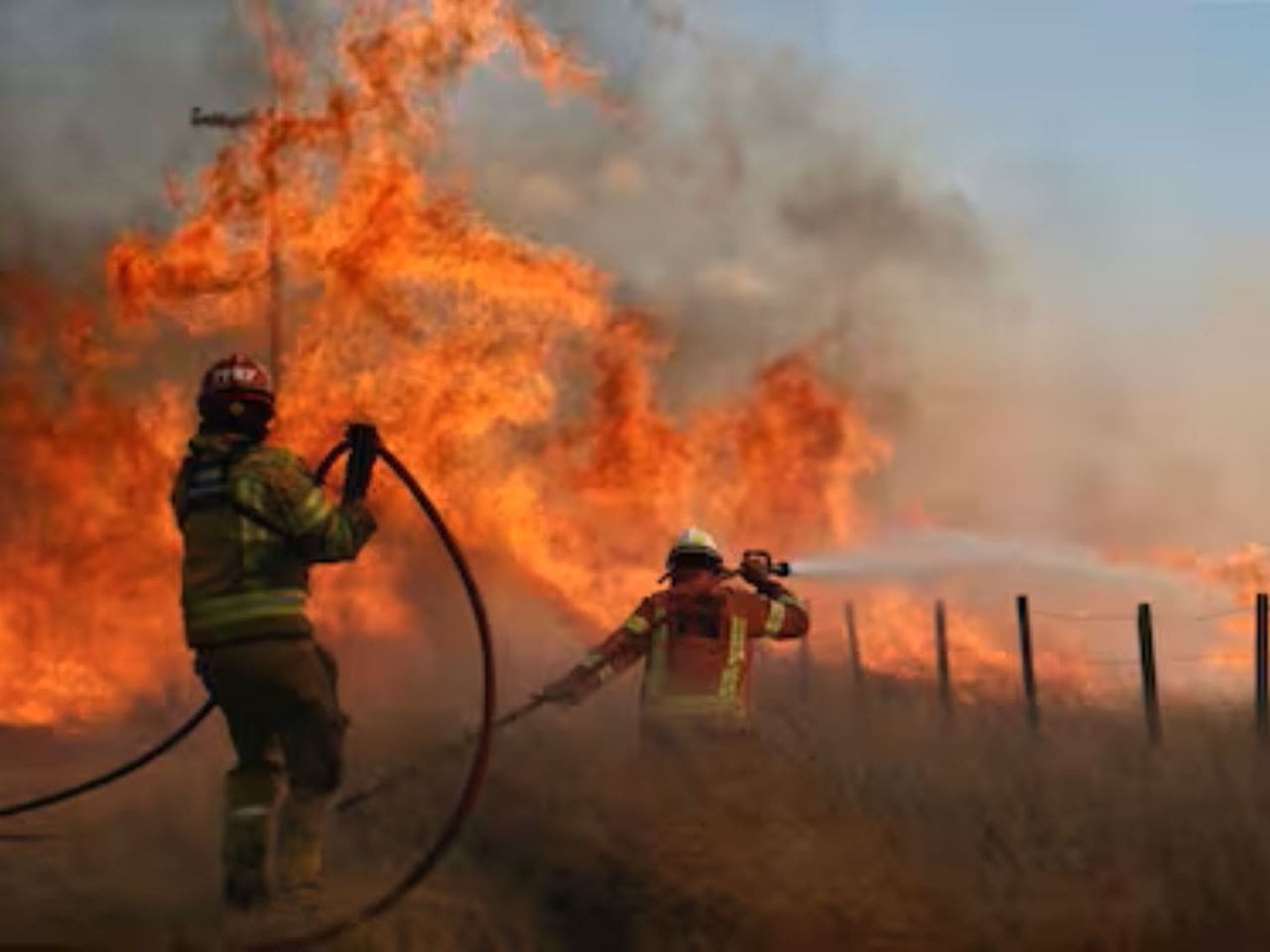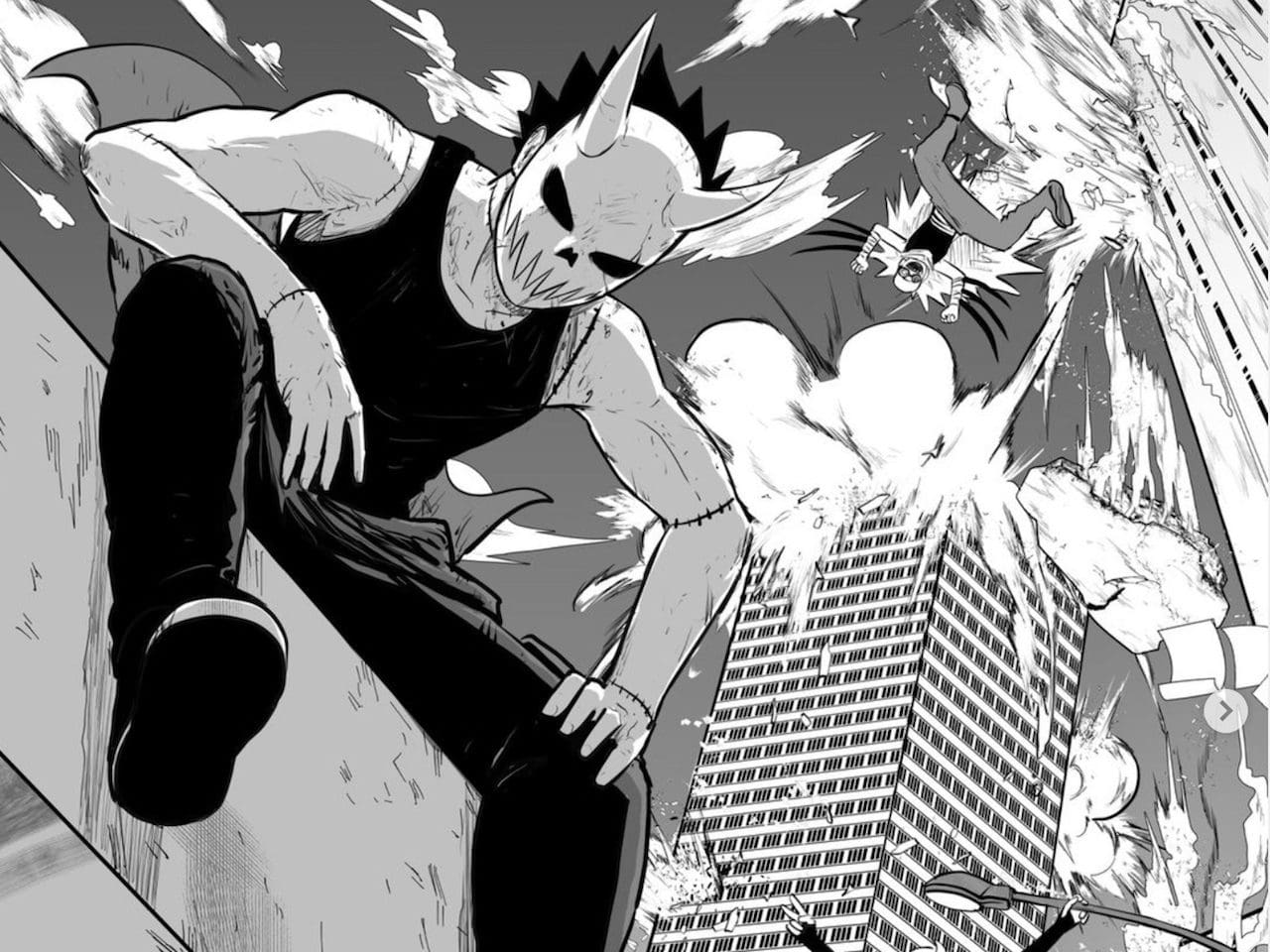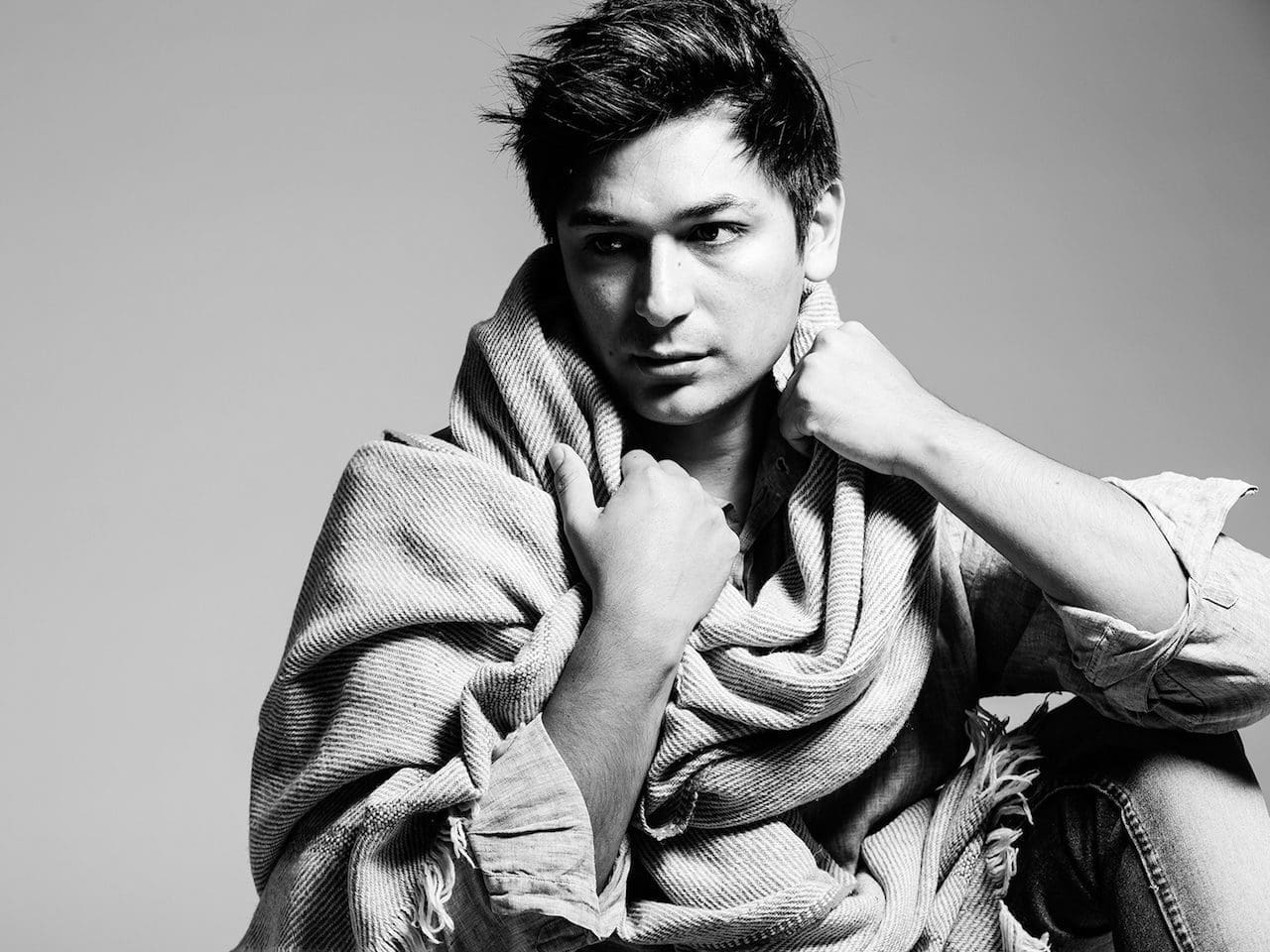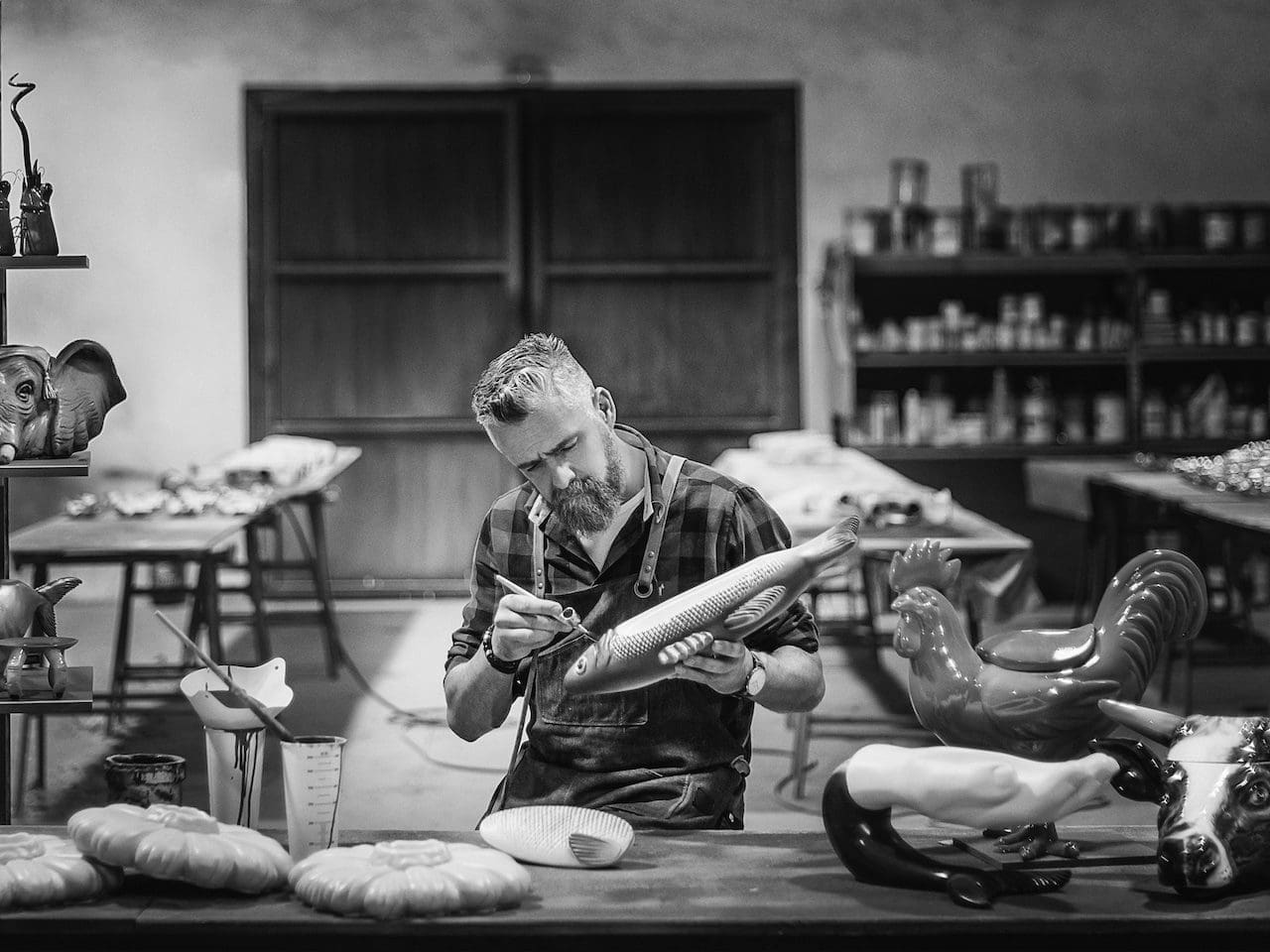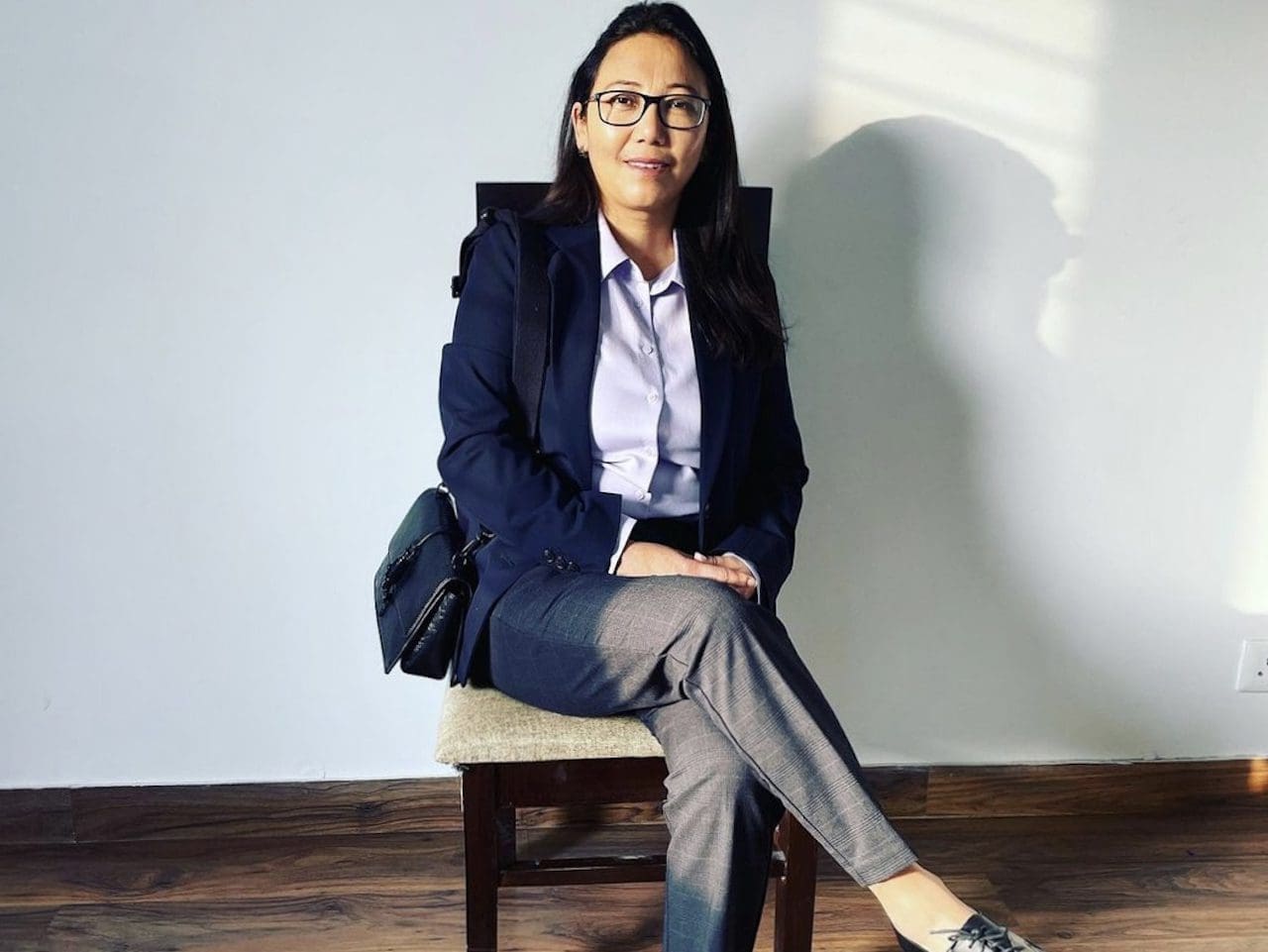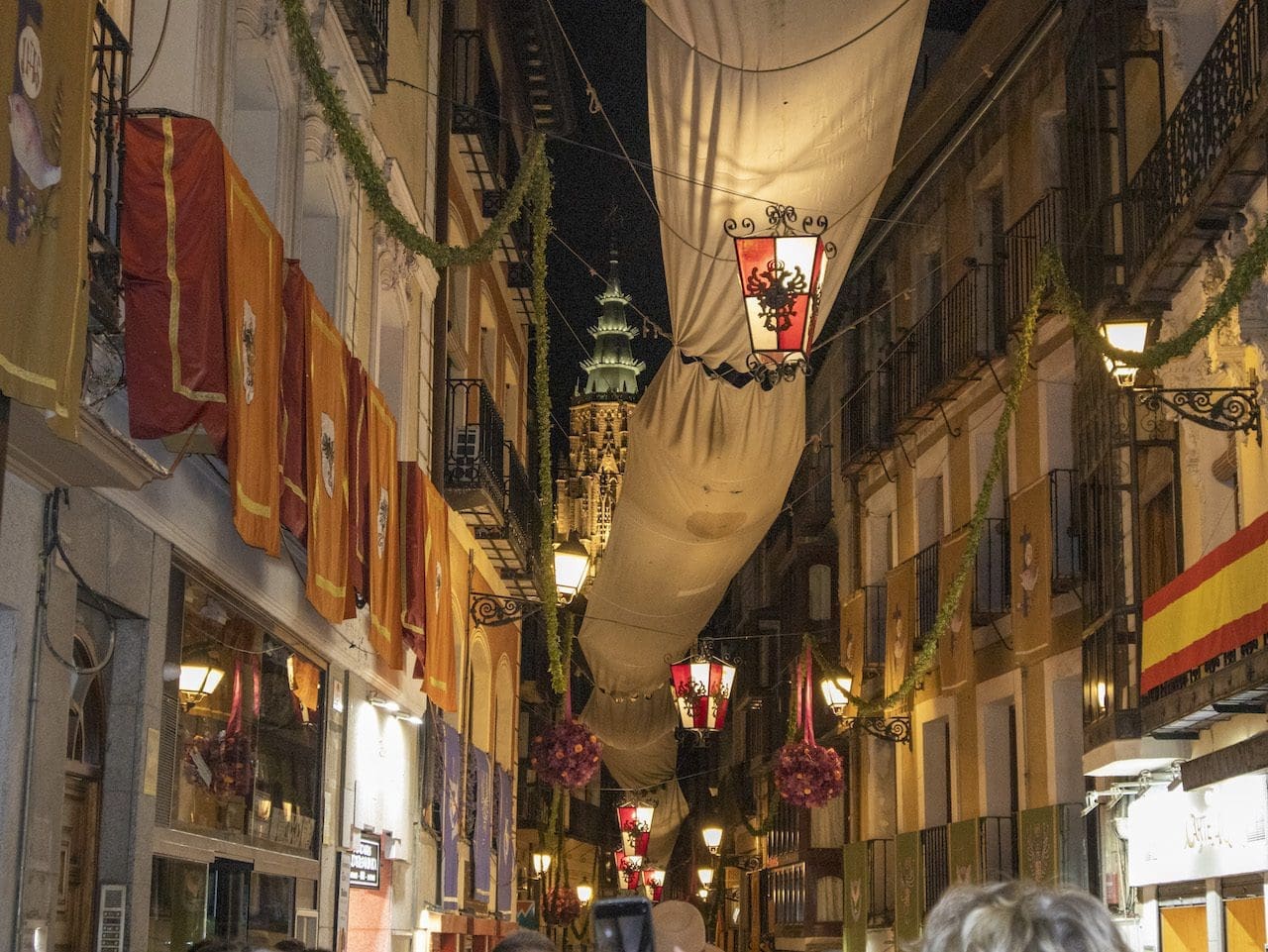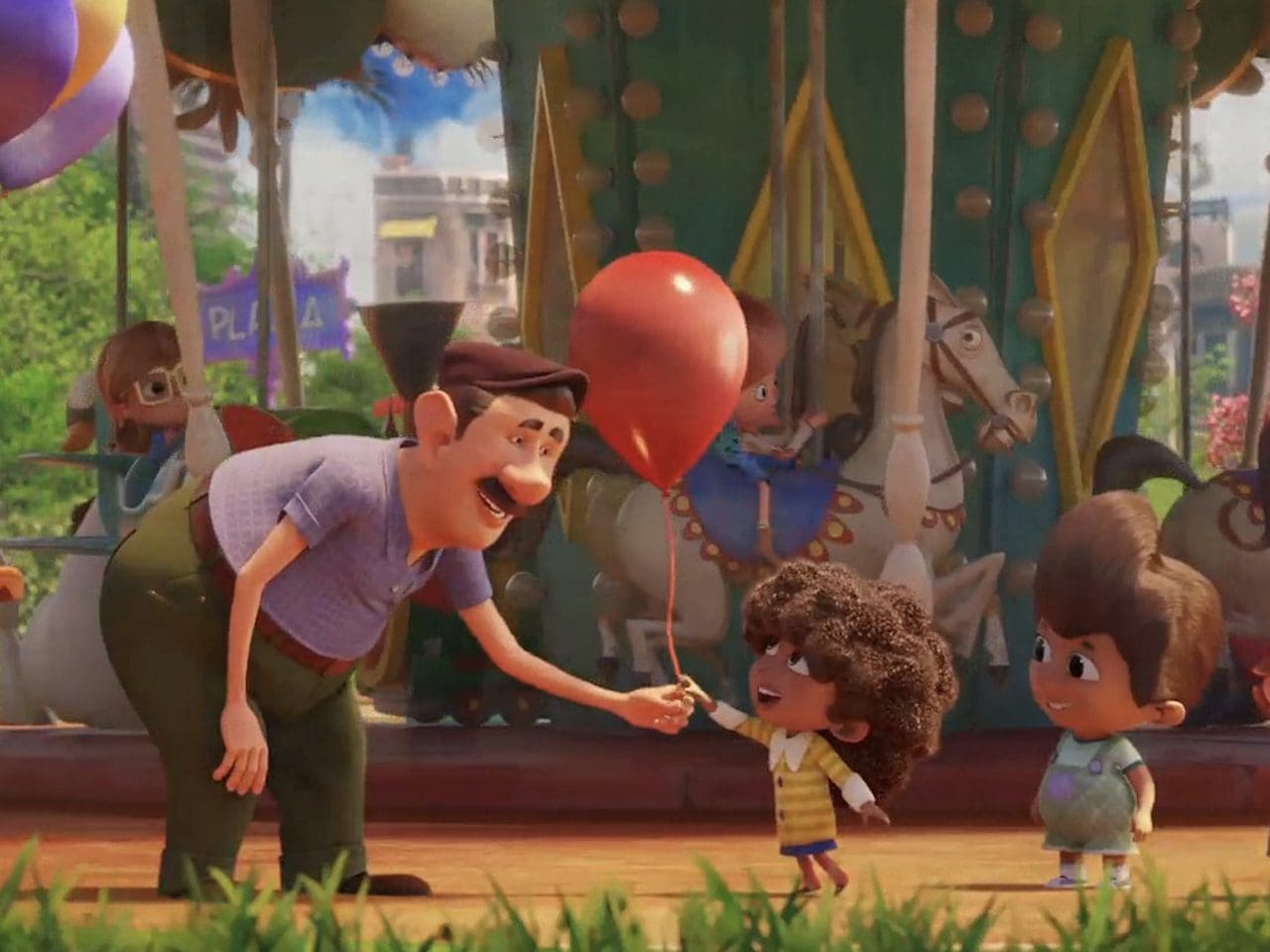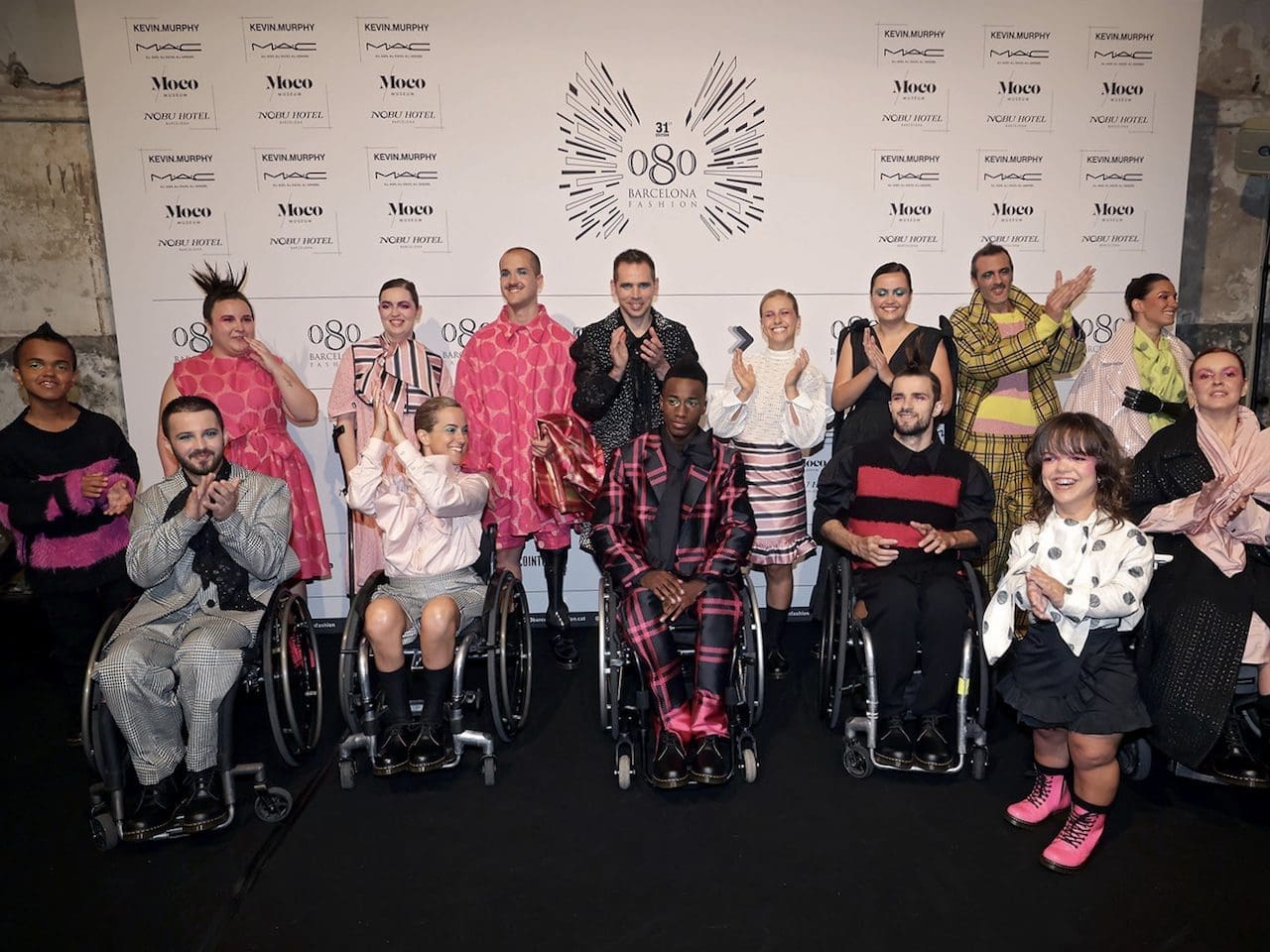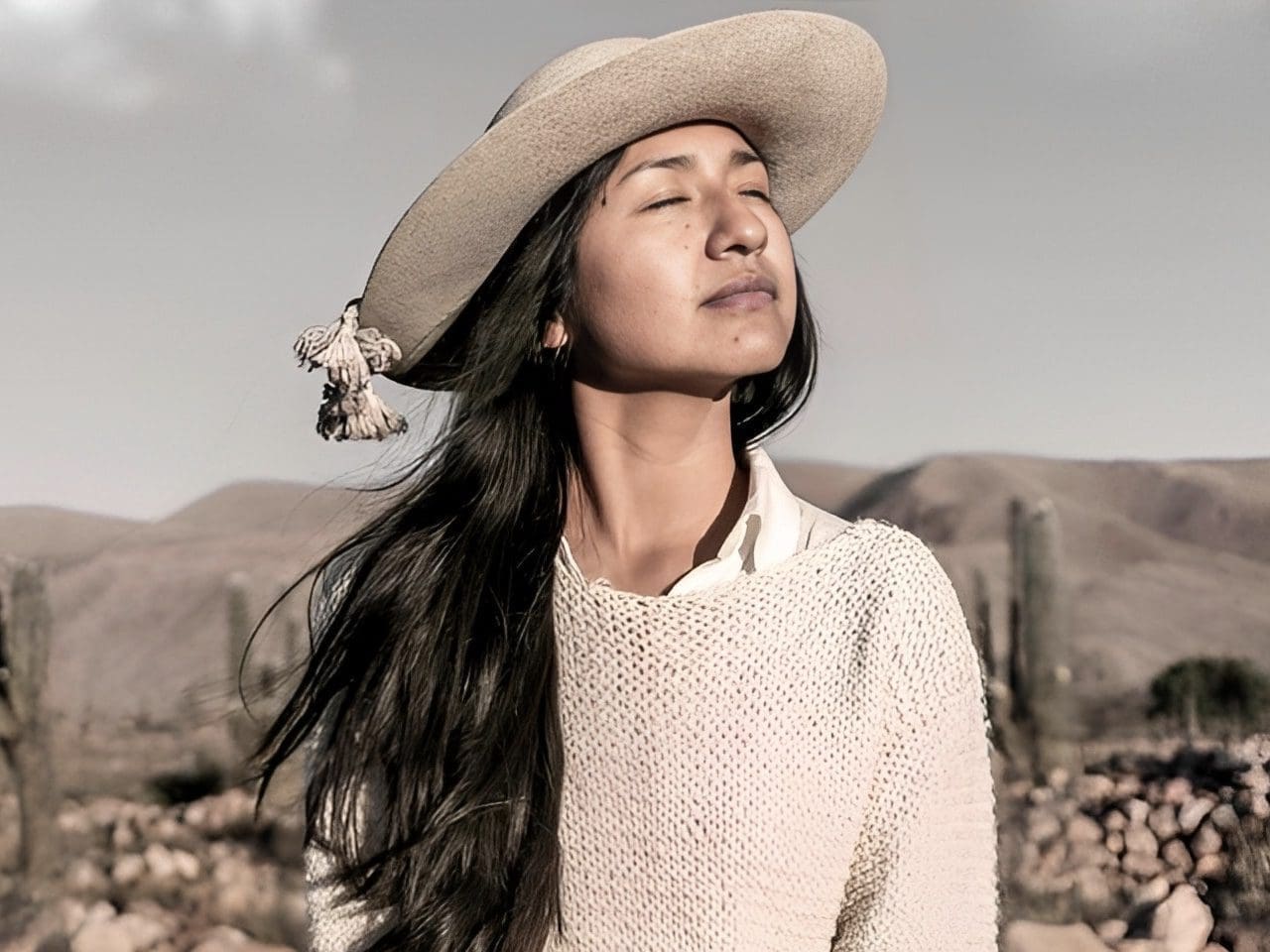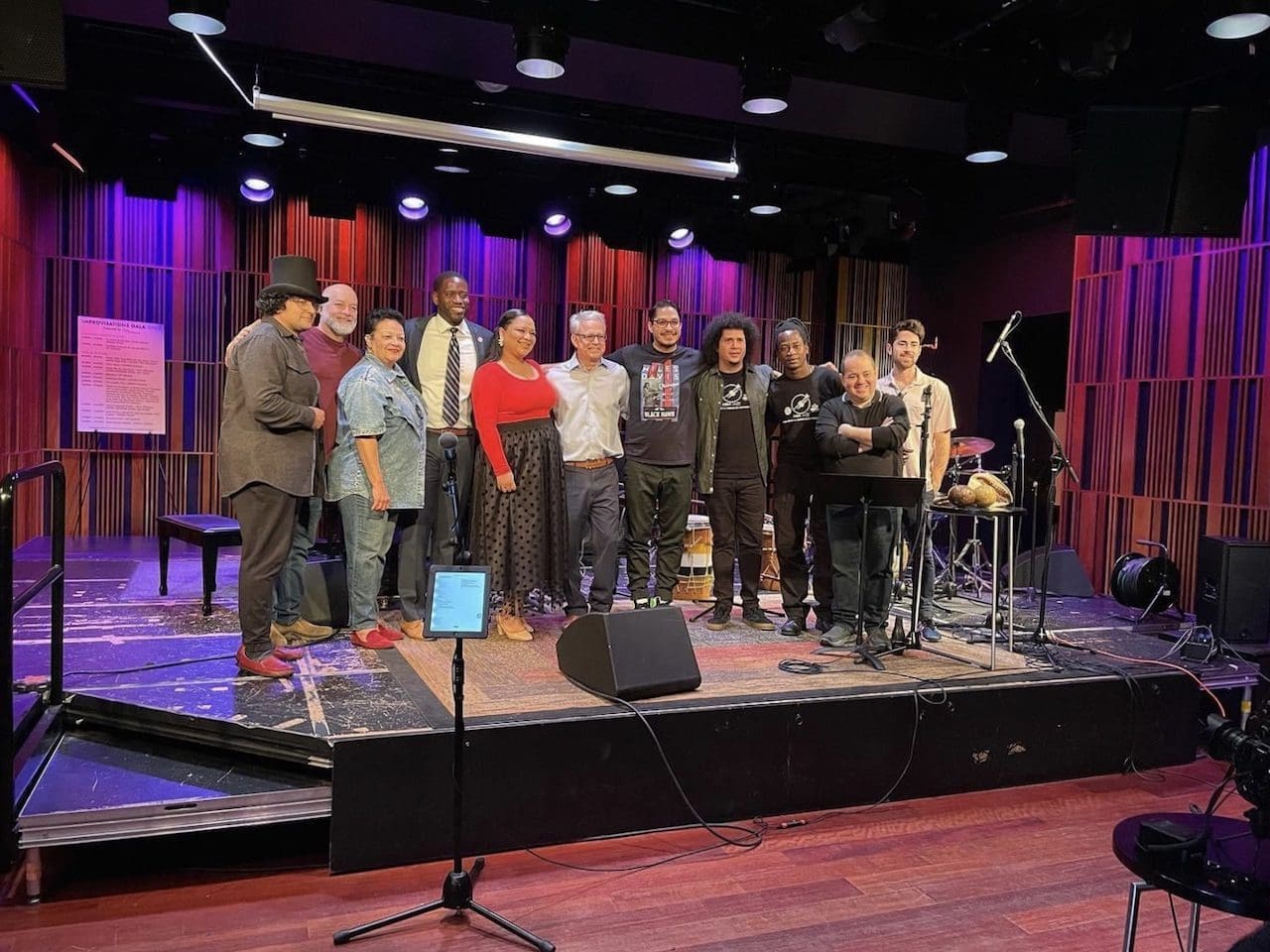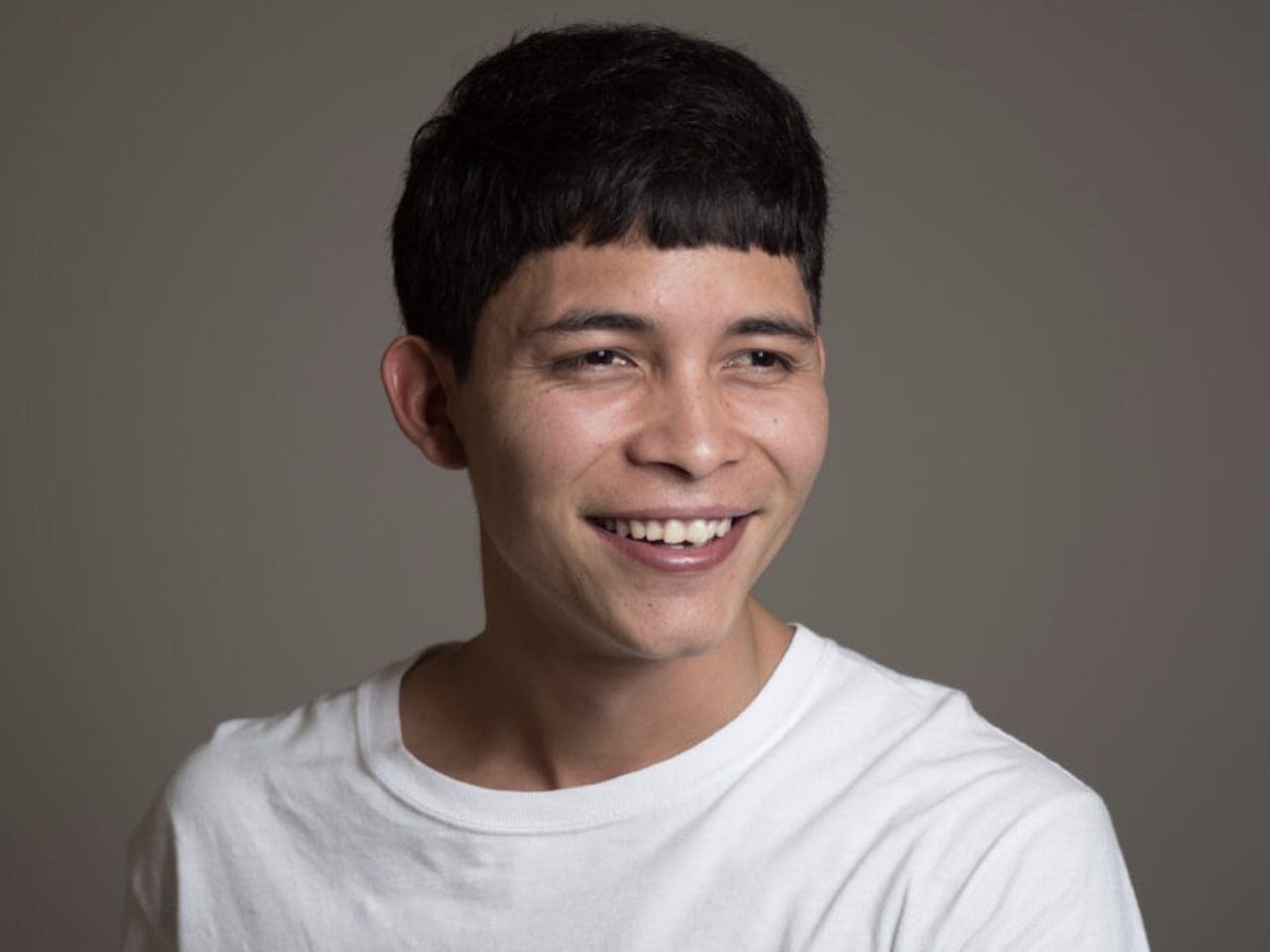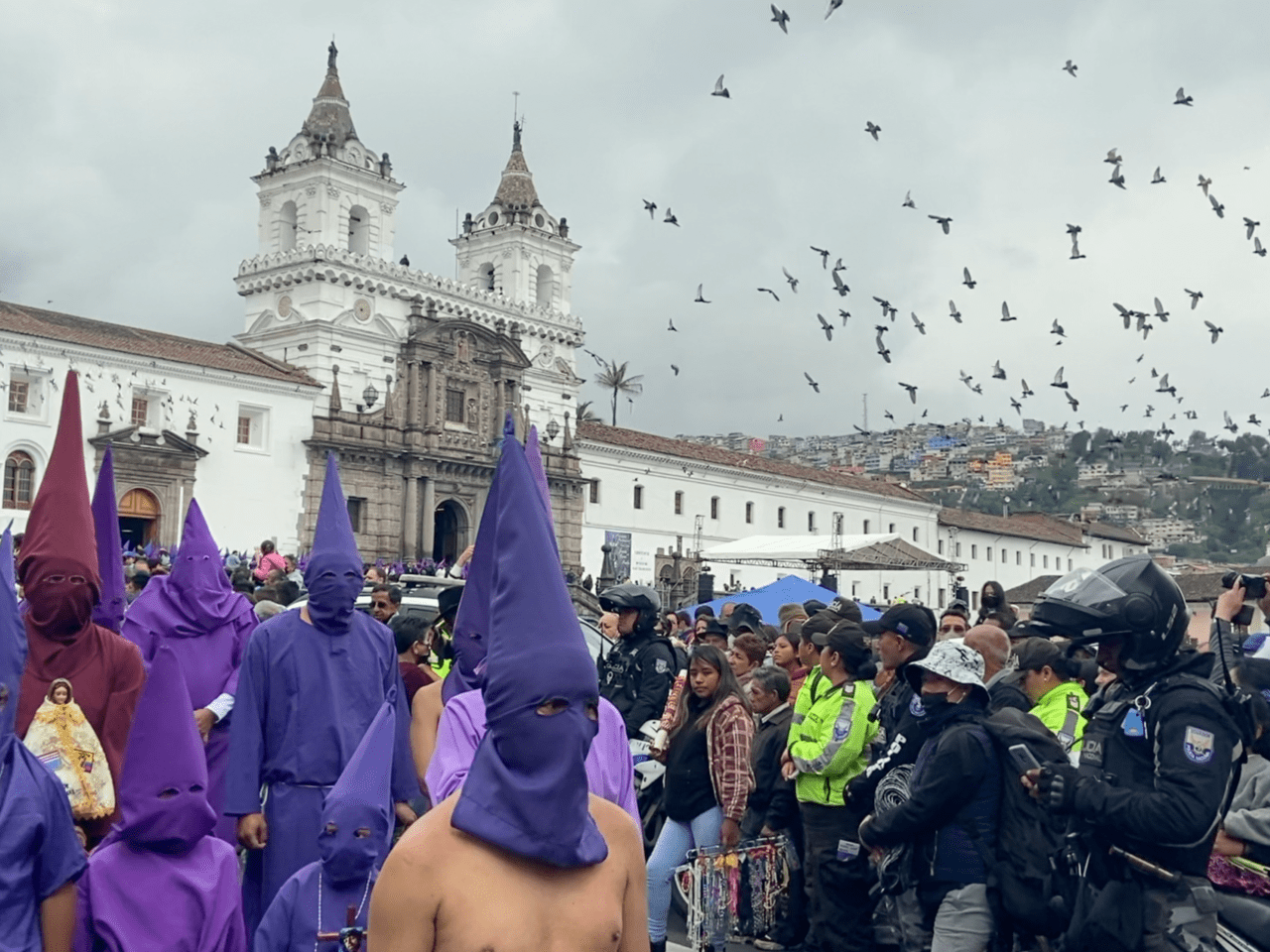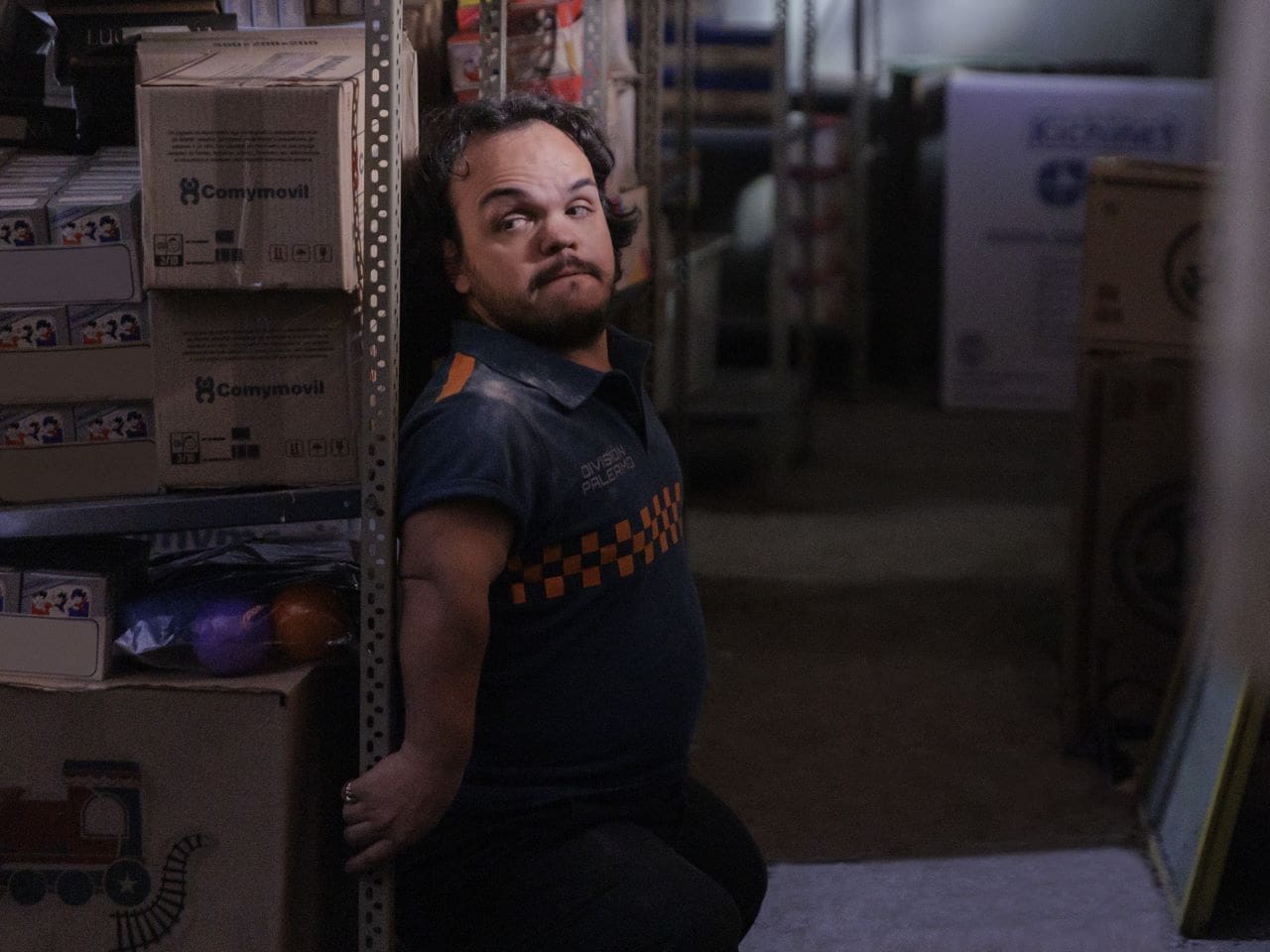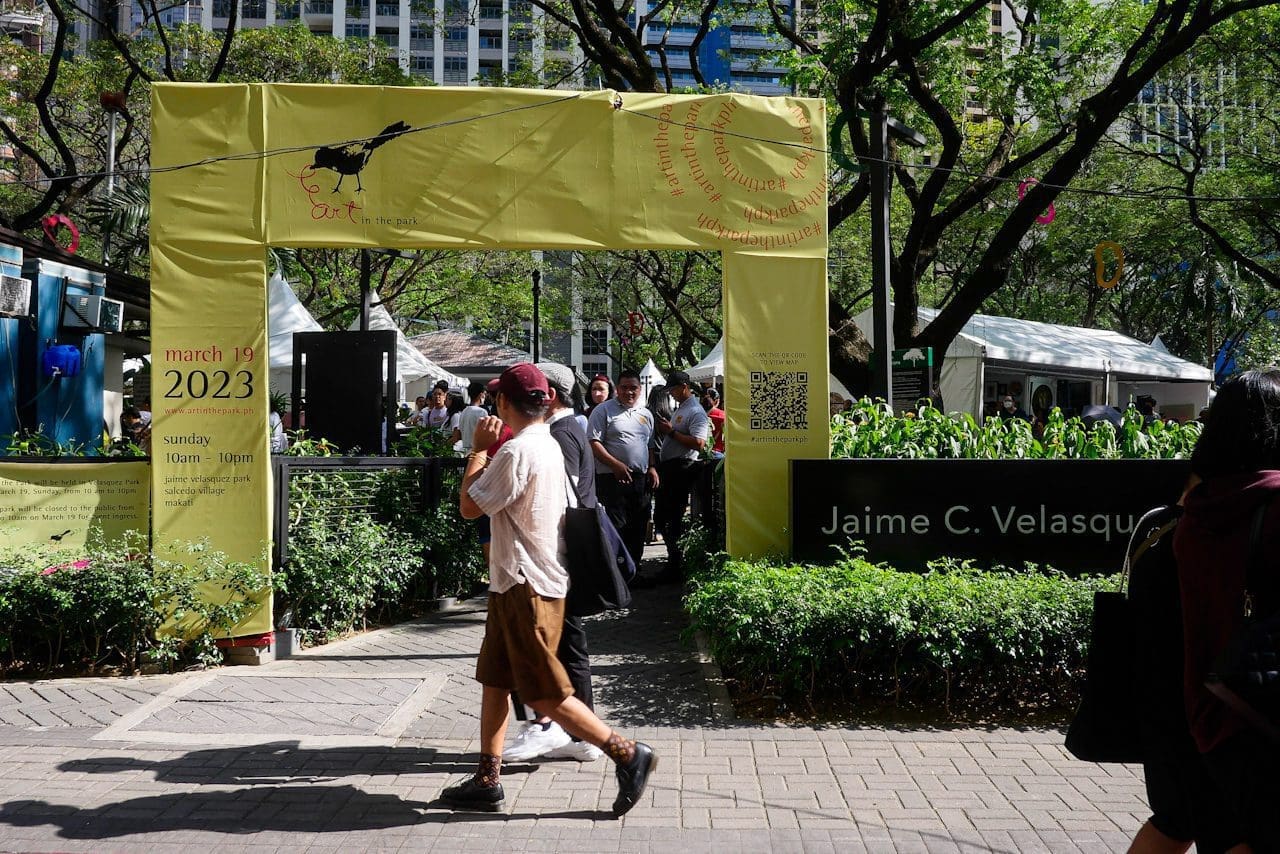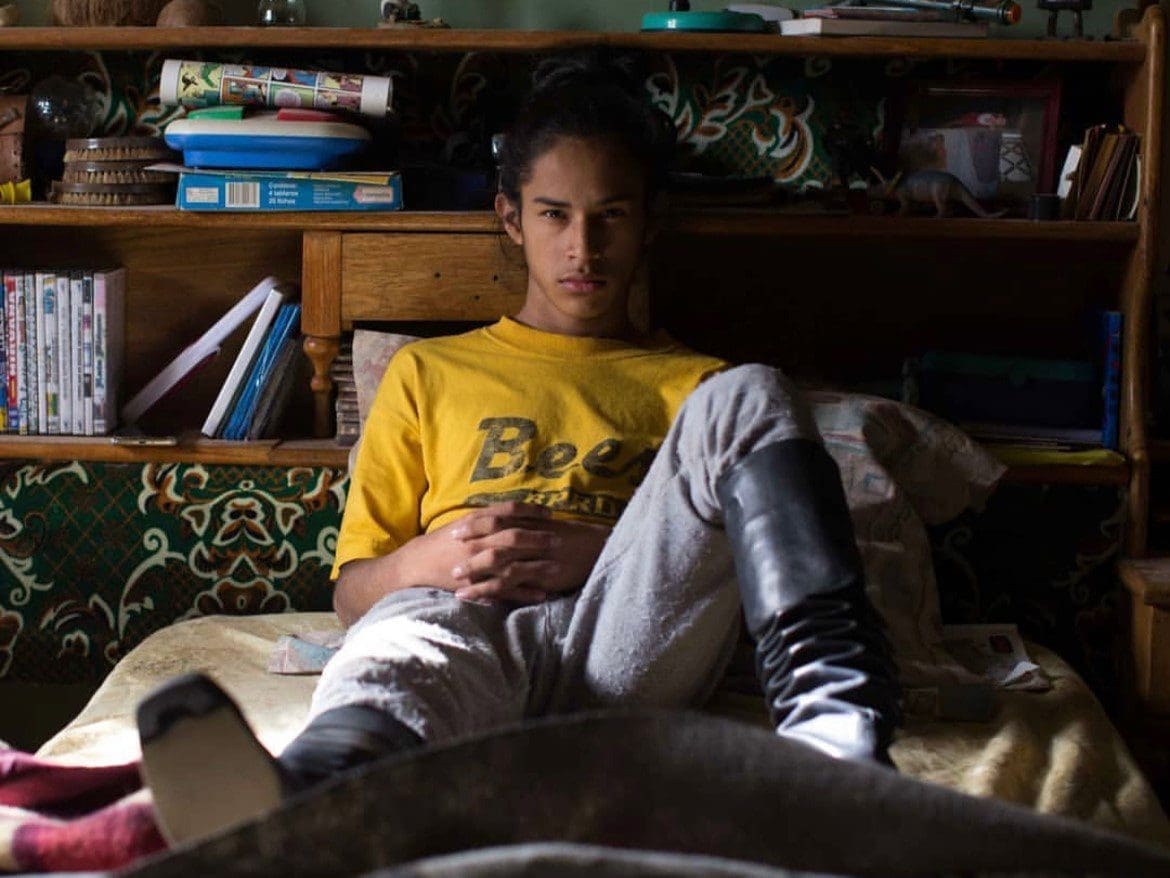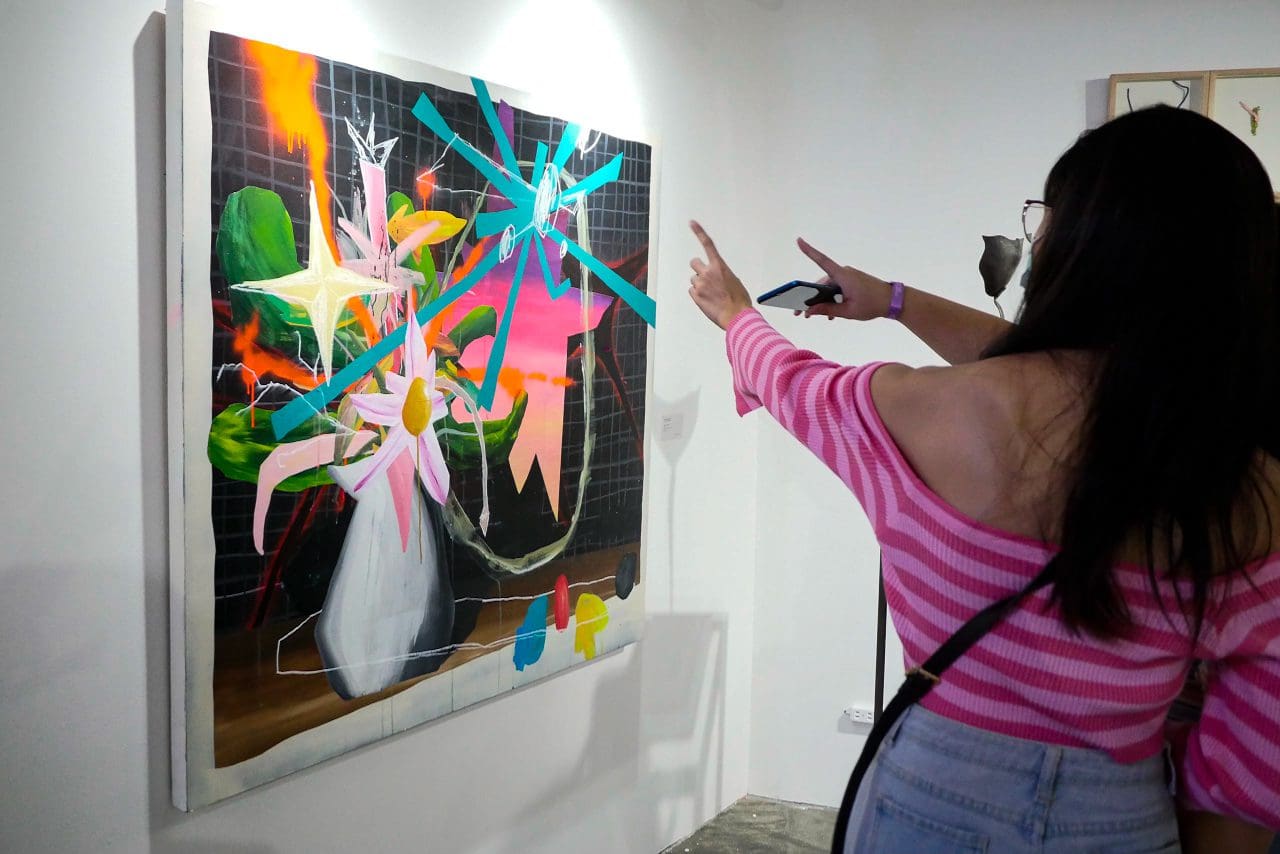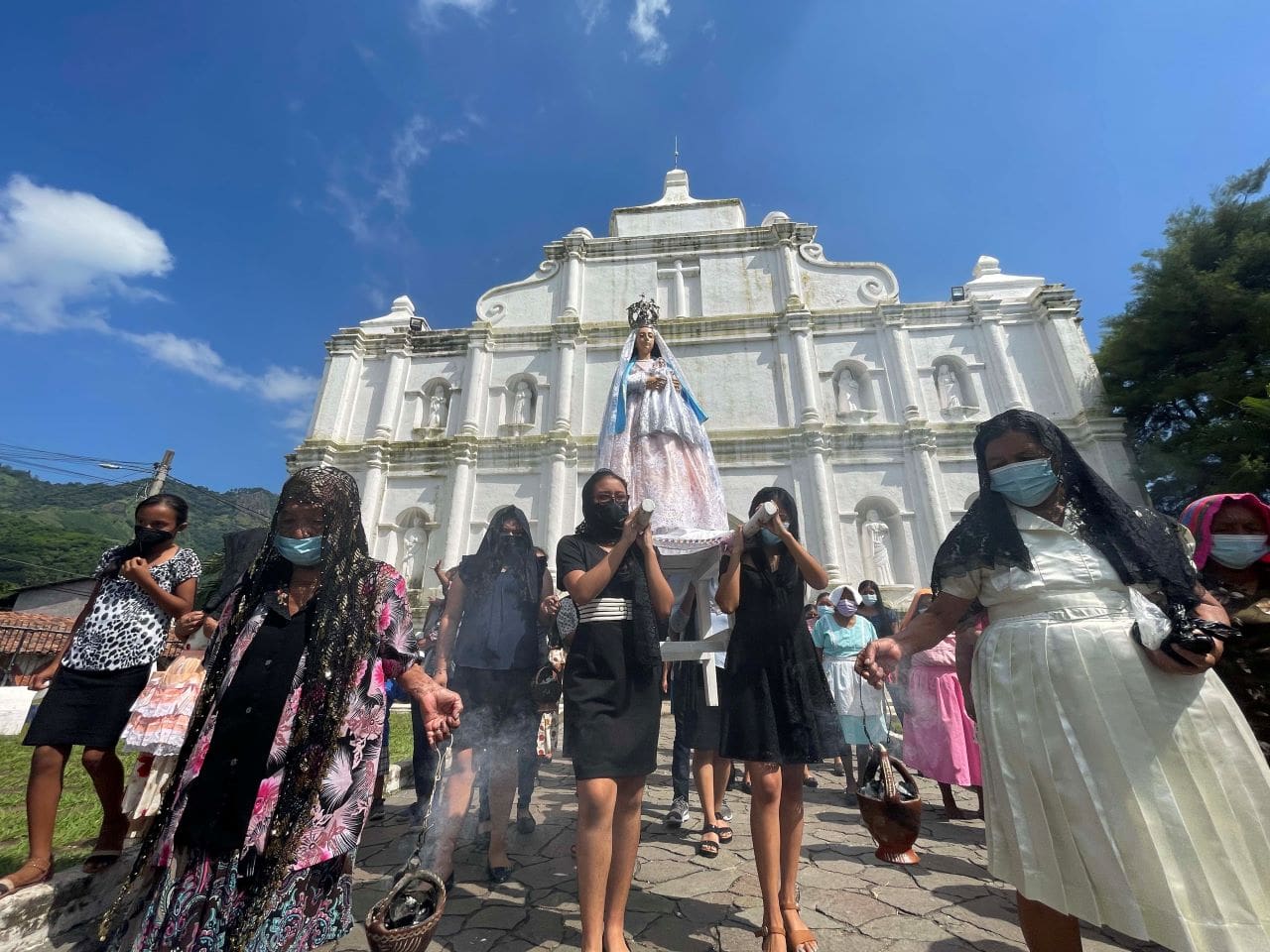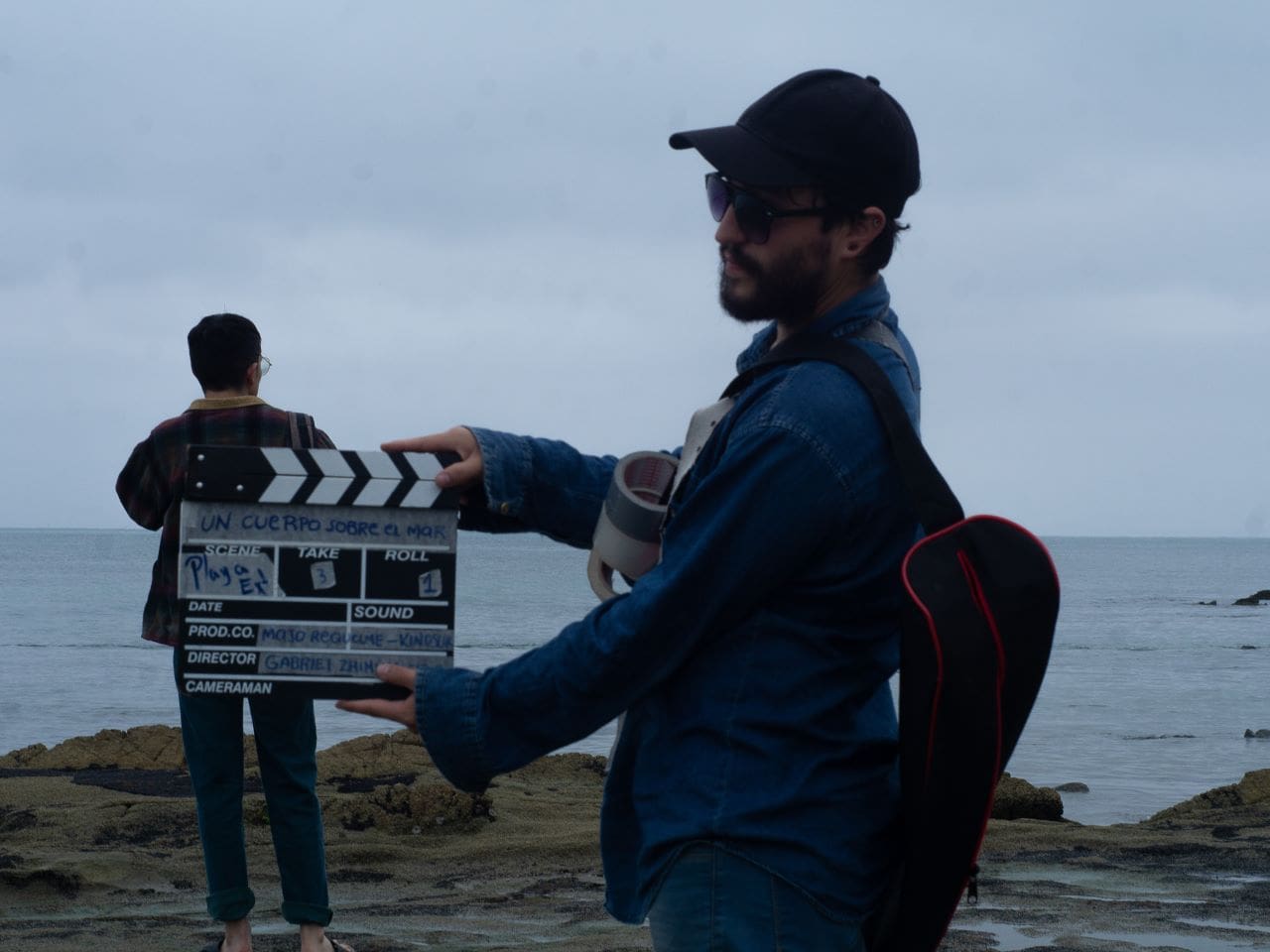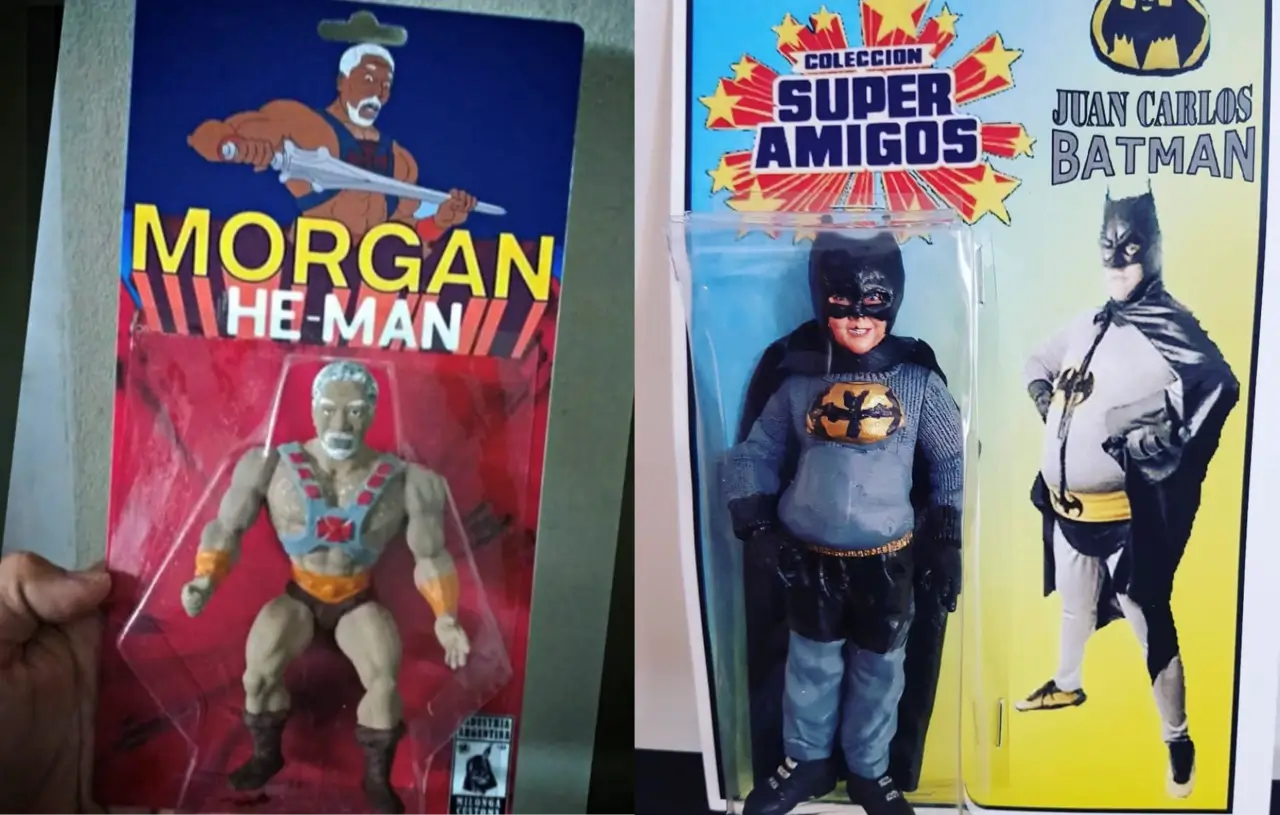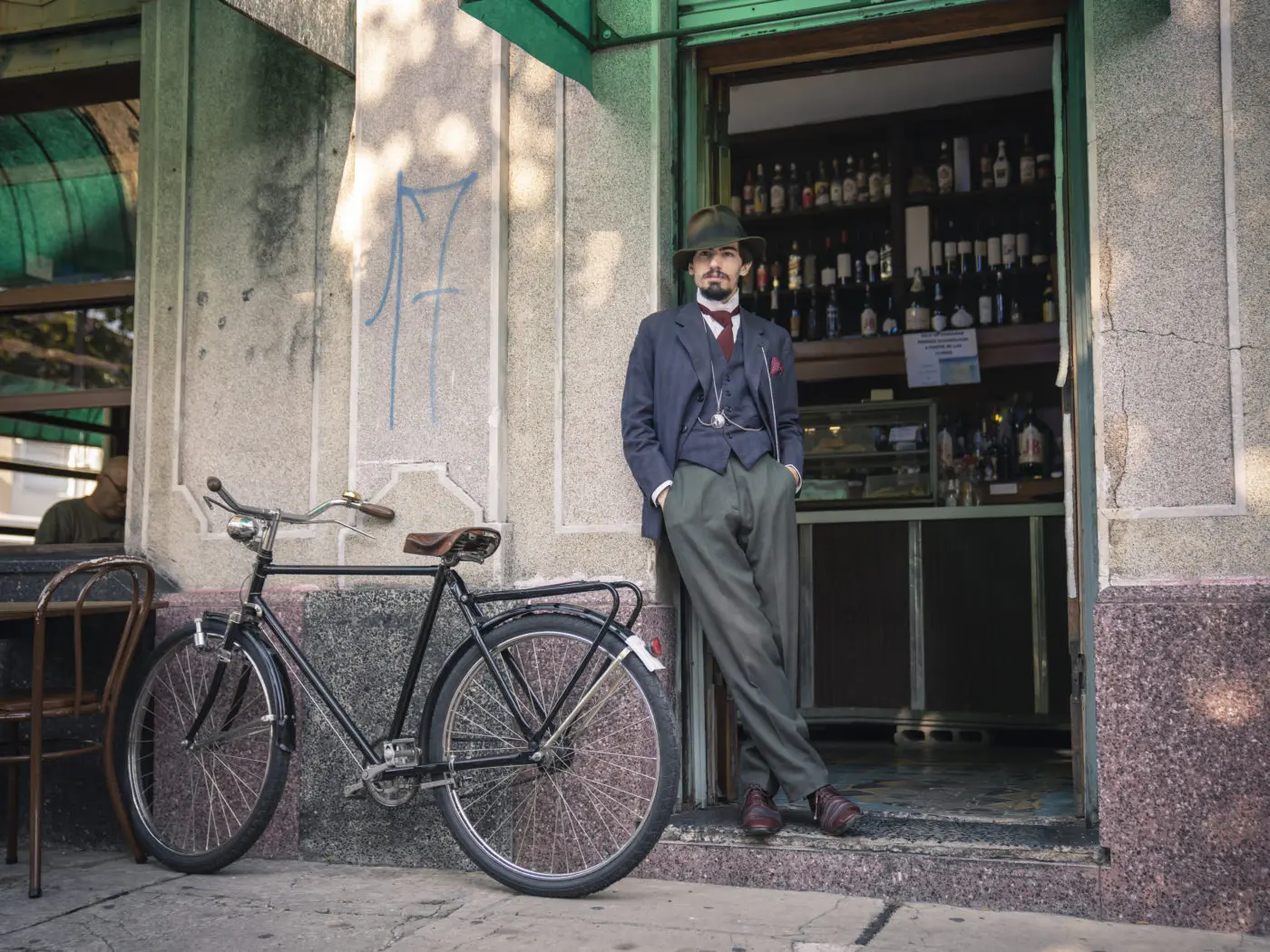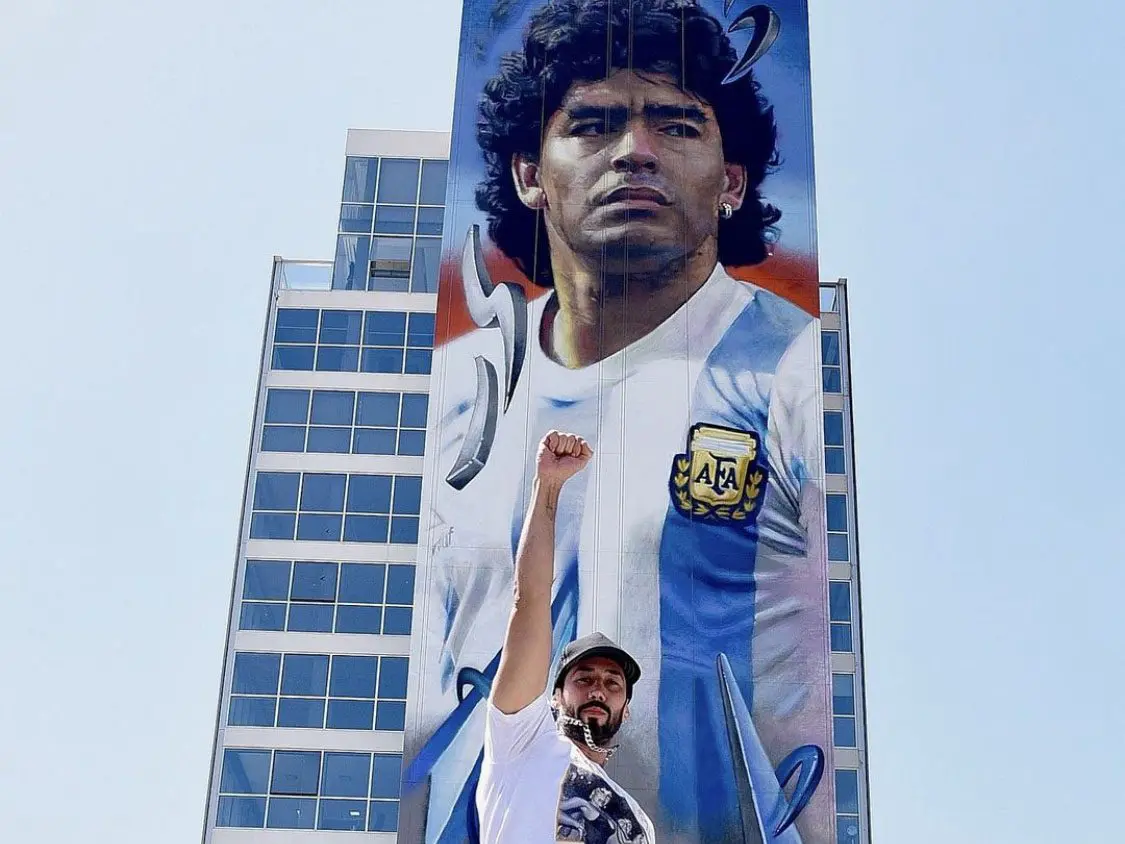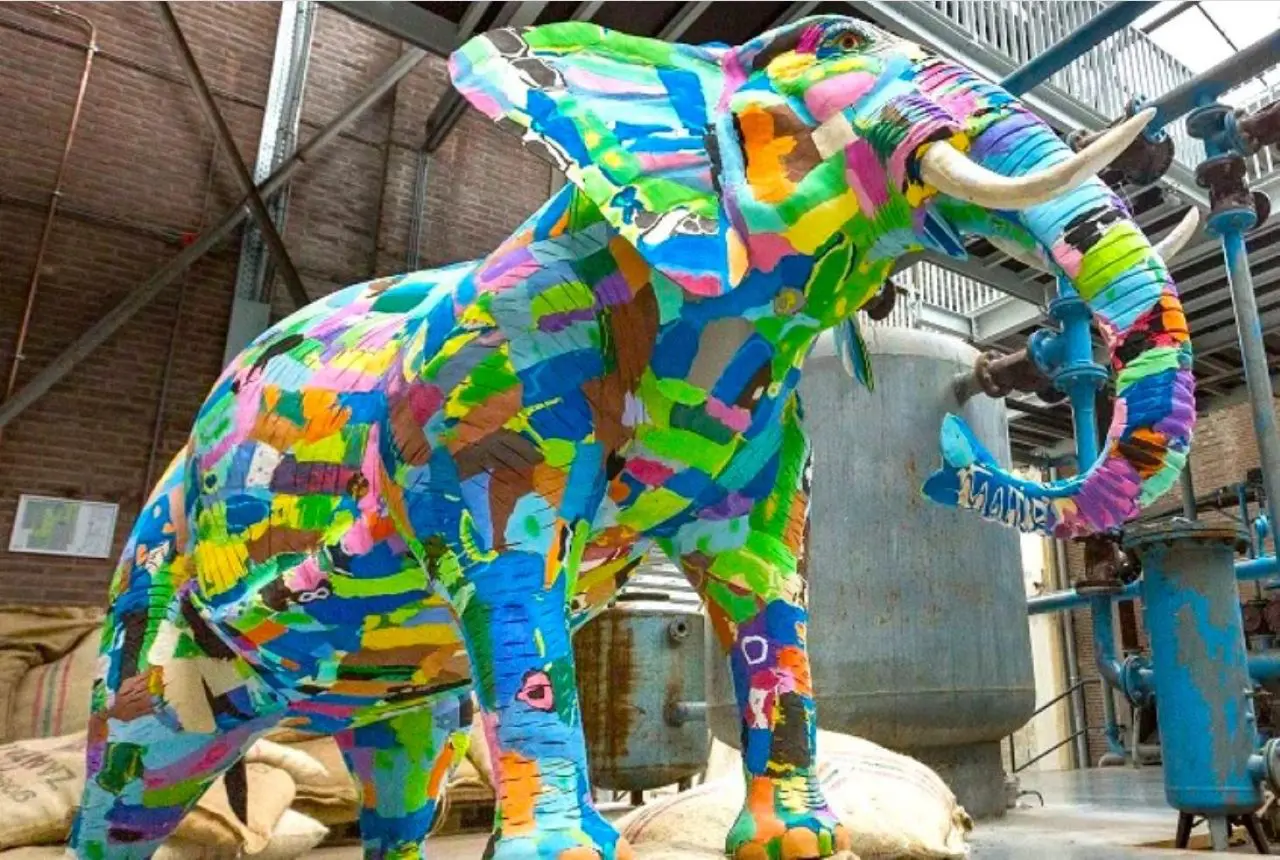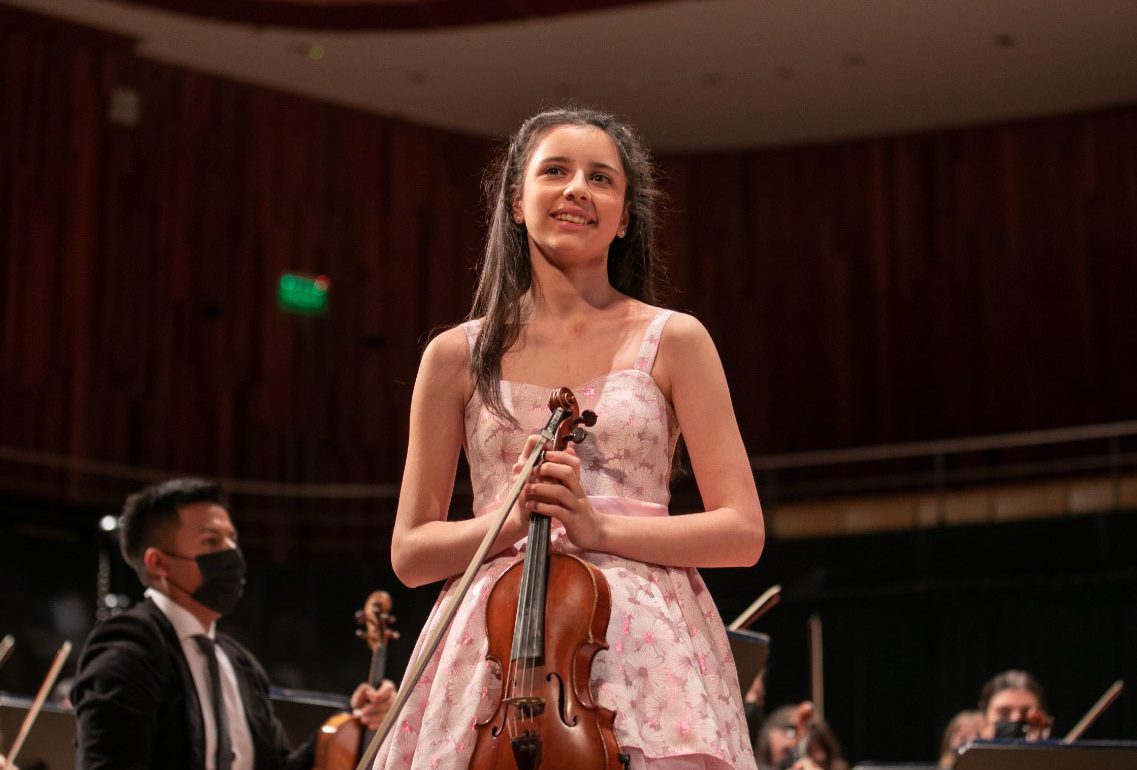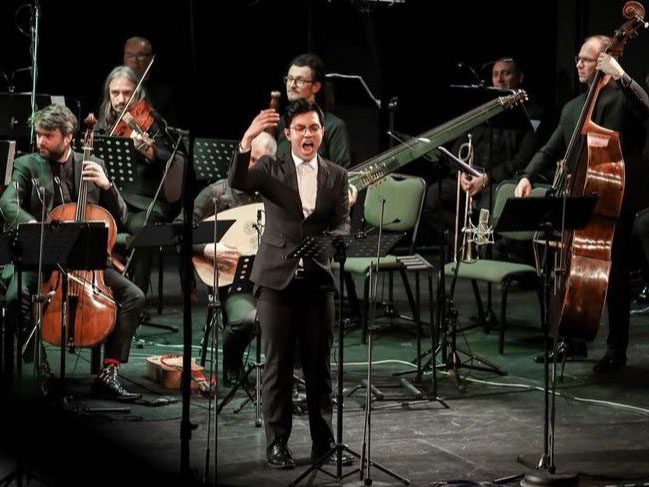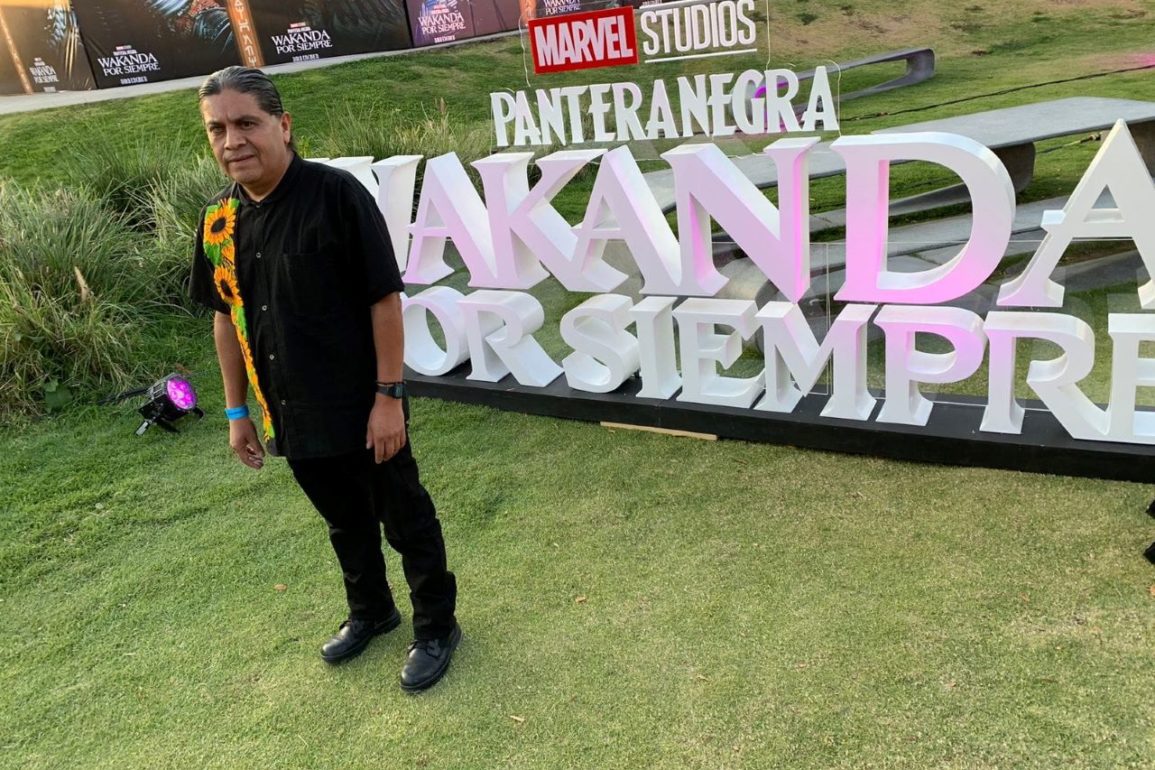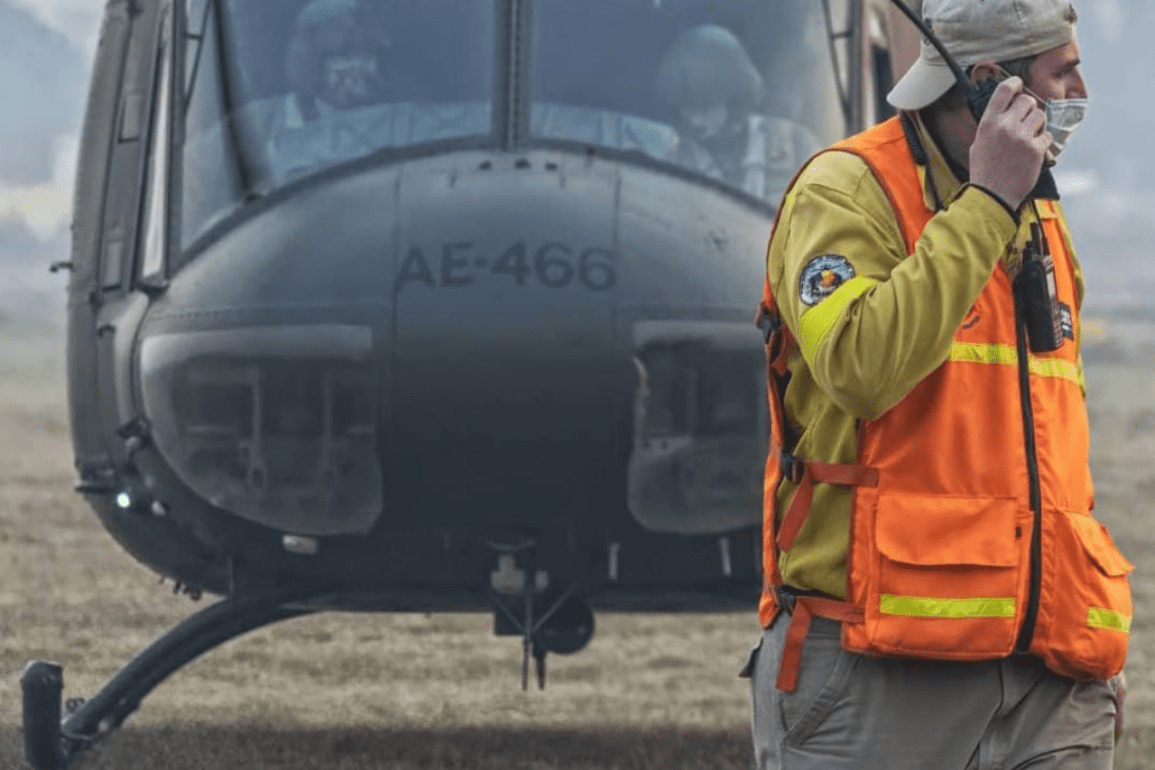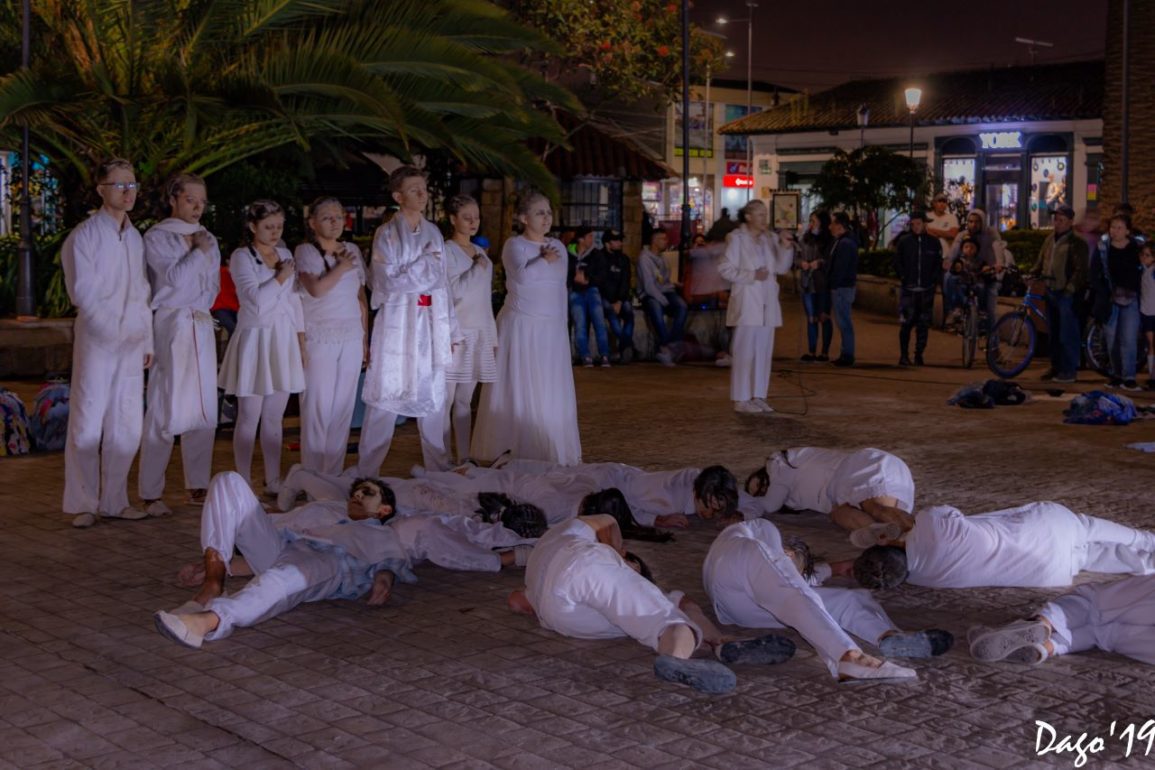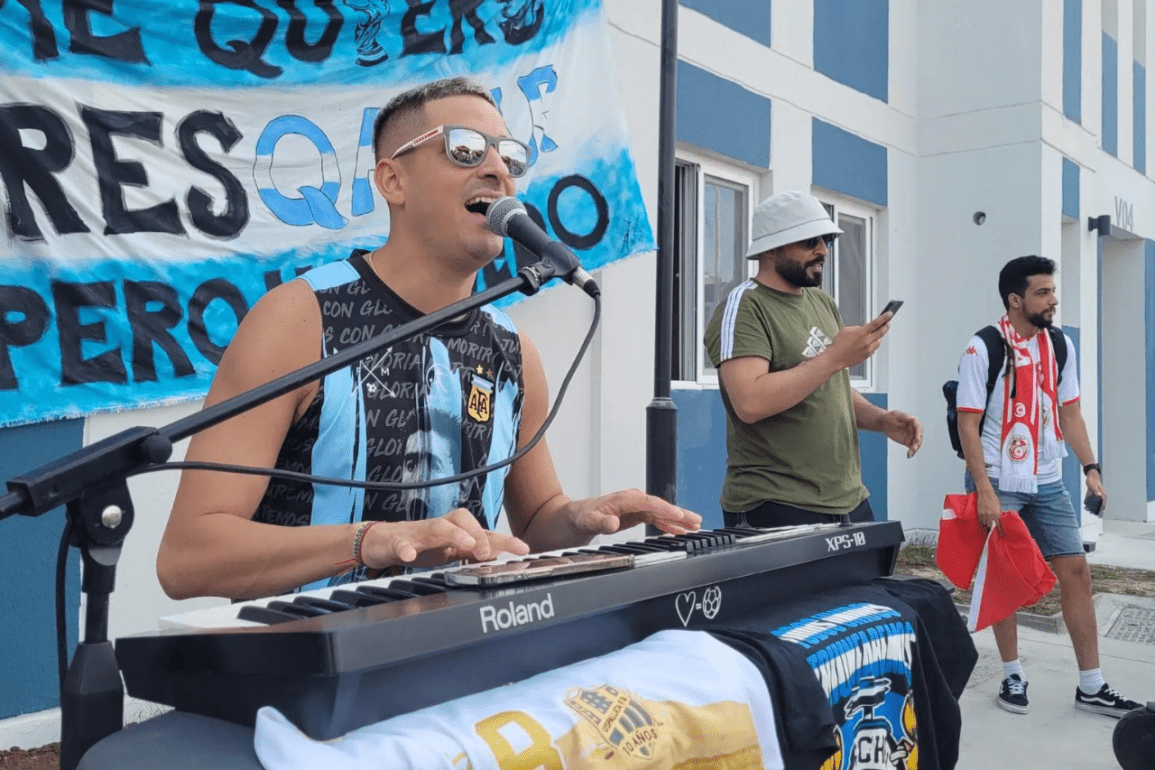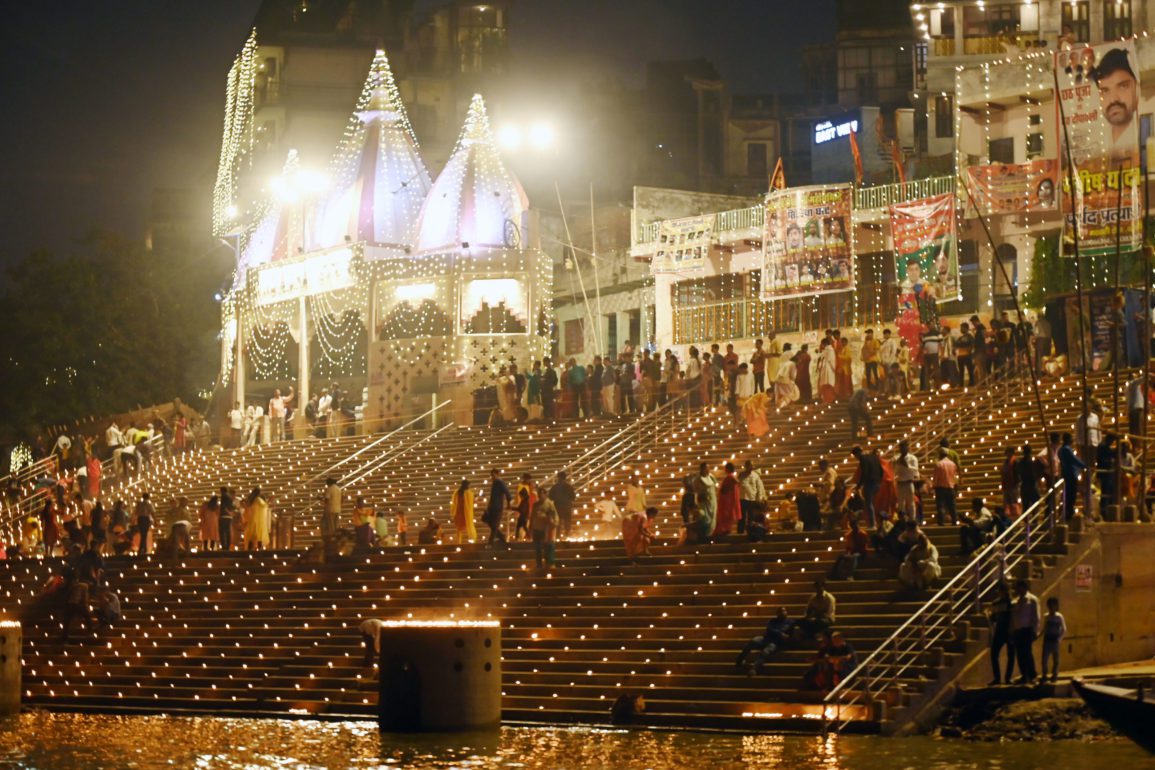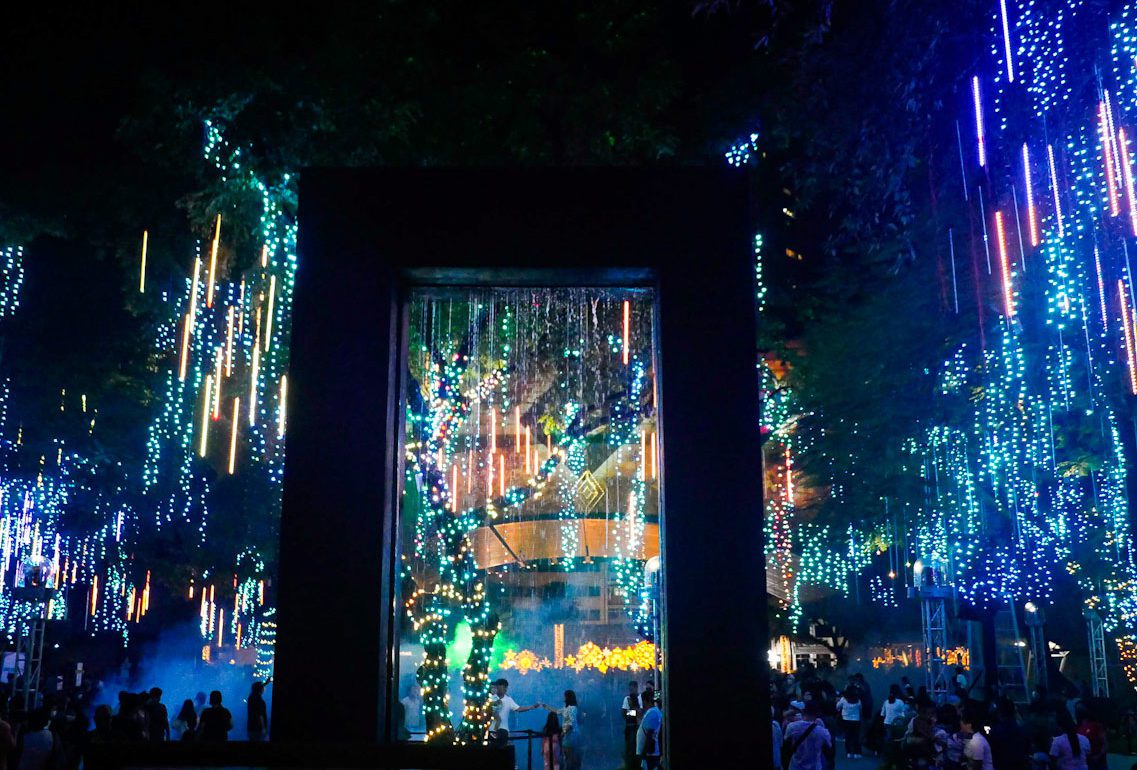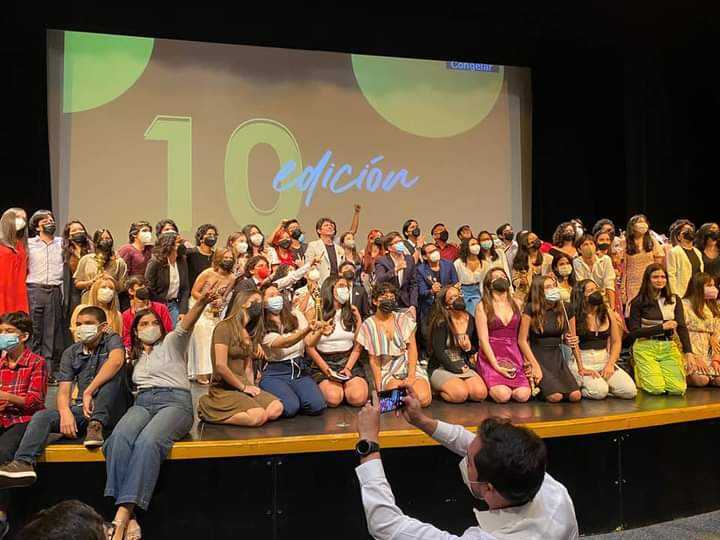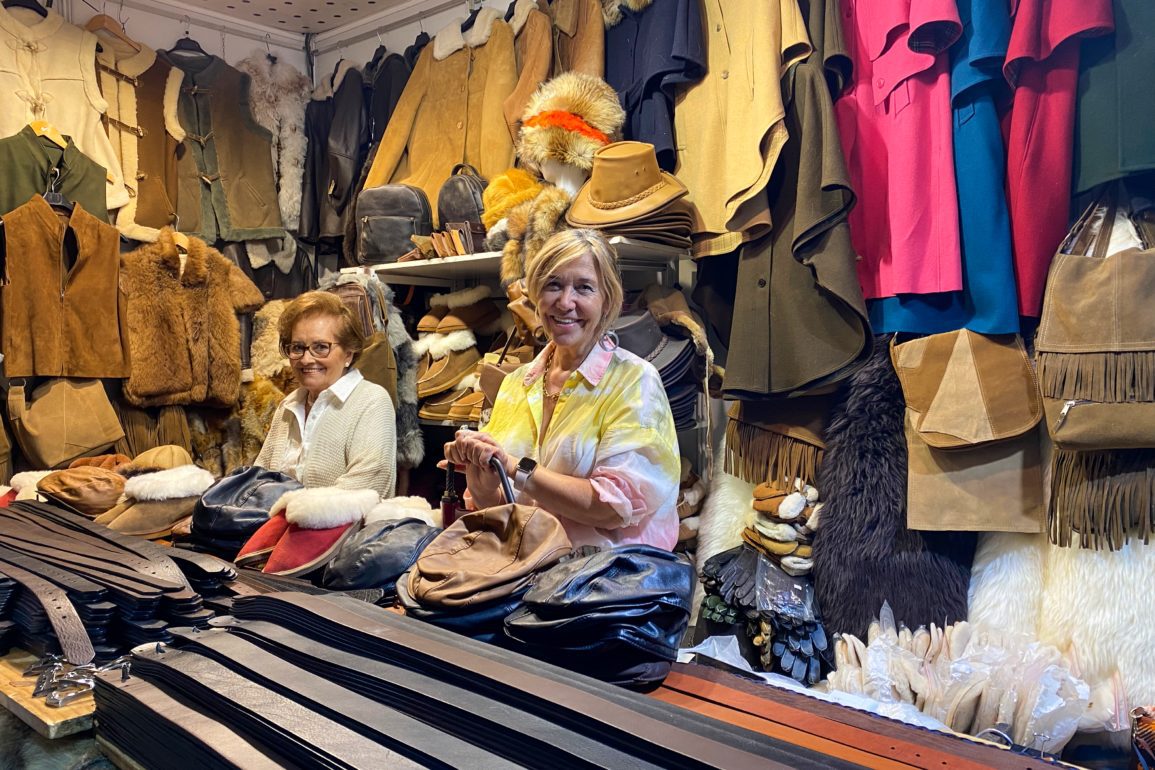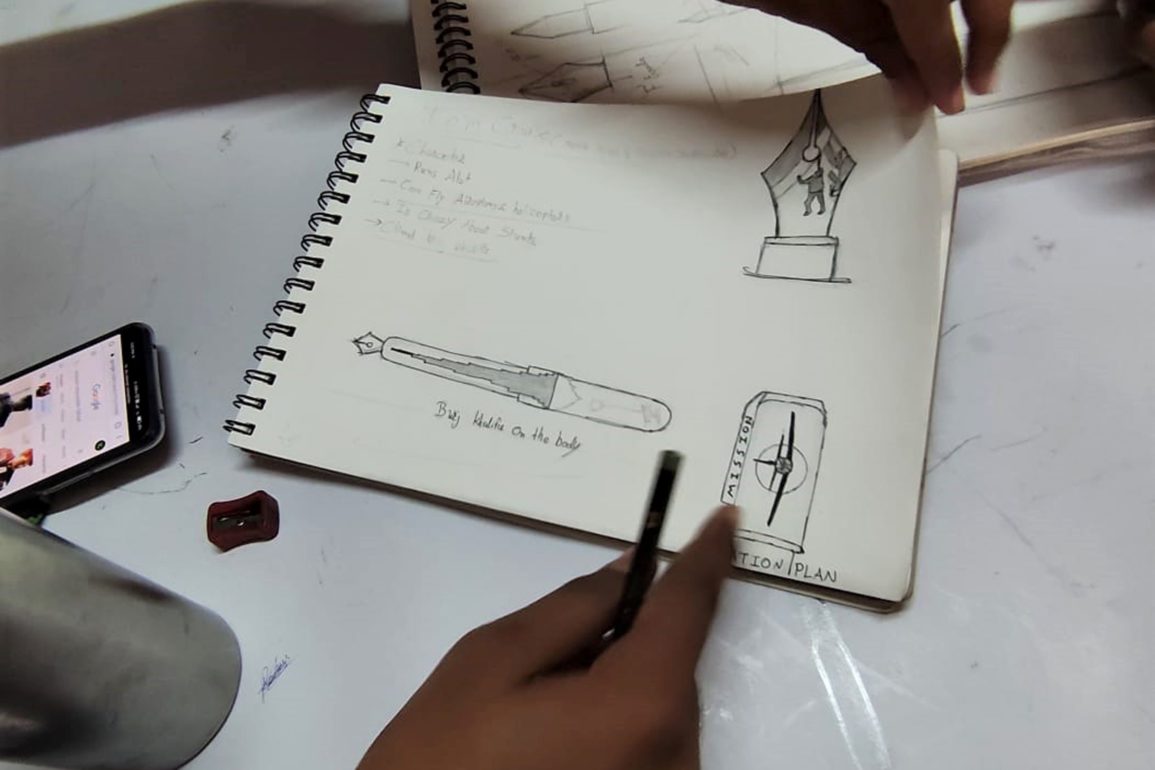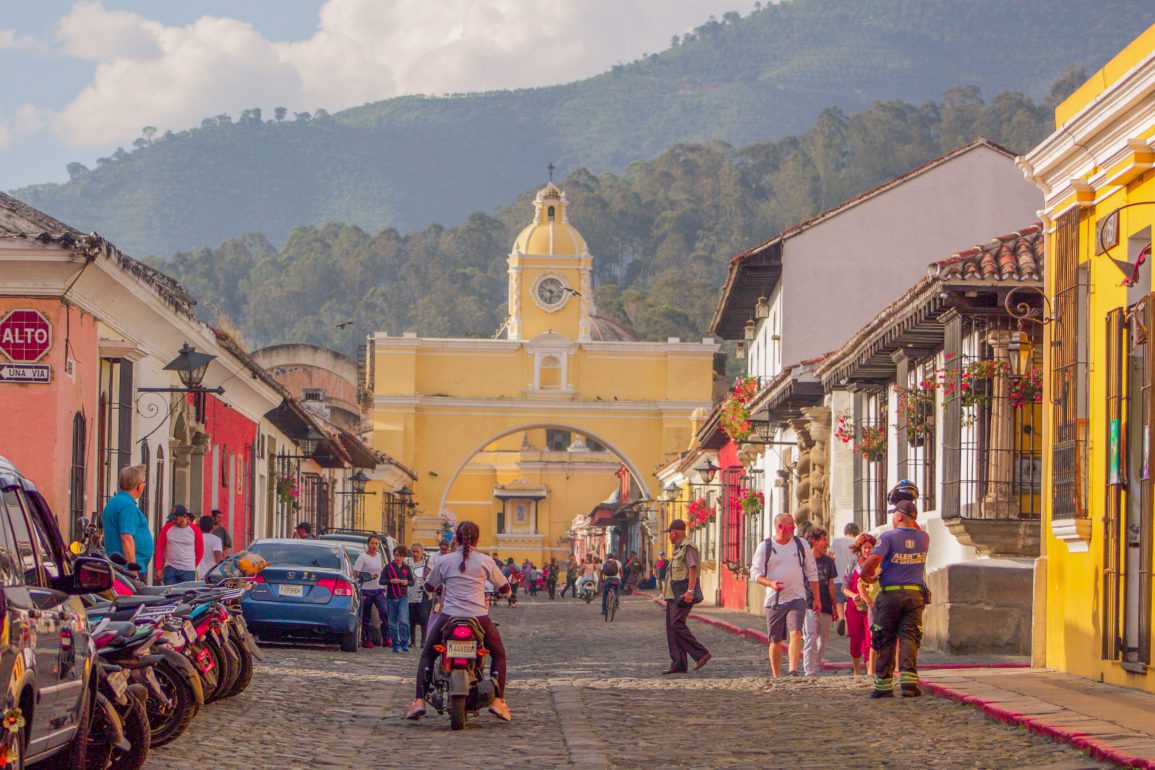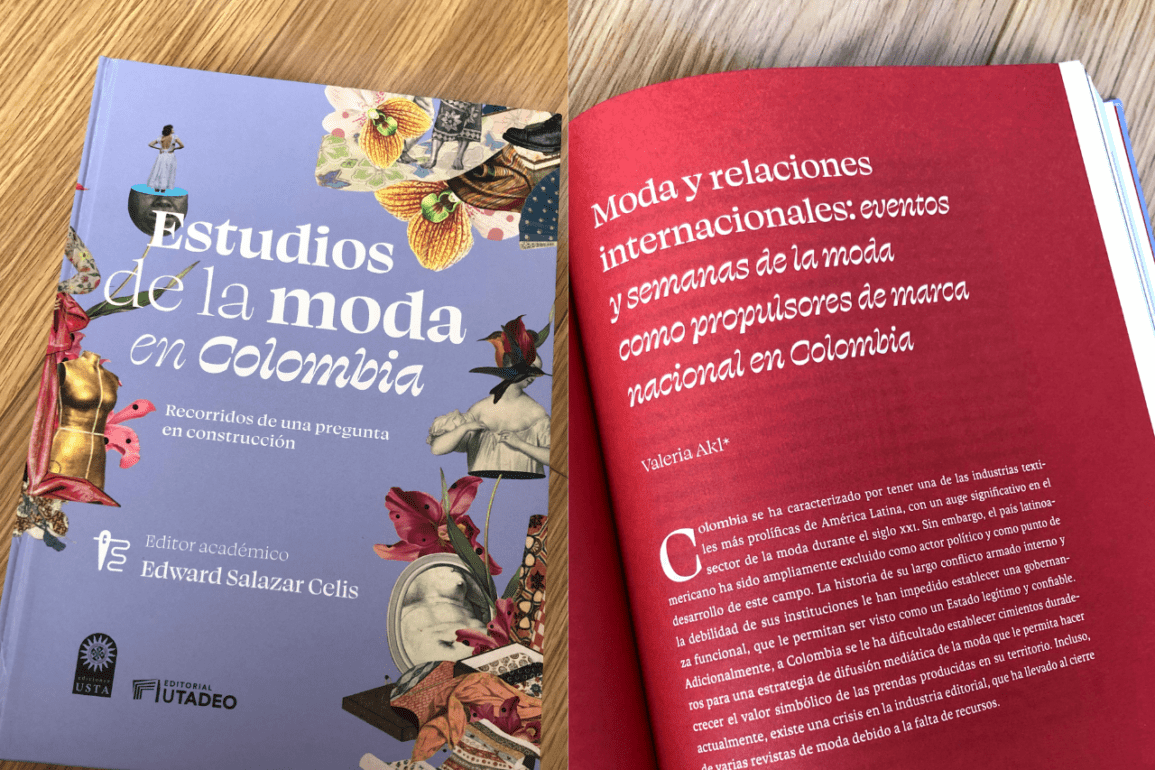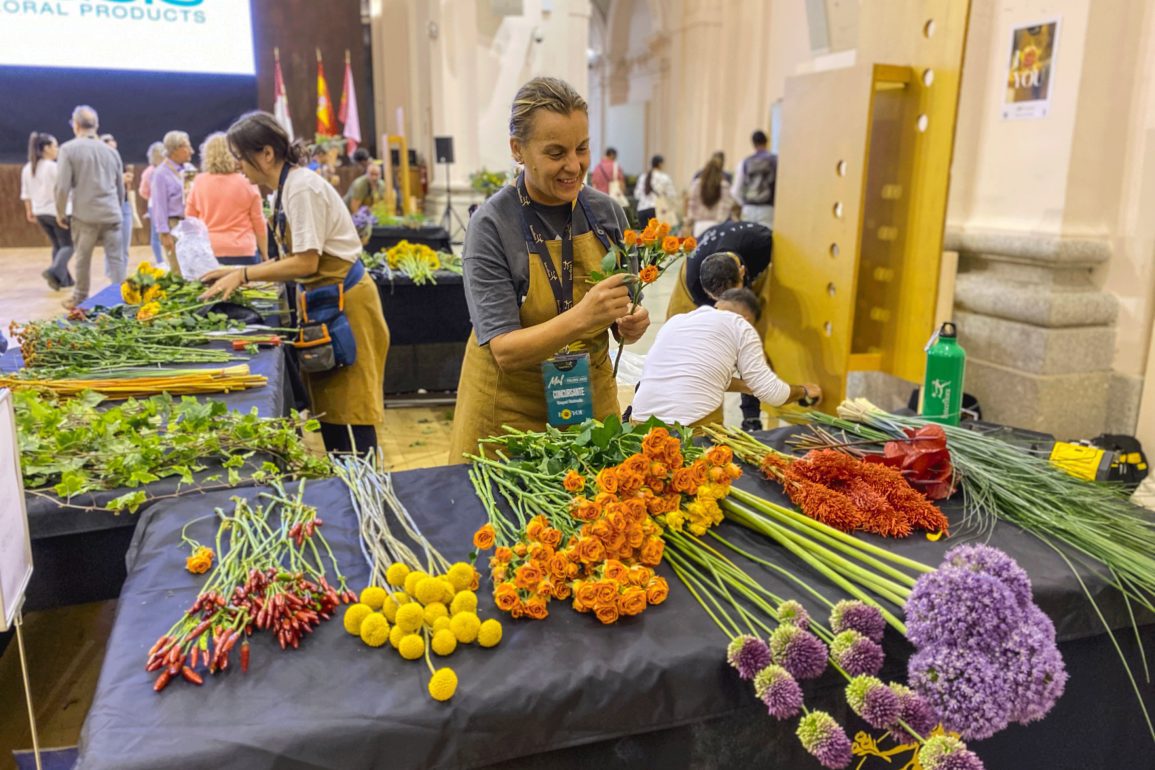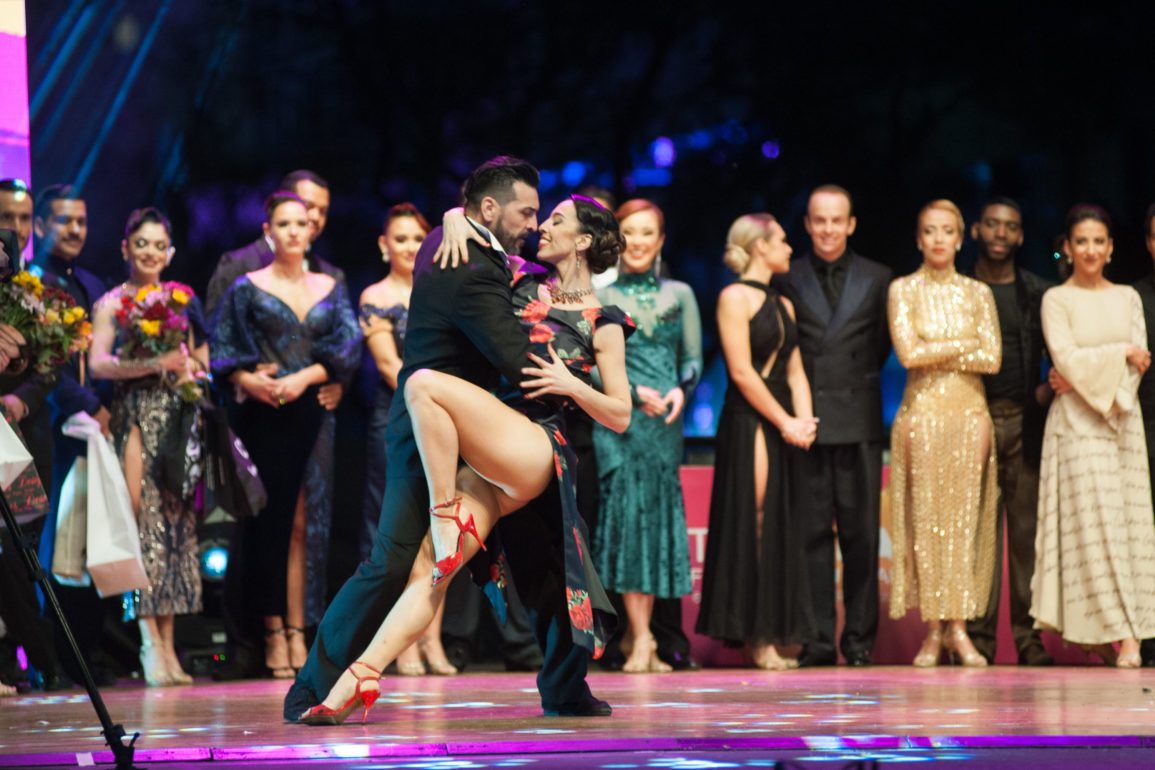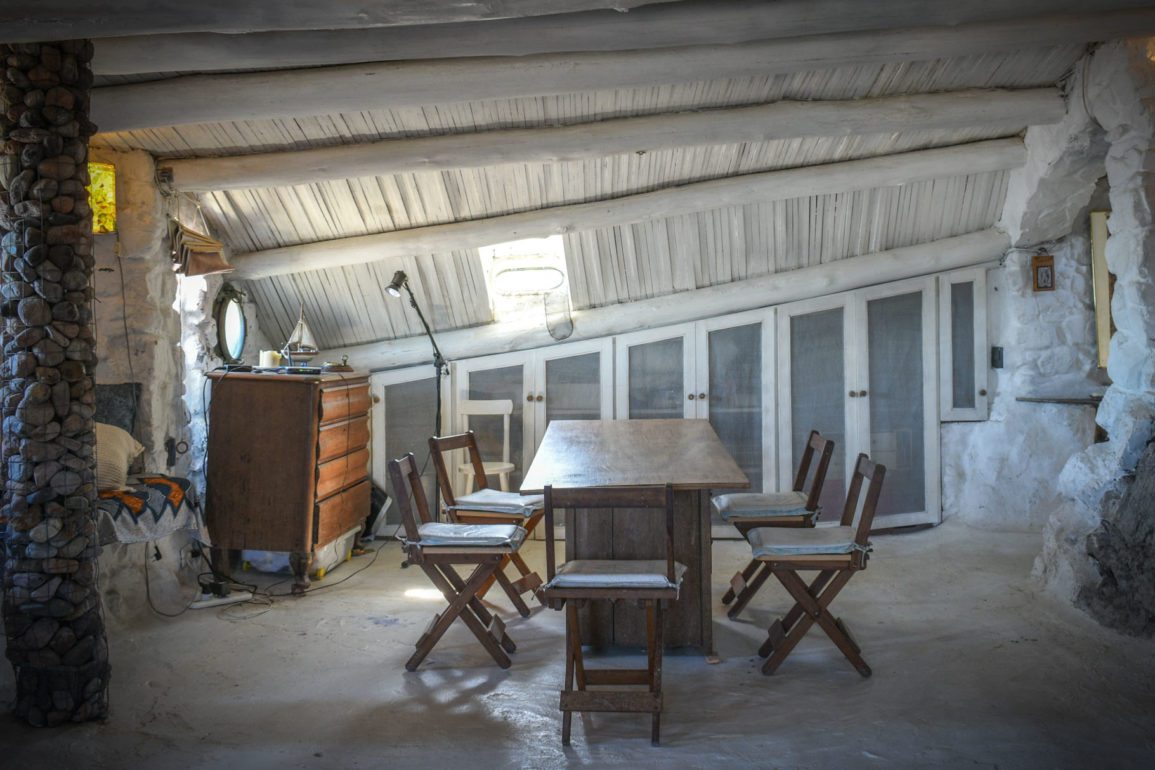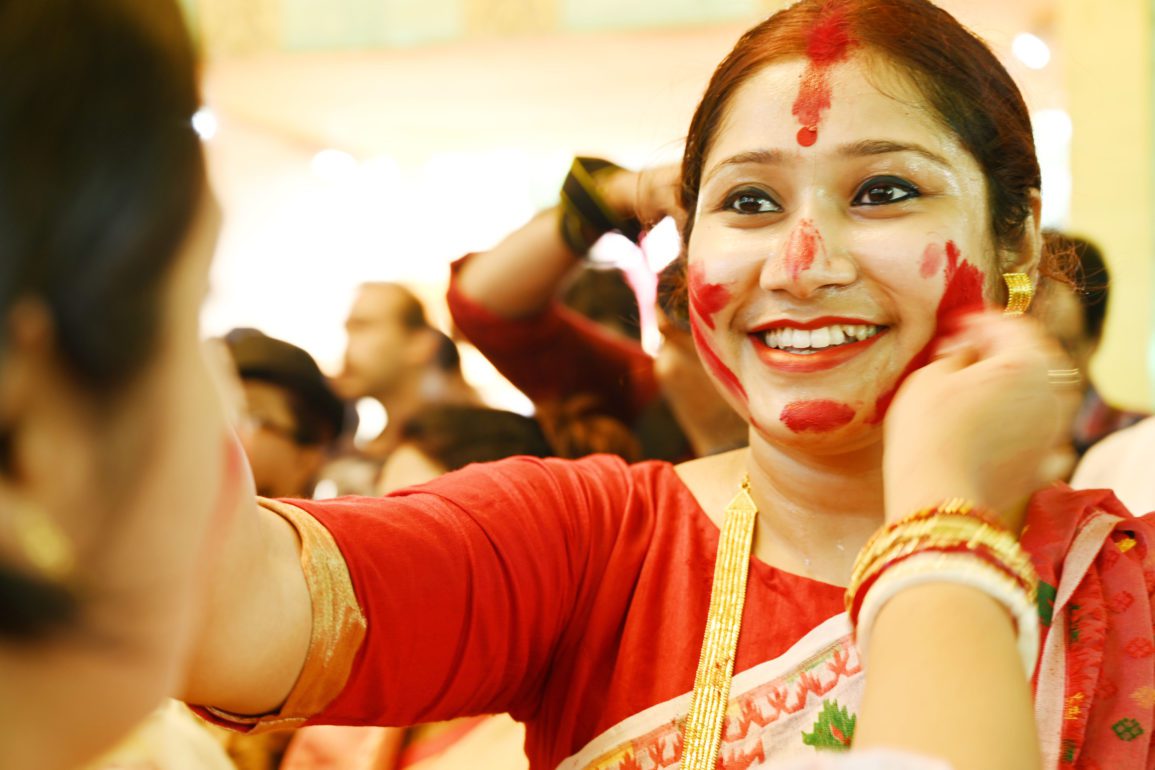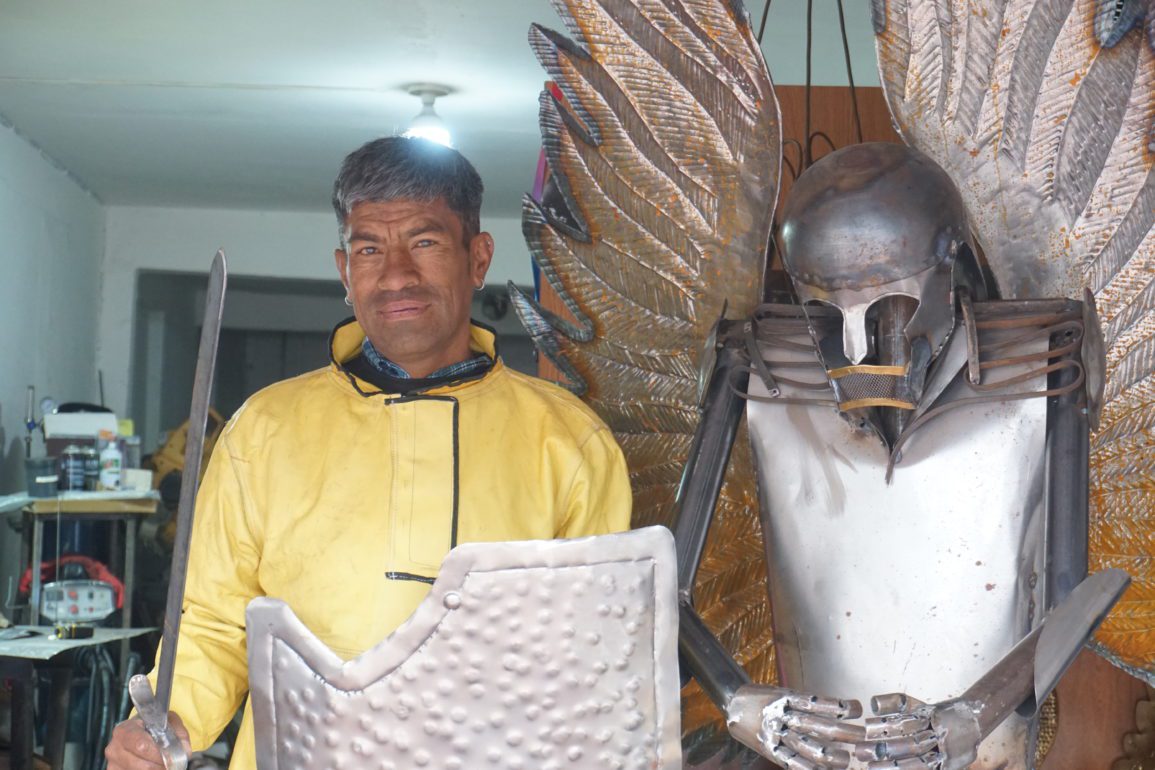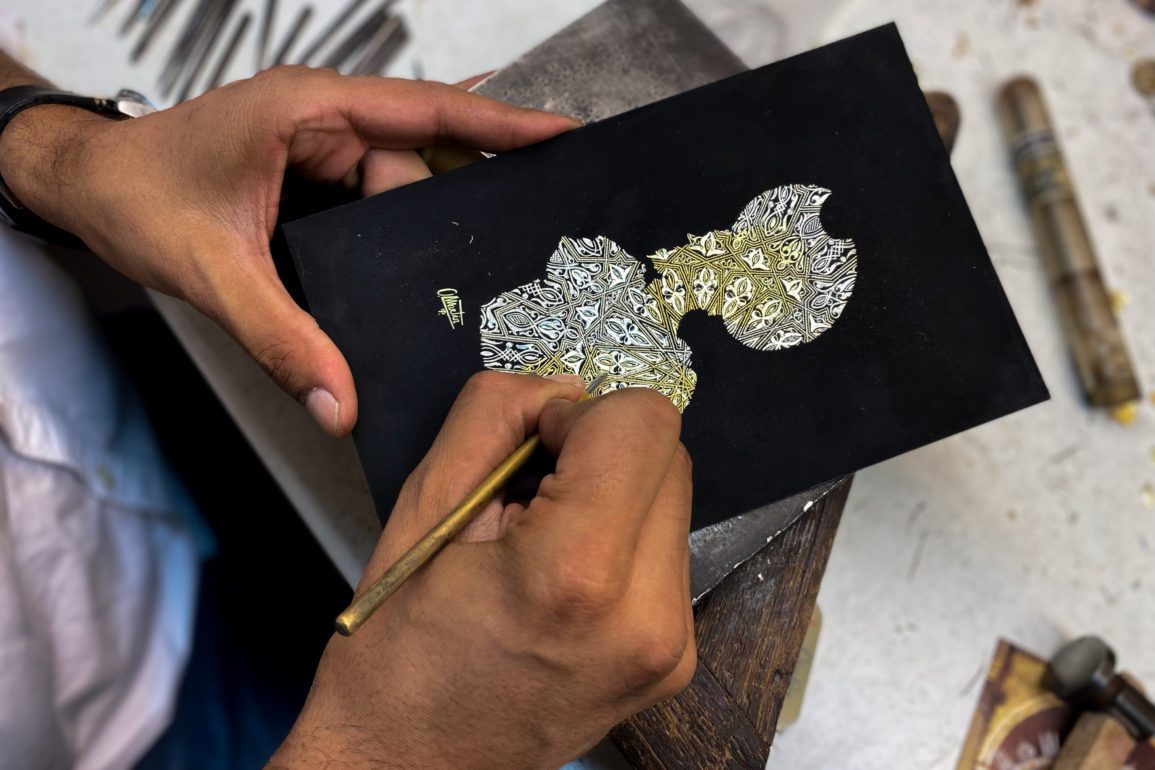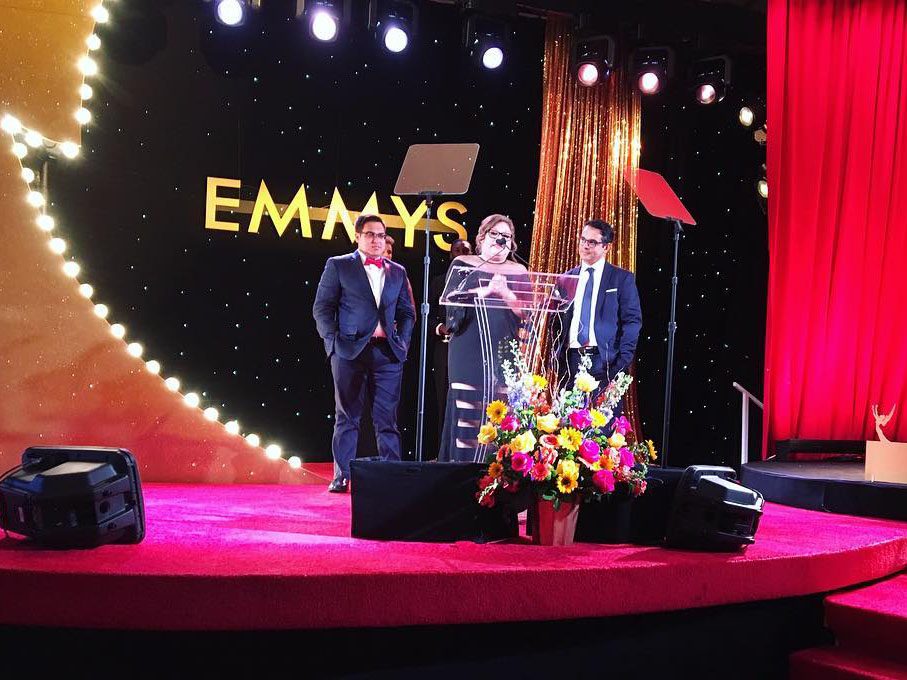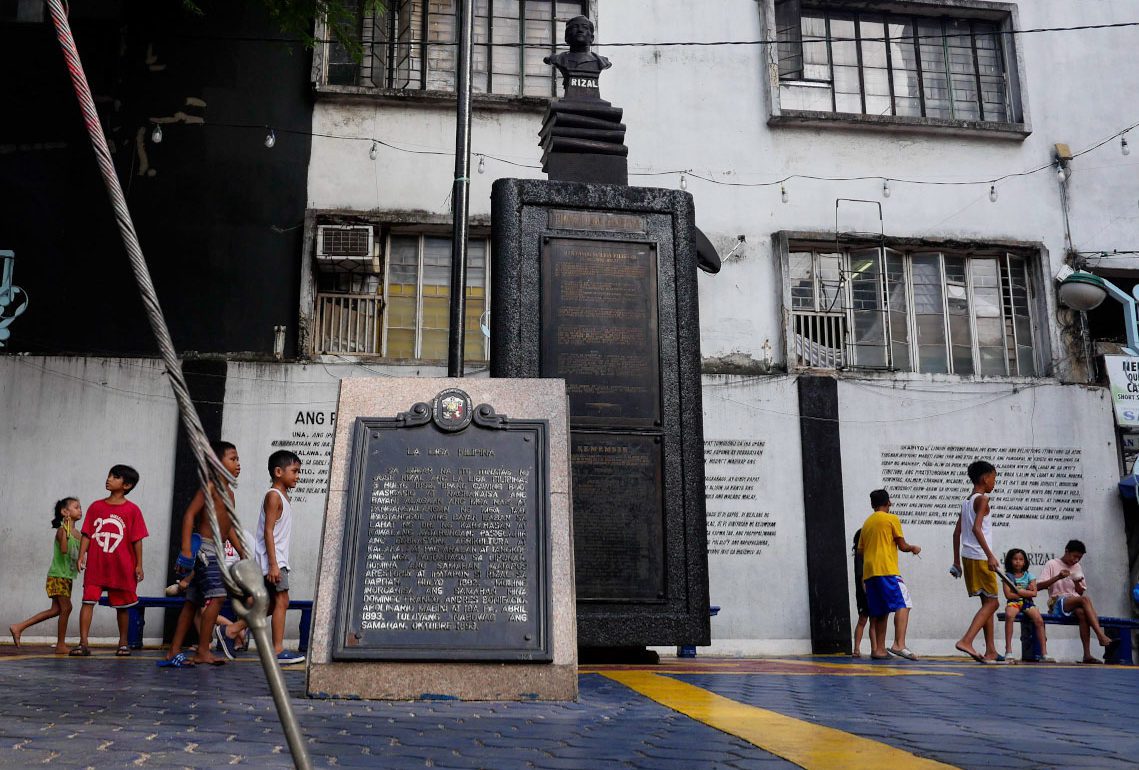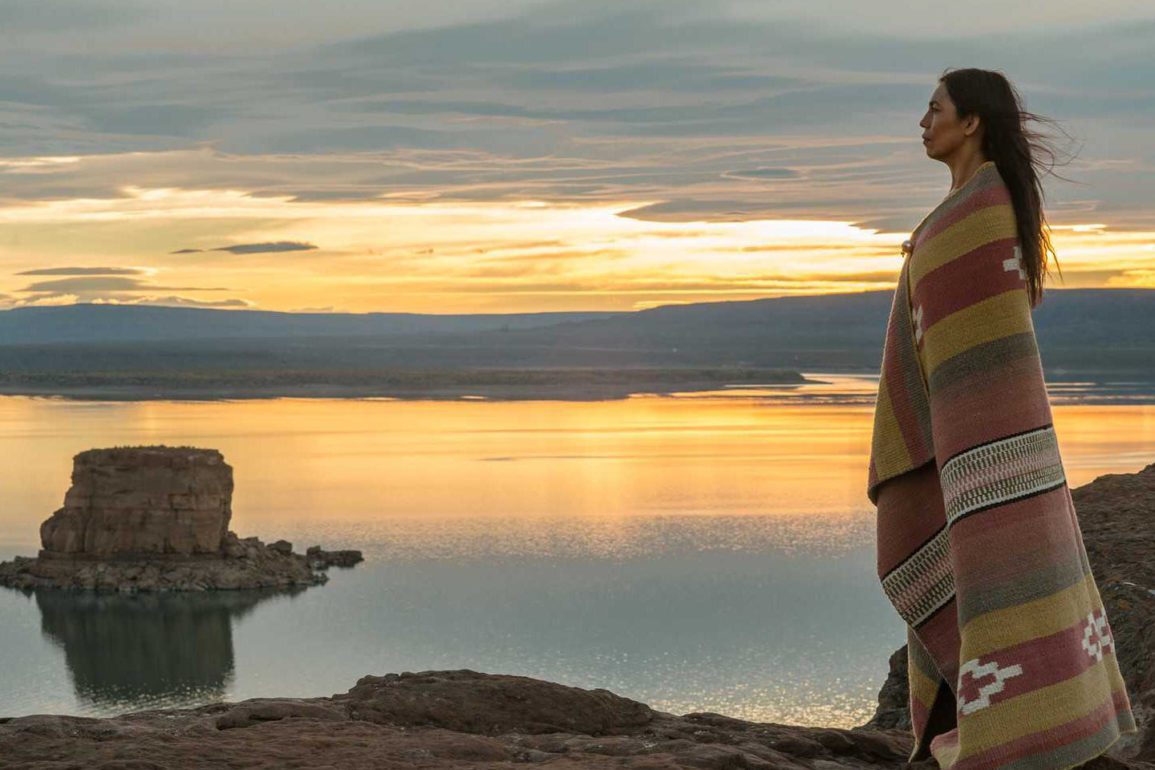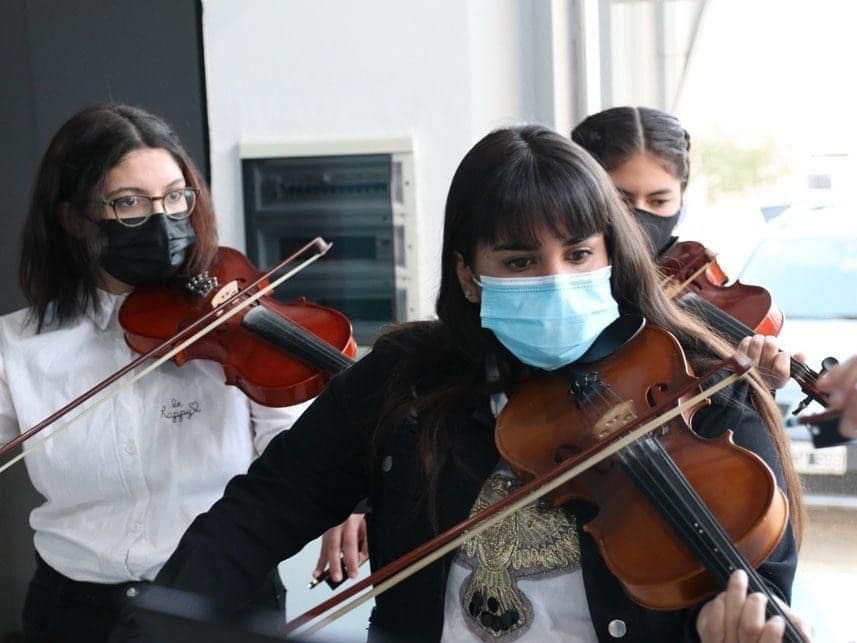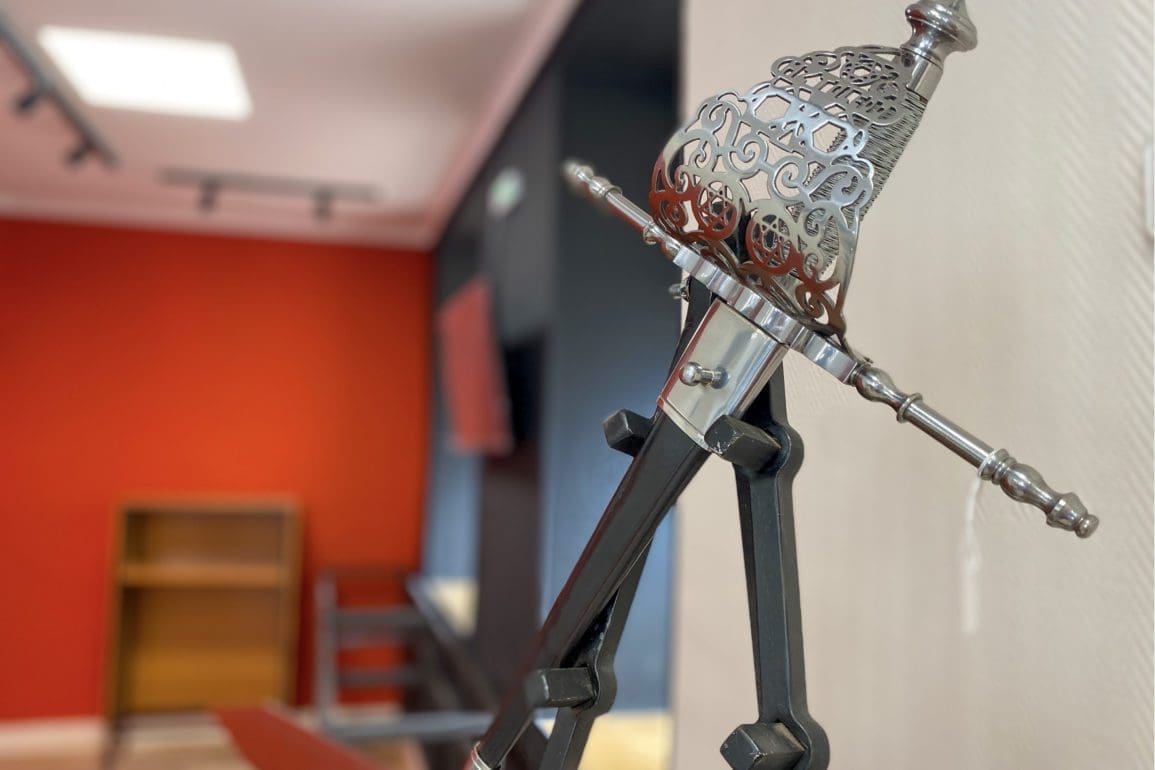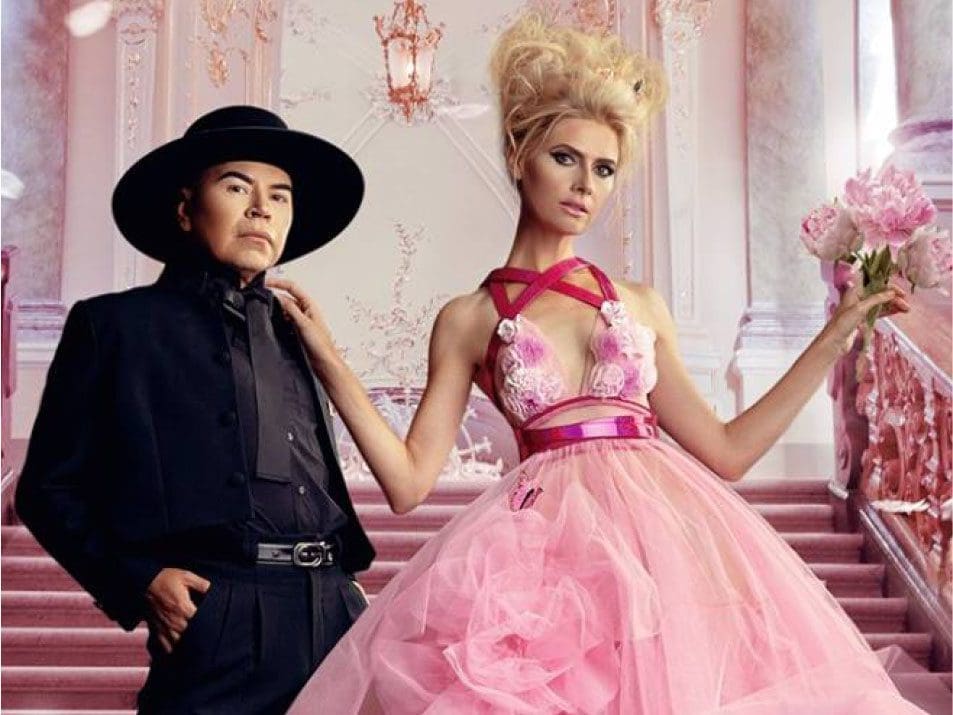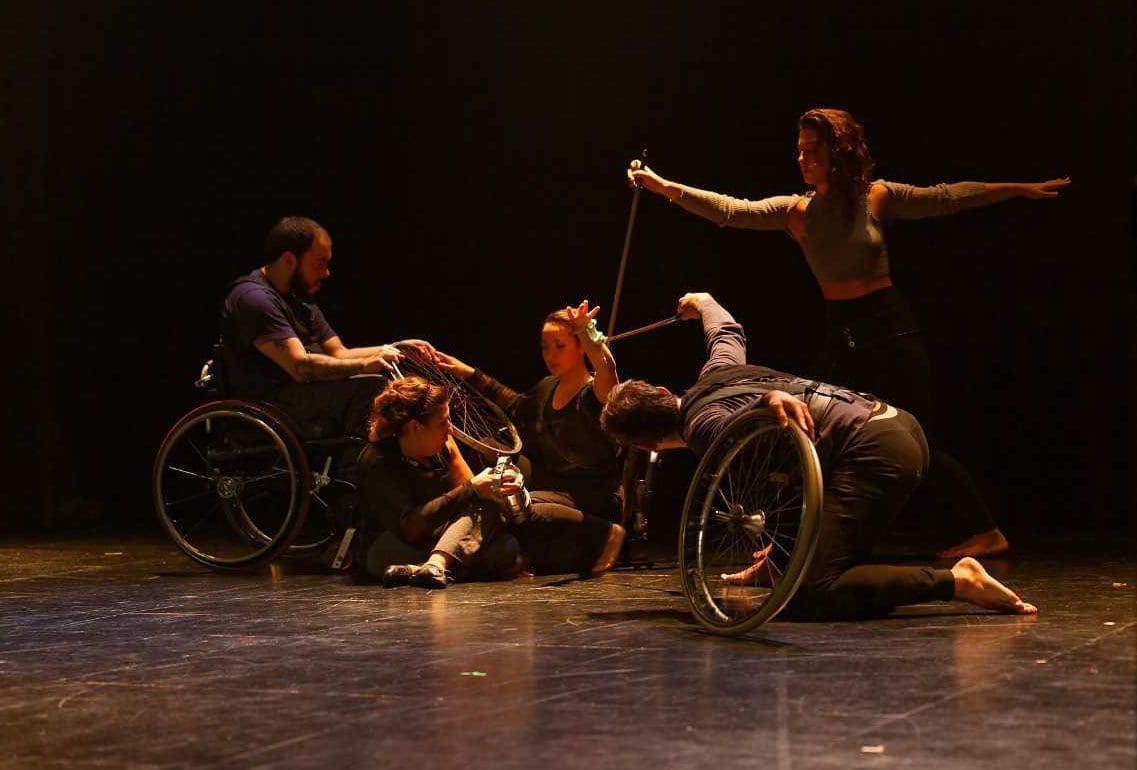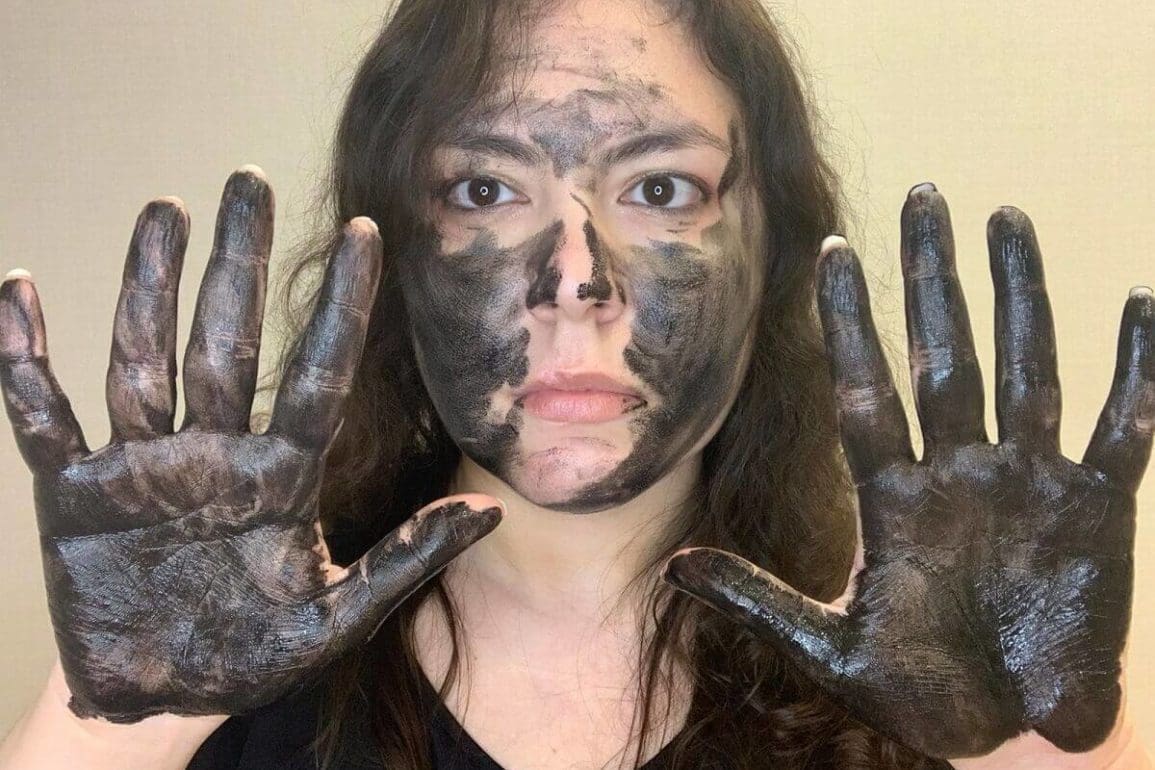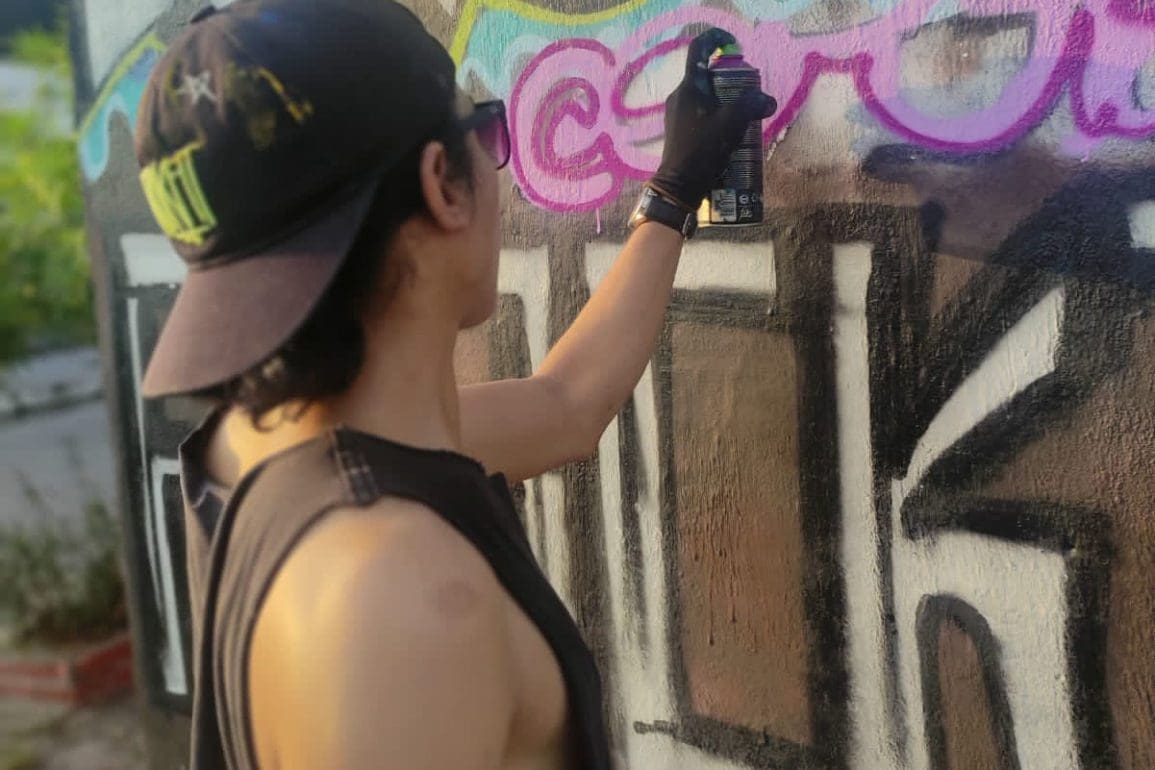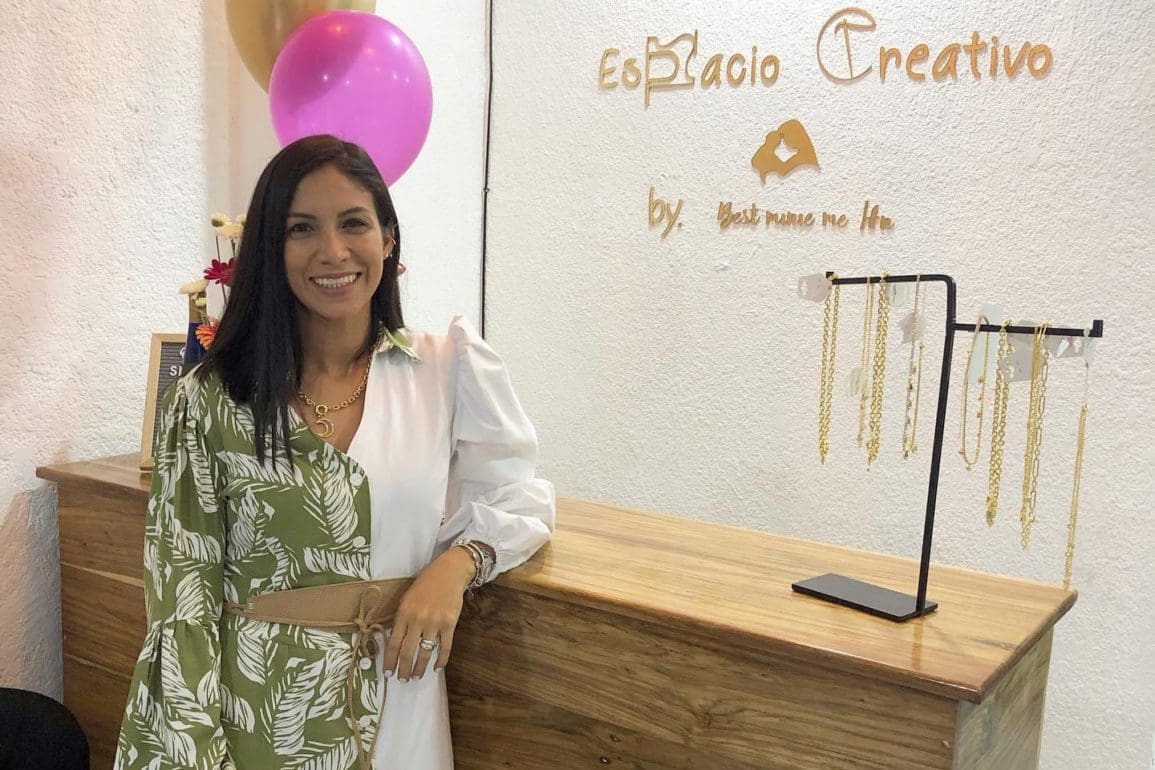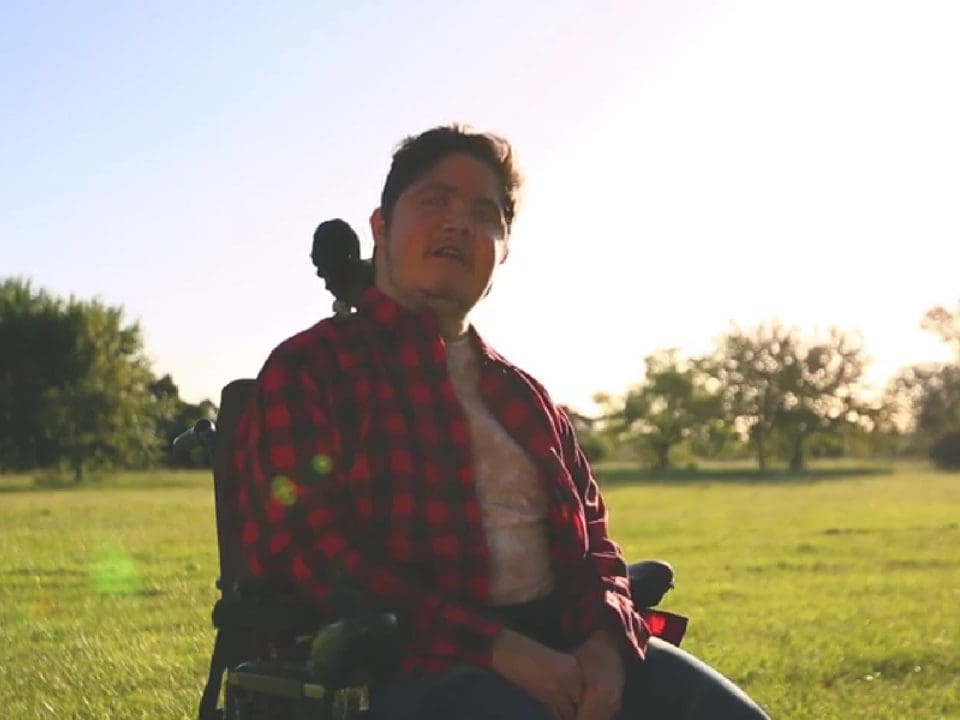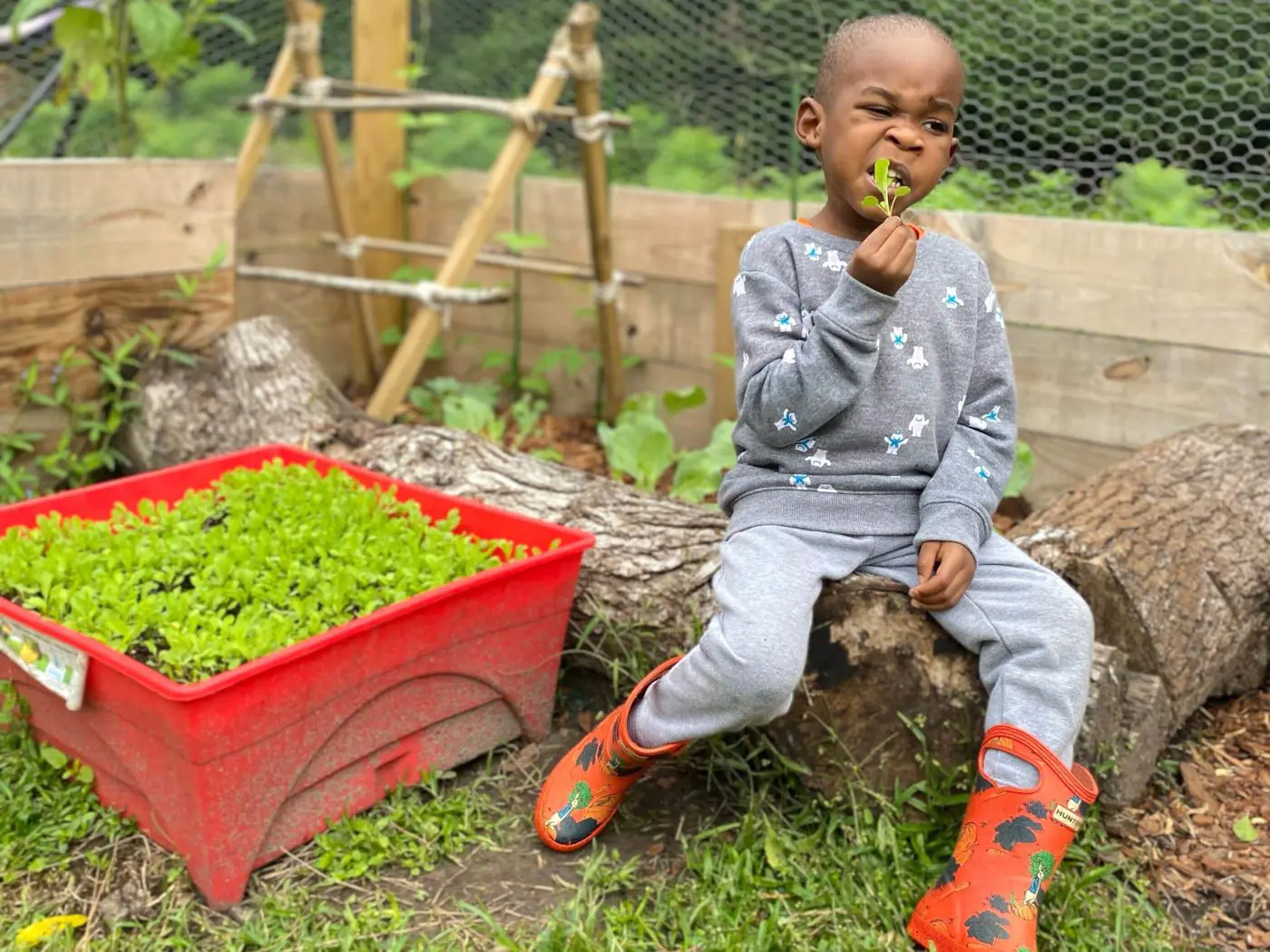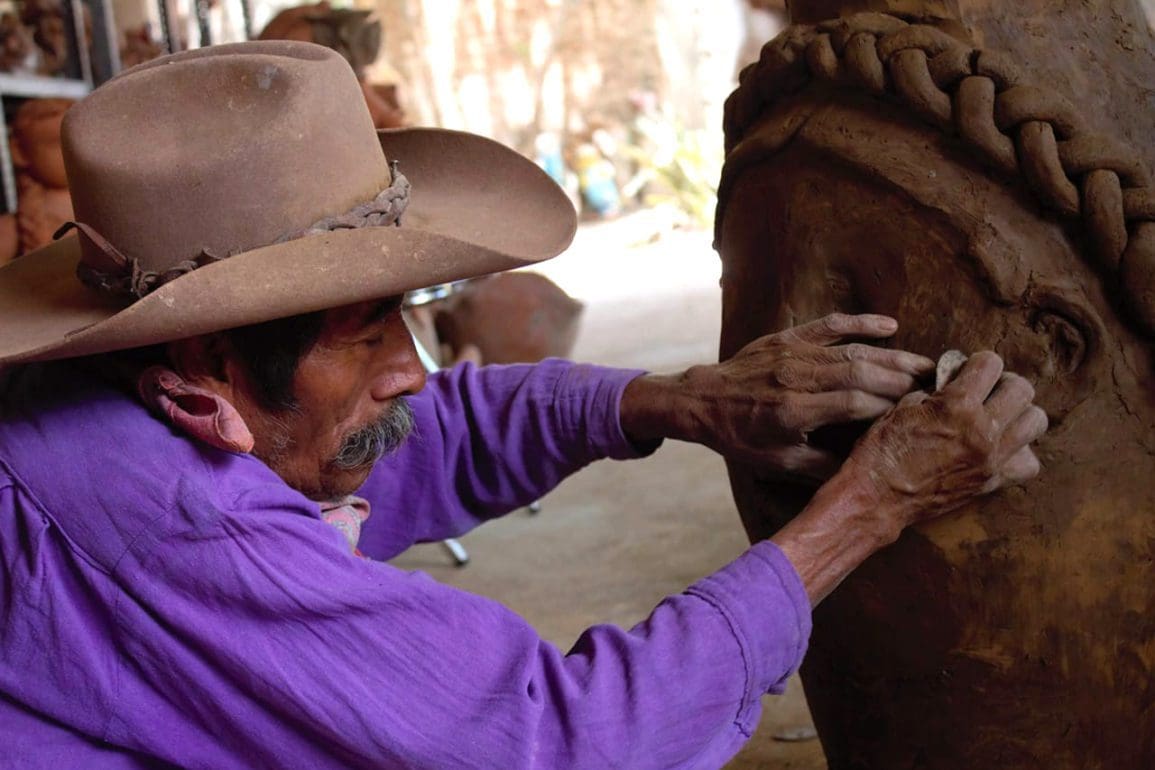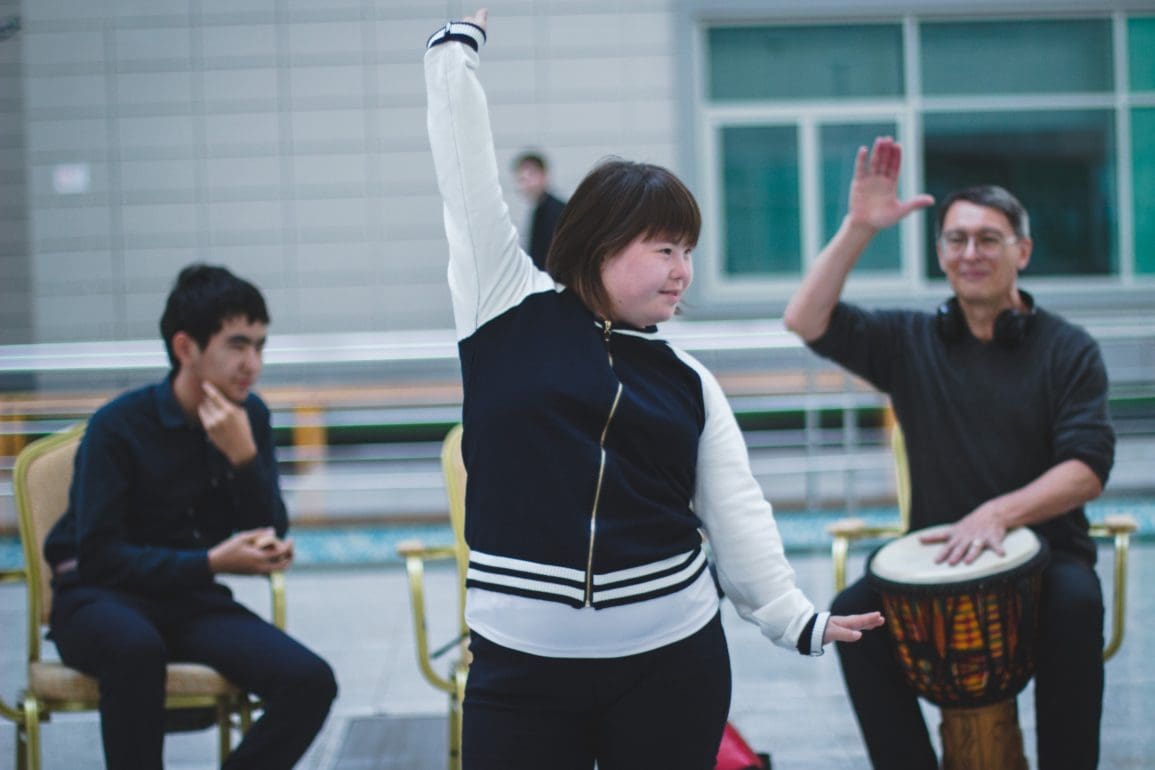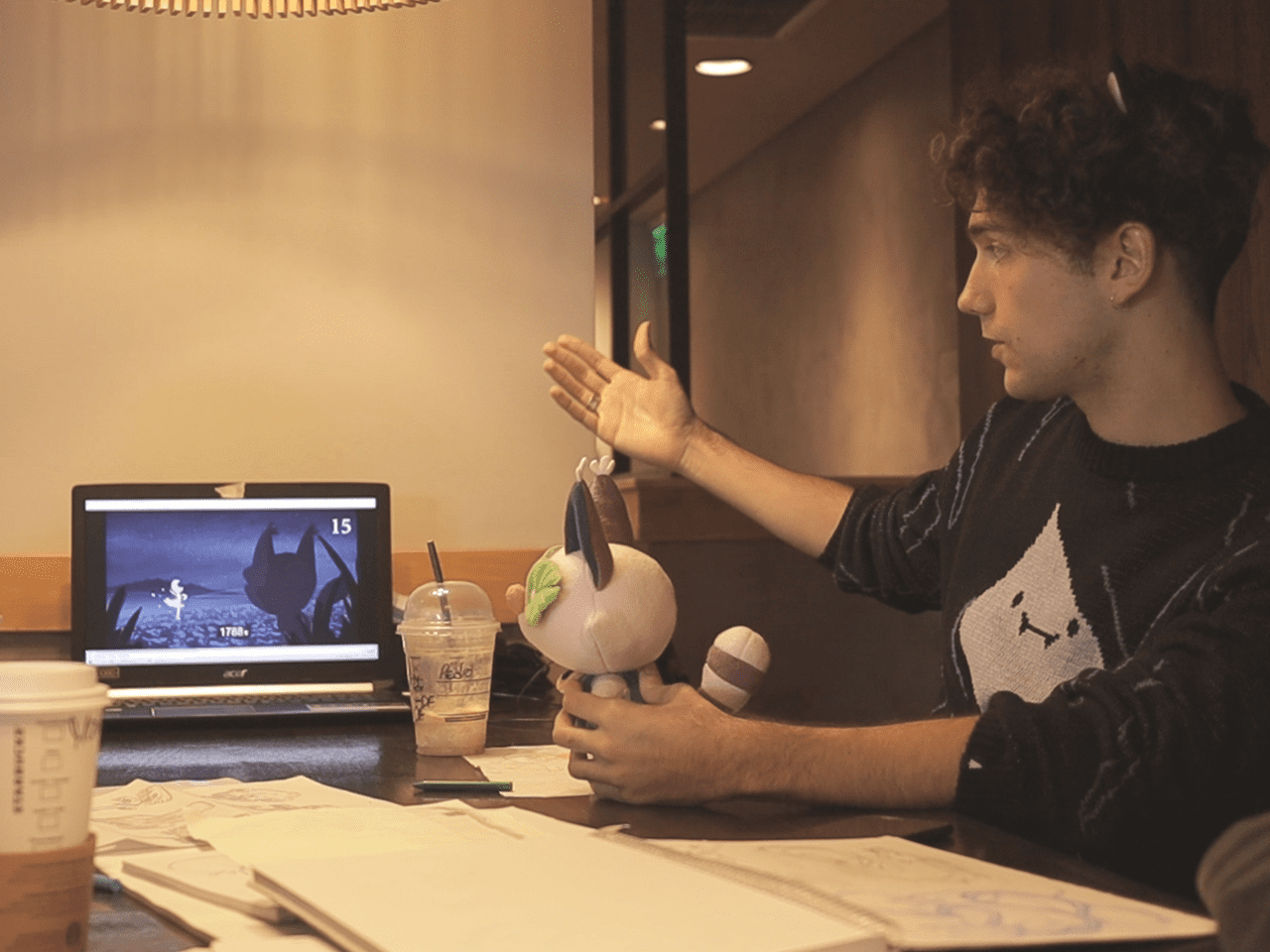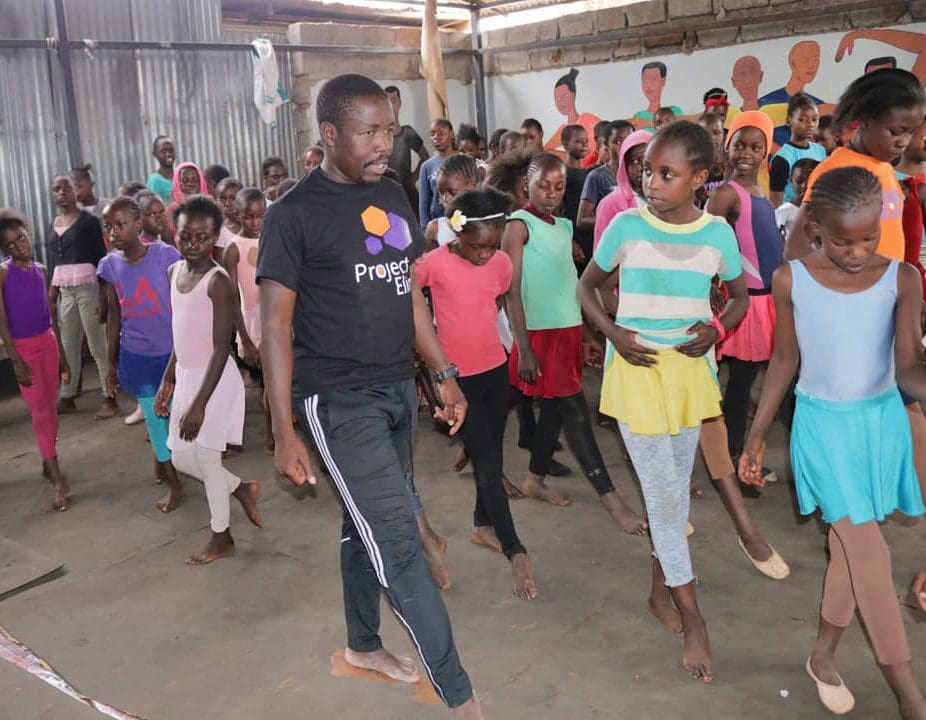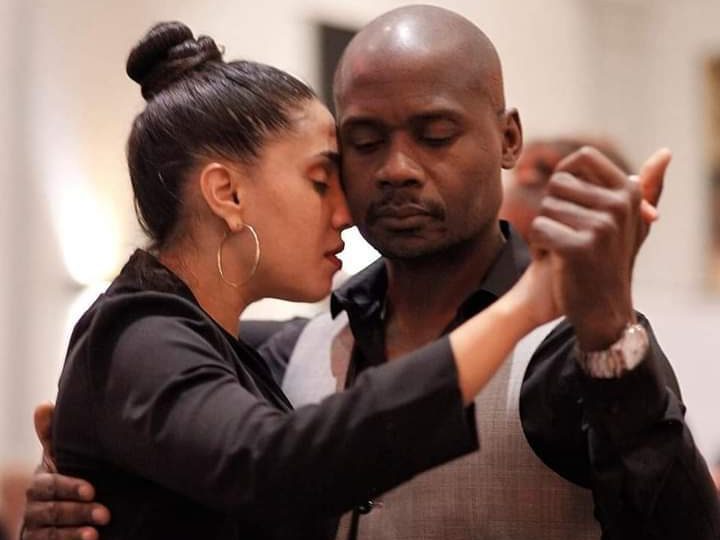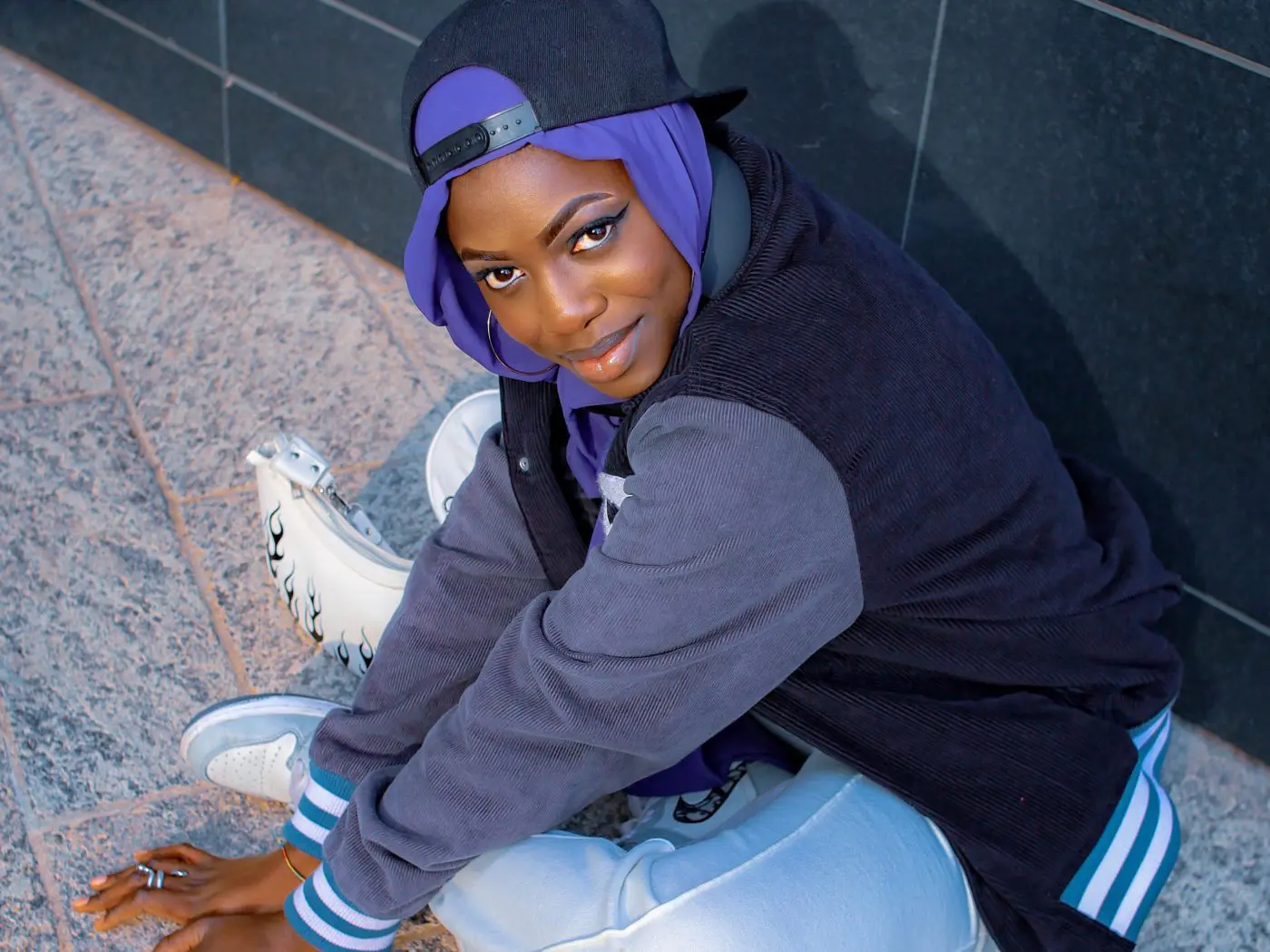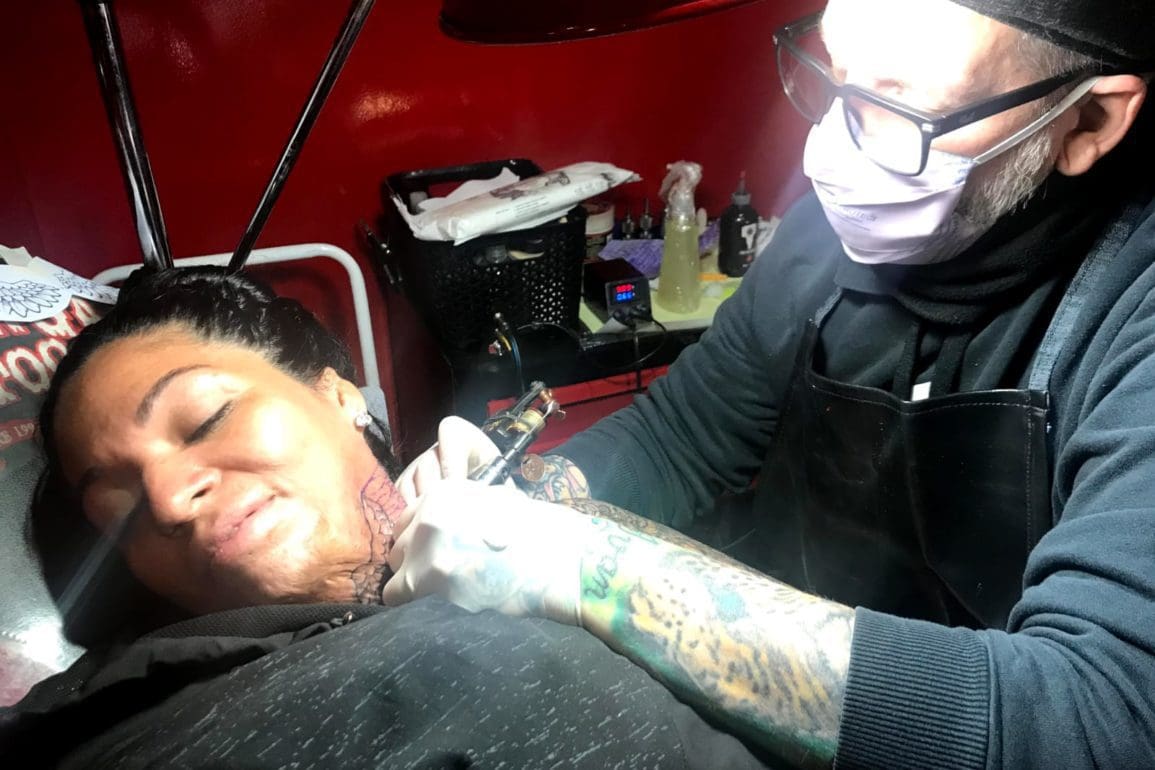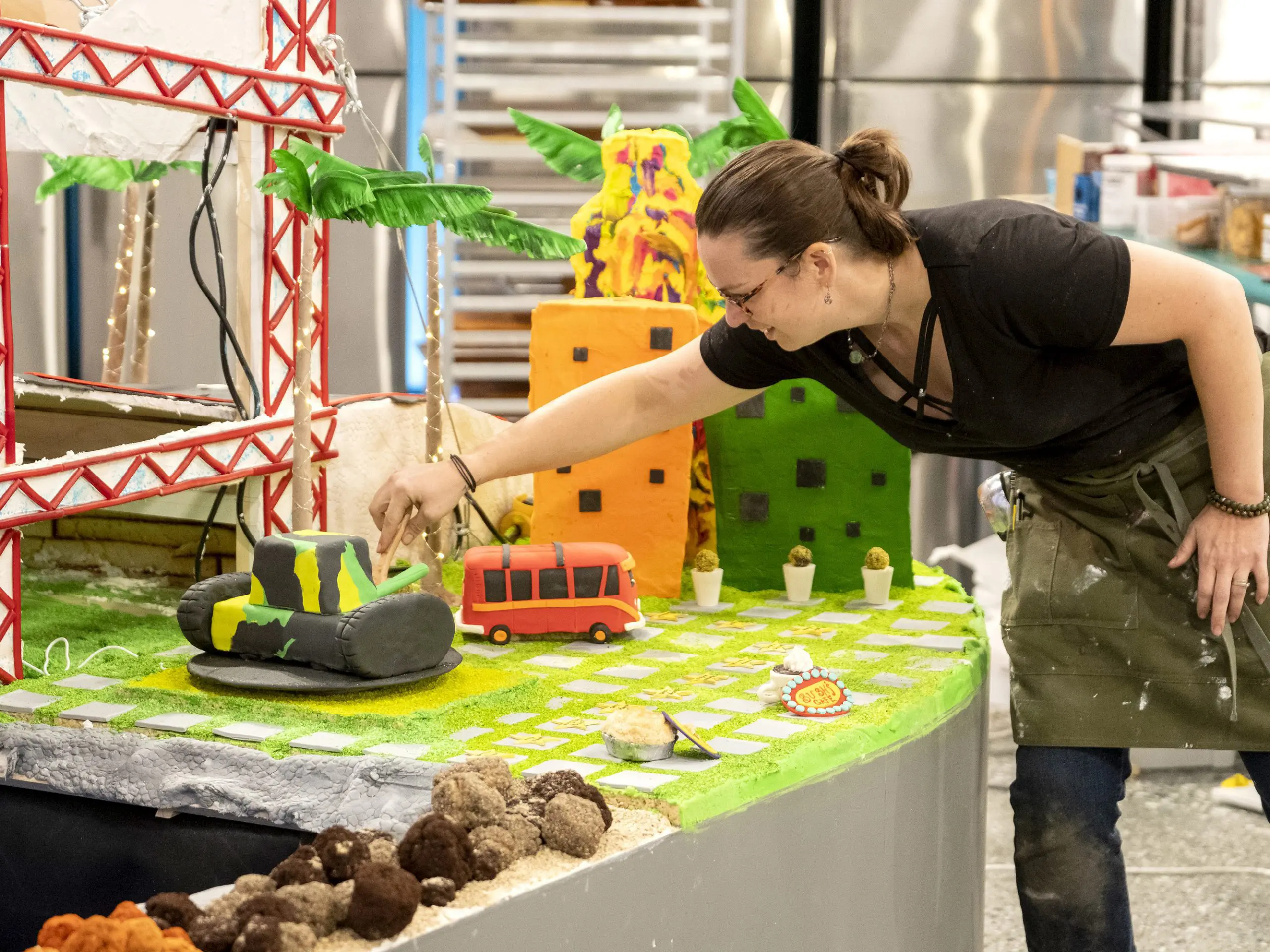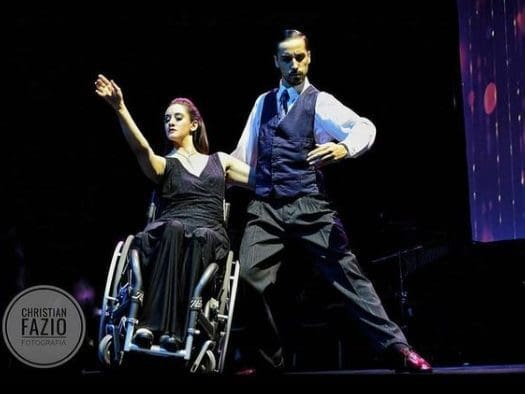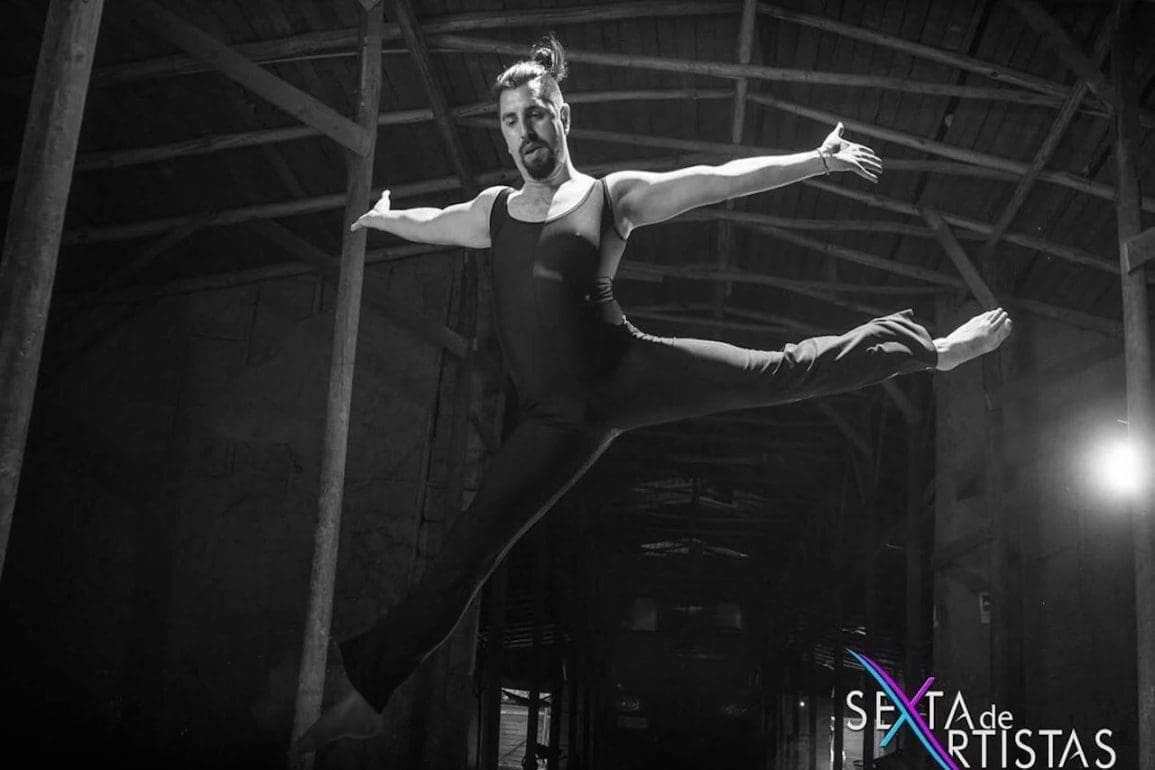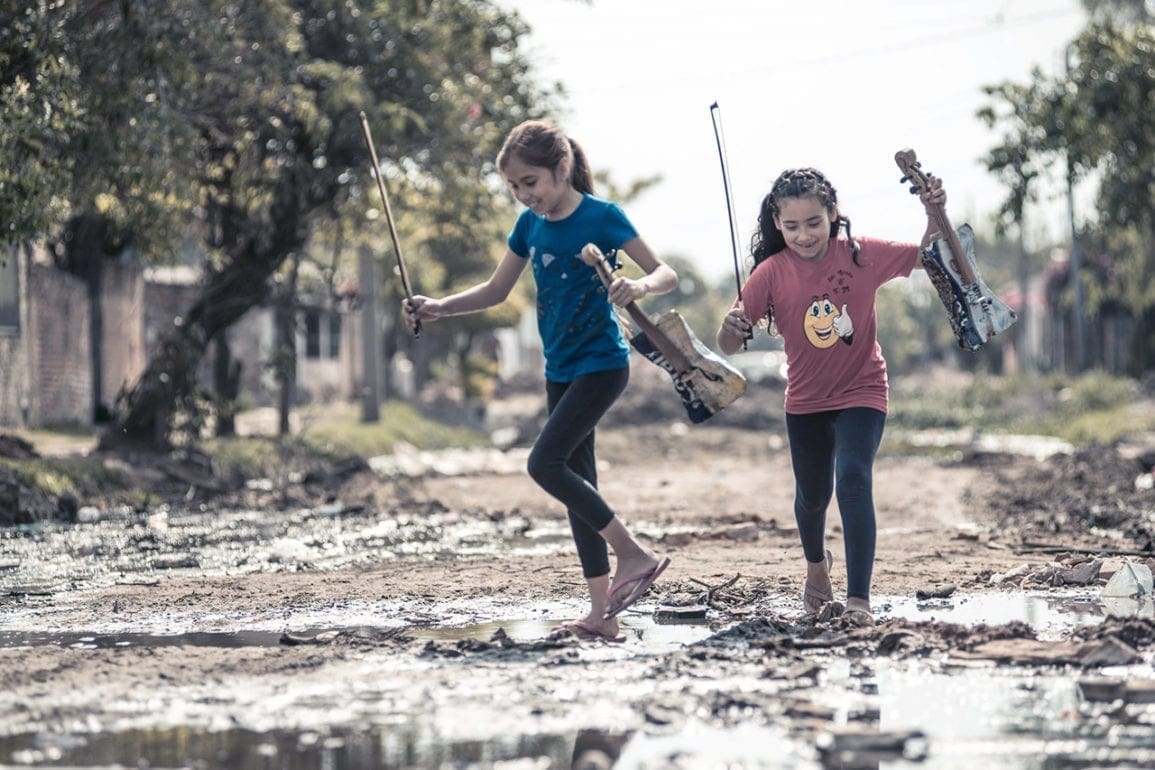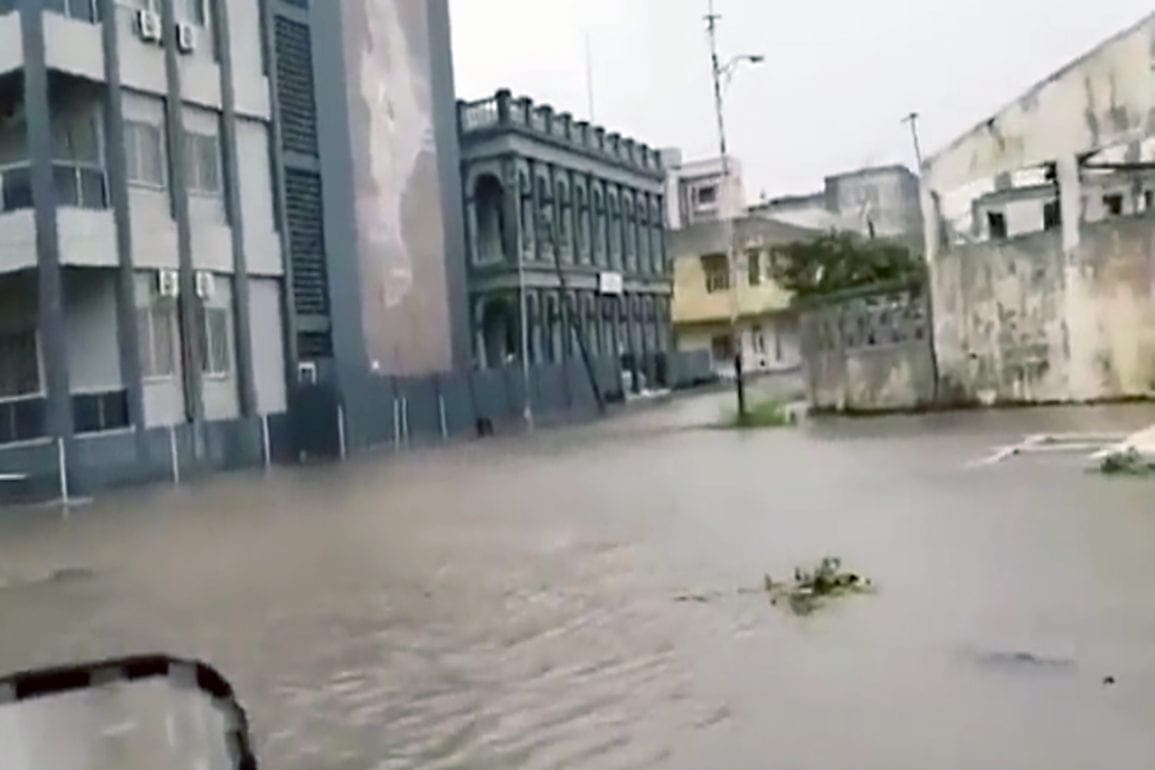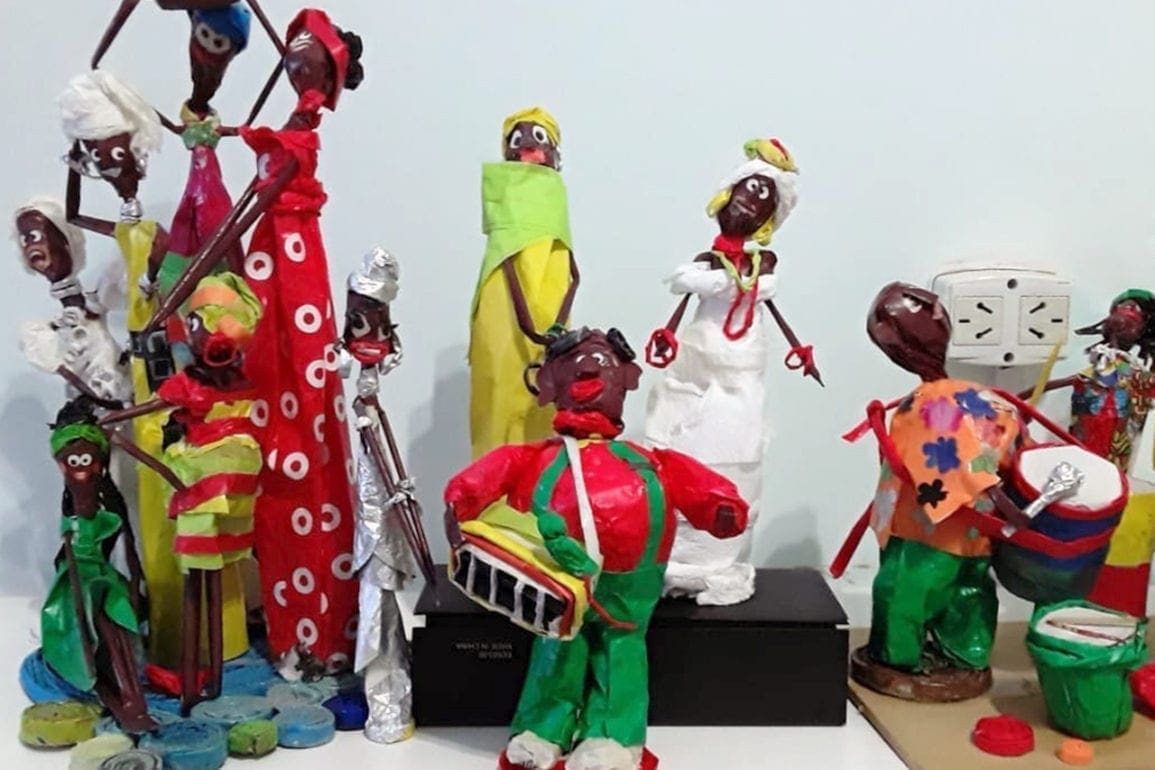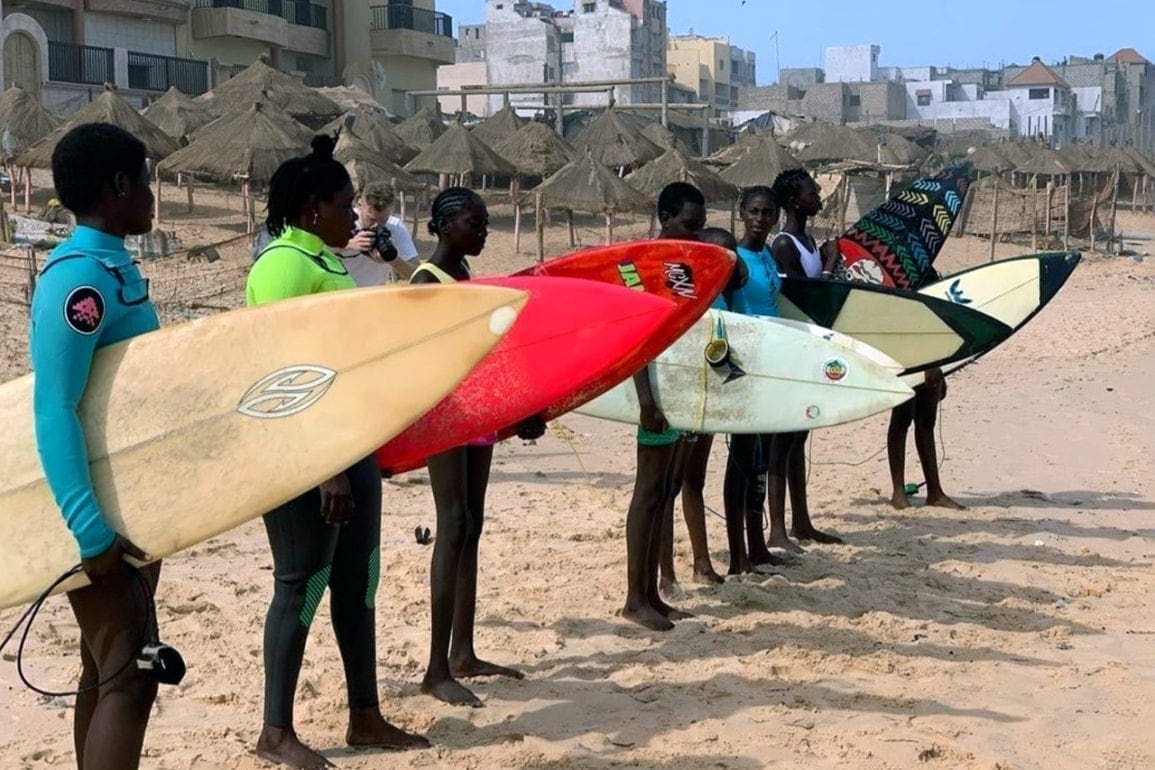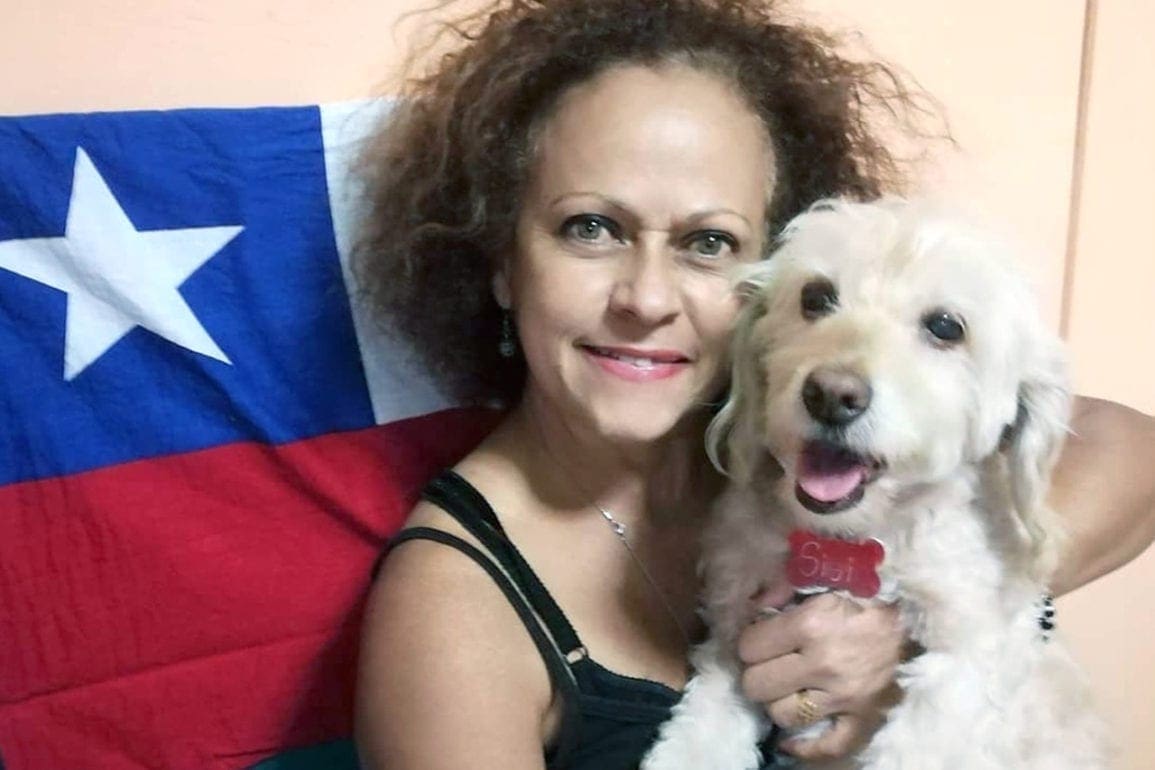Braving the frigid air in Antarctica, painter draws inspiration for global exhibit, highlights impact of climate change
Stepping out onto land in Antarctica, I marveled at the grayscale panorama. It looked like a blend of light sky and dark sea that inspired my first piece of art.
- 2 years ago
November 28, 2023
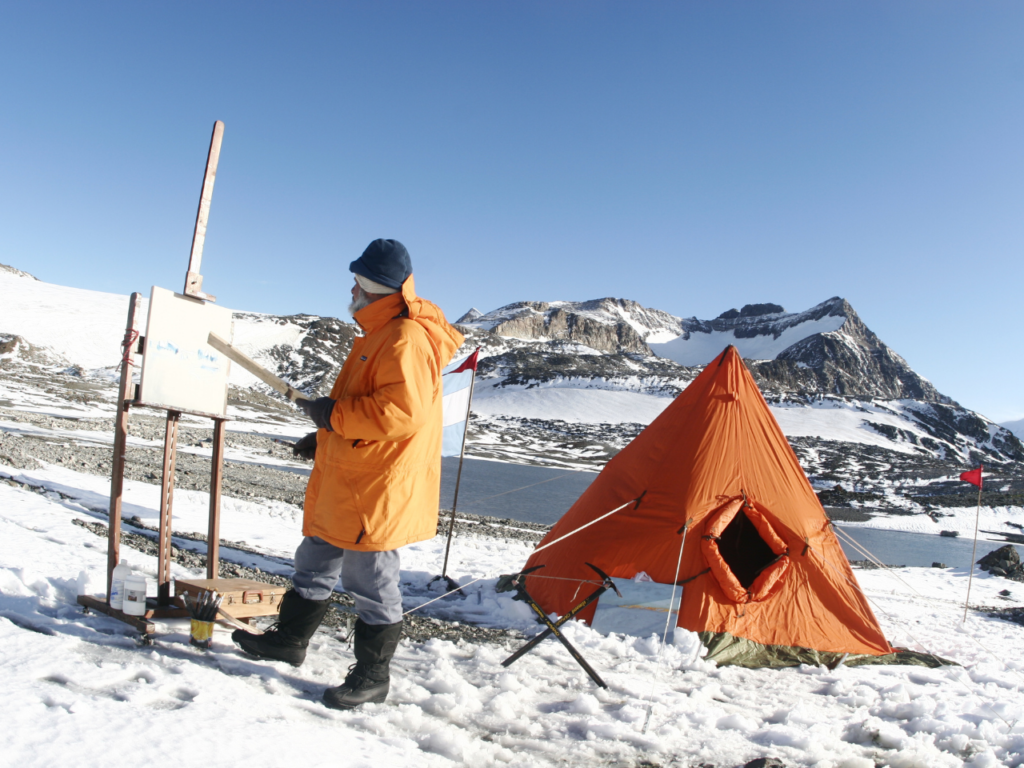
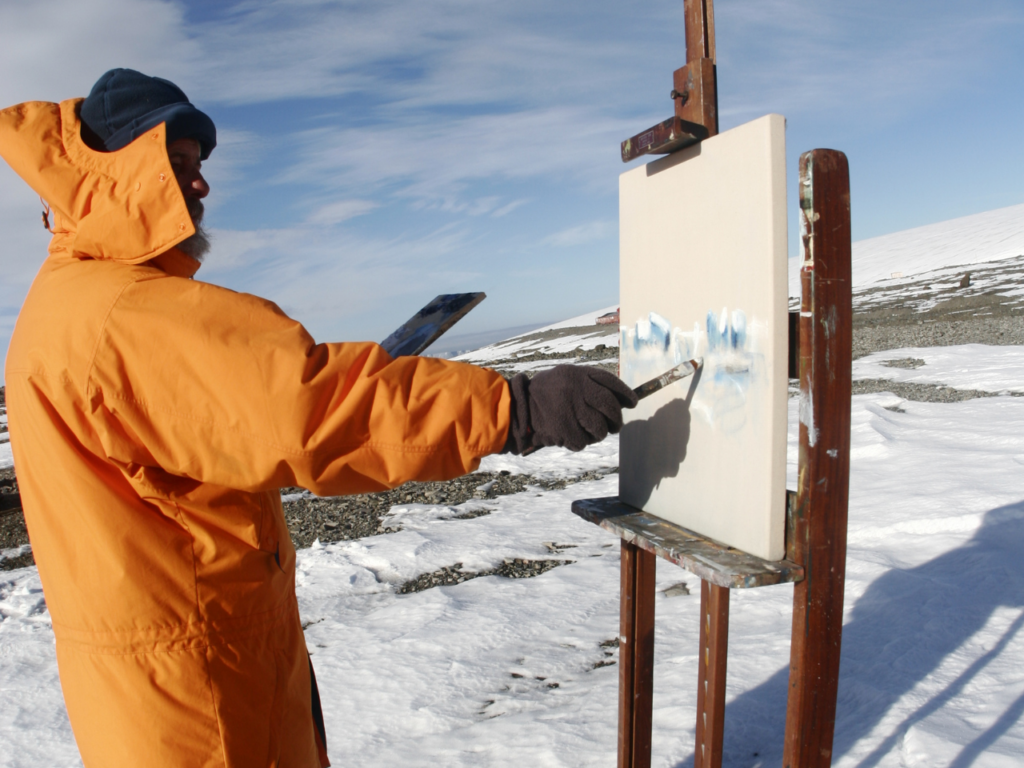
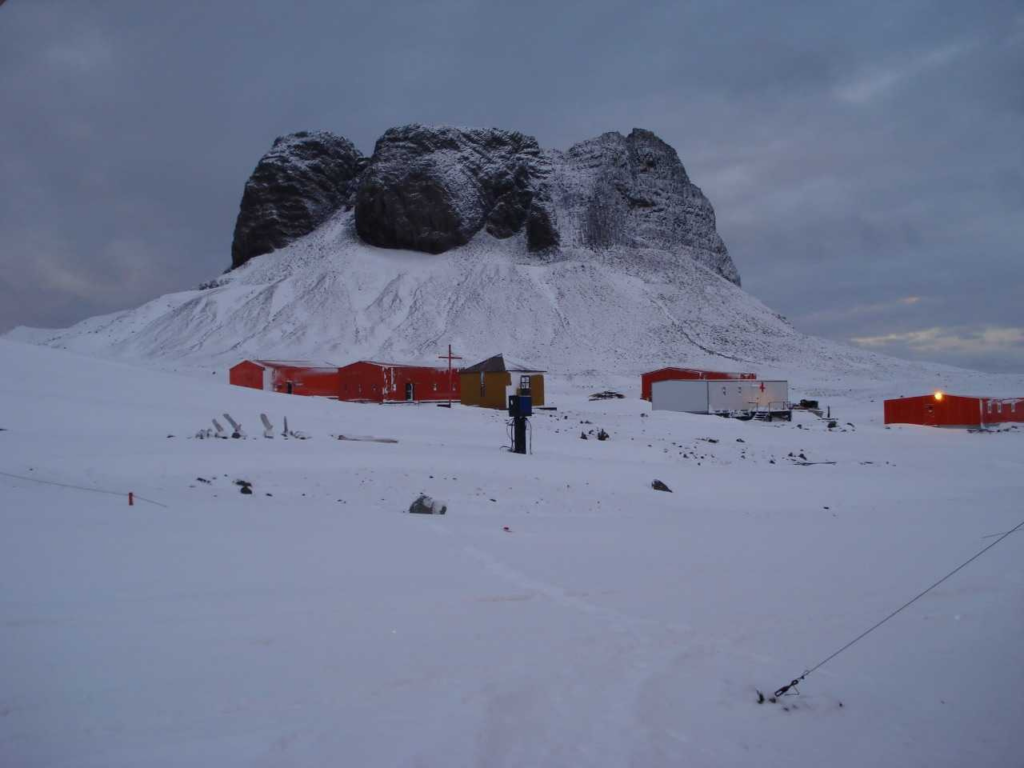
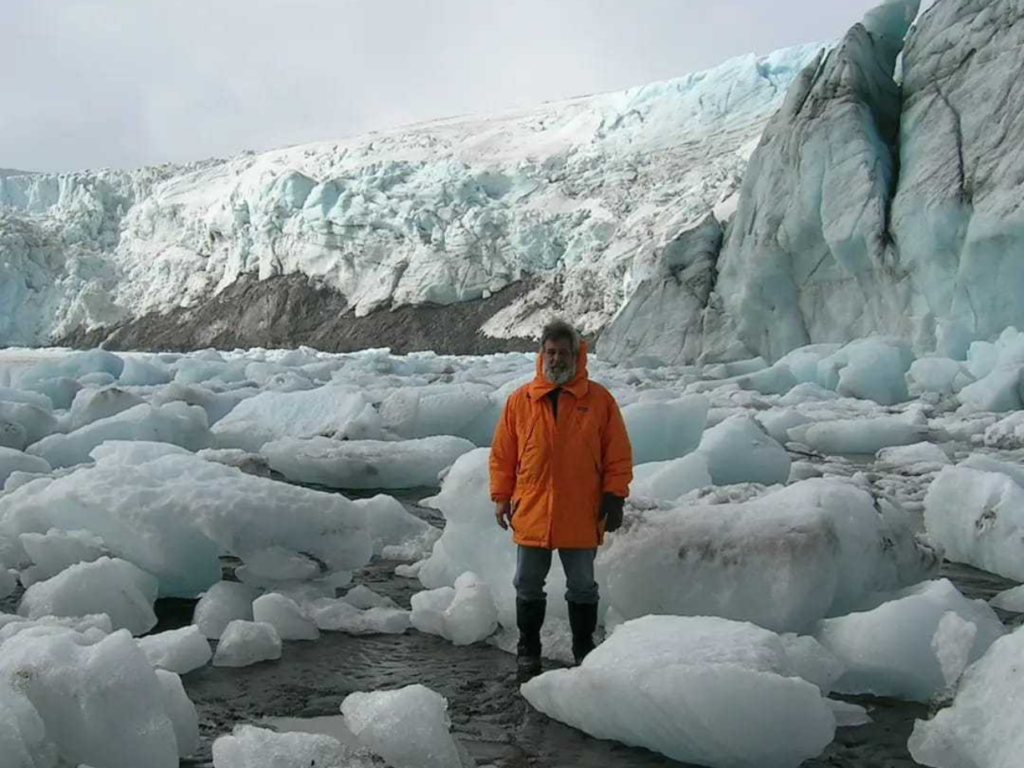
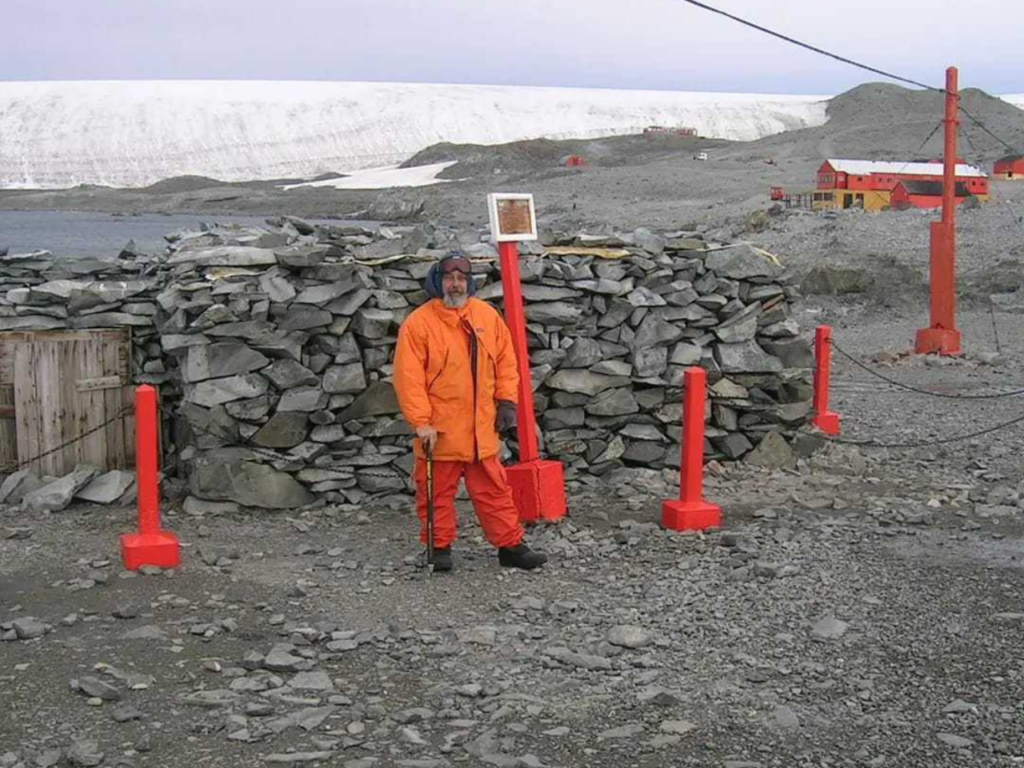
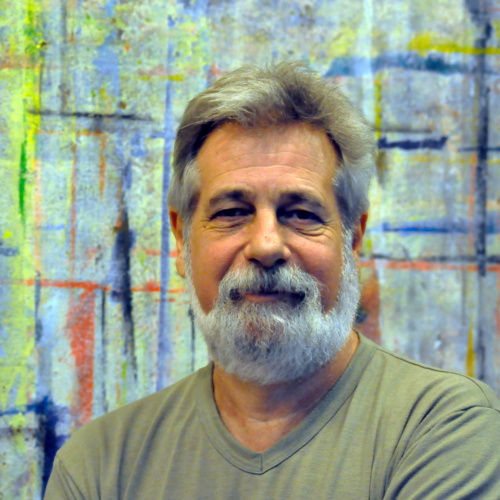
SOFIA, Bulgaria ꟷ Eighteen years ago, I received an invitation to join the Argentine Antarctic Cultural Project, a remarkable event commemorating the 100th anniversary of Argentina’s presence in Antarctica. Managed by the powerhouse behind Argentina’s Antarctic missions, The National Antarctic Directorate (DNA), I embarked on a 40-day odyssey across the region. Immersing myself in the pristine white expanse and the breathtaking visual landscape, an unparalleled creativity ignited within me. Antarctica quickly became the nucleus of my artistic pursuits, culminating in my art collection and book Al Sur del Sur, mi Antártida.
This year I unveiled a retrospective exhibition at St. Kliment Ohridski at Sofia University. The collection encapsulated the depth of my remarkable journey through Antarctica and celebrated the 30-year scientific alliance between Argentina and Bulgaria.
Read more arts & culture stories at Orato World Media
Committing to an expedition in Antarctica: simple tasks required complex routines
I approached my trip to Antarctica with an open mind, eagerly anticipating surprises along the way. Those surprises began immediately. When I arrived on the dock to board our ship, the sight of the ARA Almirante Irízar icebreaker stunned me. [An icebreaker is a ship or boat designed to navigate through ice-covered waters and create safe waterways for other boats and ships.] It resembled a bustling city on ice.
After several days of travel on the ship, at 5:00 a.m., we arrived at the Esperanza base where we would take refuge for the following weeks. Stepping out onto land in Antarctica, I marveled at the grayscale panorama. It looked like a blend of light sky and dark sea that inspired my first piece of art.
Settling into the base, the lack of accommodation surprised me. Between another group and ours, the base offered too few beds so we took over the gym and spread out our sleeping bags. I sought solace in a heated area but the warmth soon dissipated. Despite bundling up and wearing a hat, the freezing temperatures penetrated everything. I had to learn to adapt to this shift in climate.
I soon discovered that simple tasks like using the bathroom demanded complex routines. At night, I would emerge from my sleeping bag, dress in my warm clothes, trek to the school’s bathroom, return, undress, and resettle into bed.
I faced fear and risk but the landscape informed my art as I captured stunning moments
Exploring Antarctica presented clear risks. I made sure only to venture out in groups and never lose sight of the base. Nevertheless, every landscape before me delivered a thrill. Antarctica’s sheer beauty exceeded all my expectations.
Sometimes, the glaciologists gathering samples invited me to join their expeditions. Scaling the glacier’s foothills, we donned spiked crampons to traverse the icy terrain. Walking alongside the group leader, I learned the importance of proceeding in a single line to prevent potential accidents. The level of danger during these trips dawned on me, but it felt like the beginning of an adventure.
Dangerous situations loomed, like a rubber boat failing in the middle of the sea, and I felt a growing fear. Despite my distress, I felt a driving force to keep going. Antarctica’s barren landscapes, snow-capped mountains, and coastal moss delighted me. I absorbed all the information I learned and aimed to capture moments like the feeling of the biting cold and observing wildlife. I embraced the unique lighting and sought to create figurative art – that in which the subject matter is recognizable from the real world.
Soon, I discovered another inspiration: the constant and unexpected rain. In Antarctica, heat transformed snow into rain, revealing the impact of climate change. Witnessing increased moisture which fostered moss growth drove me to mix the color green into my work, symbolizing the changing landscape.
Bringing experiences from Antartica to a wider audience around the world
One day at what we called the seventh point [seven kilometers from base], scientists from the University of La Plata studied minerals, fauna like seals and penguins, and food sources. I began to approach the group as they collected samples from an elephant seal, when suddenly an approaching sea elephant startled us.
This experience inspired me. I wanted to begin to raise awareness about the importance of harmonizing our work with nature, and I did this by interjecting emotional intelligence into my art. Depicting the emotional impact that shifts in climate have on both landscapes and life forms became my primary focus.
Now, nearly two decades later, my works are being recognized for their impact. In a recent visit to Buenos Aires, the Head of Culture from the Bulgarian Antarctic Institute, Gergana Lapteva, unexpectedly invited me present a retrospective exhibition in Bulgaria. The exhibition commemorated a 30-year alliance between Argentina and Bulgaria and would feature a collection of 30 pieces.
We established a gallery connection and finalized the project with a sales agreement, leaving four pieces there on display. The palpable delight of those who attended and the incredible reception to my work felt intensely gratifying. During the visit, the Argentina ambassador in Bulgaria graciously hosted us, sparking a conversation about translating my book Al Sur del Sur, mi Antártida into Bulgarian.
Further discussions with the Argentina embassy in Paris, facilitated by the Foreign Ministry, revealed an eagerness to create an exhibition there next year, and to translate the book into French. As I experience this new joy – rooted in my experiences in Antarctica – I have a new goal: to replicate my expedition, this time at the North Pole, and to unite the two polar extremes into a singular artistic endeavor.
All photos courtesy of Alberto Morales.



